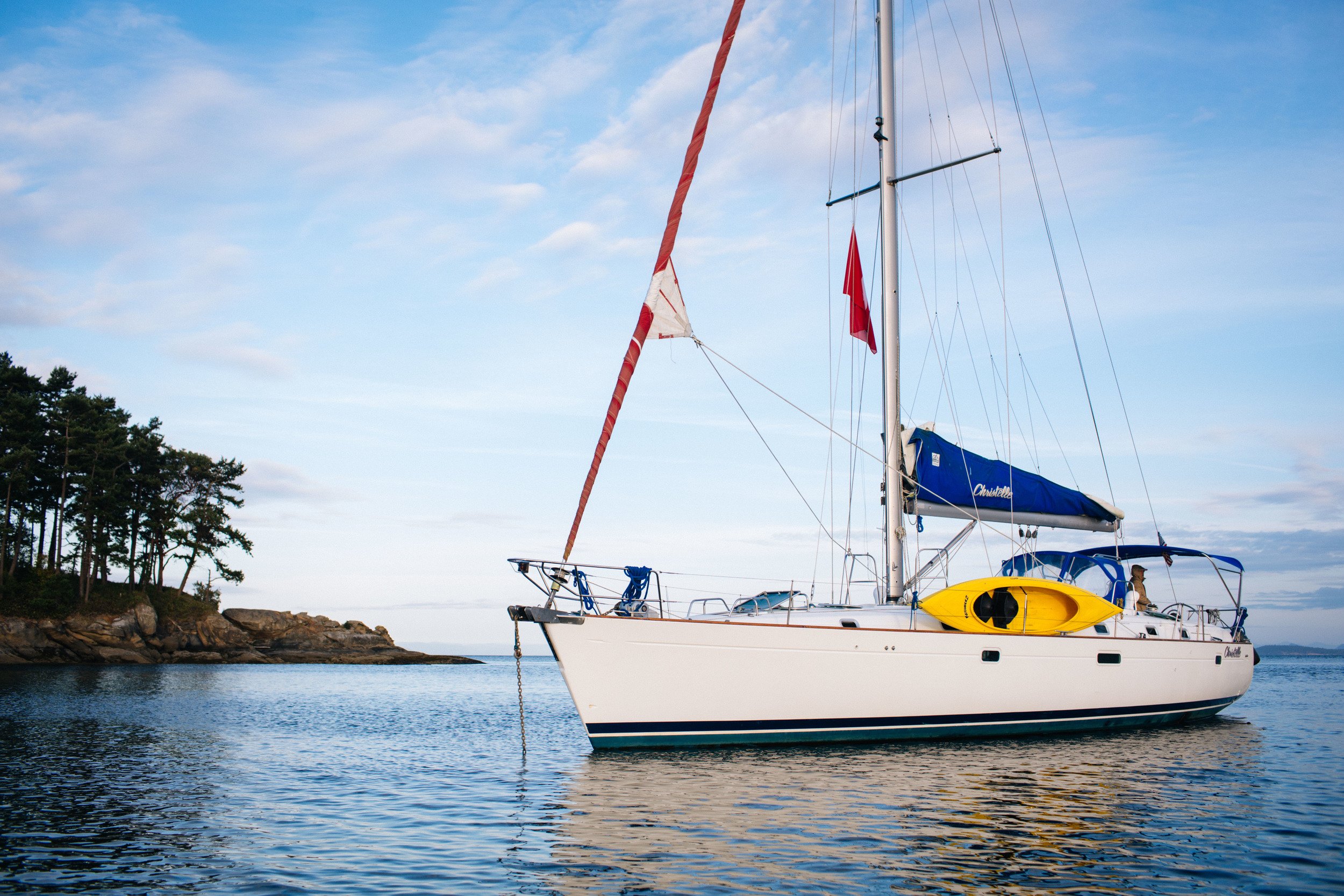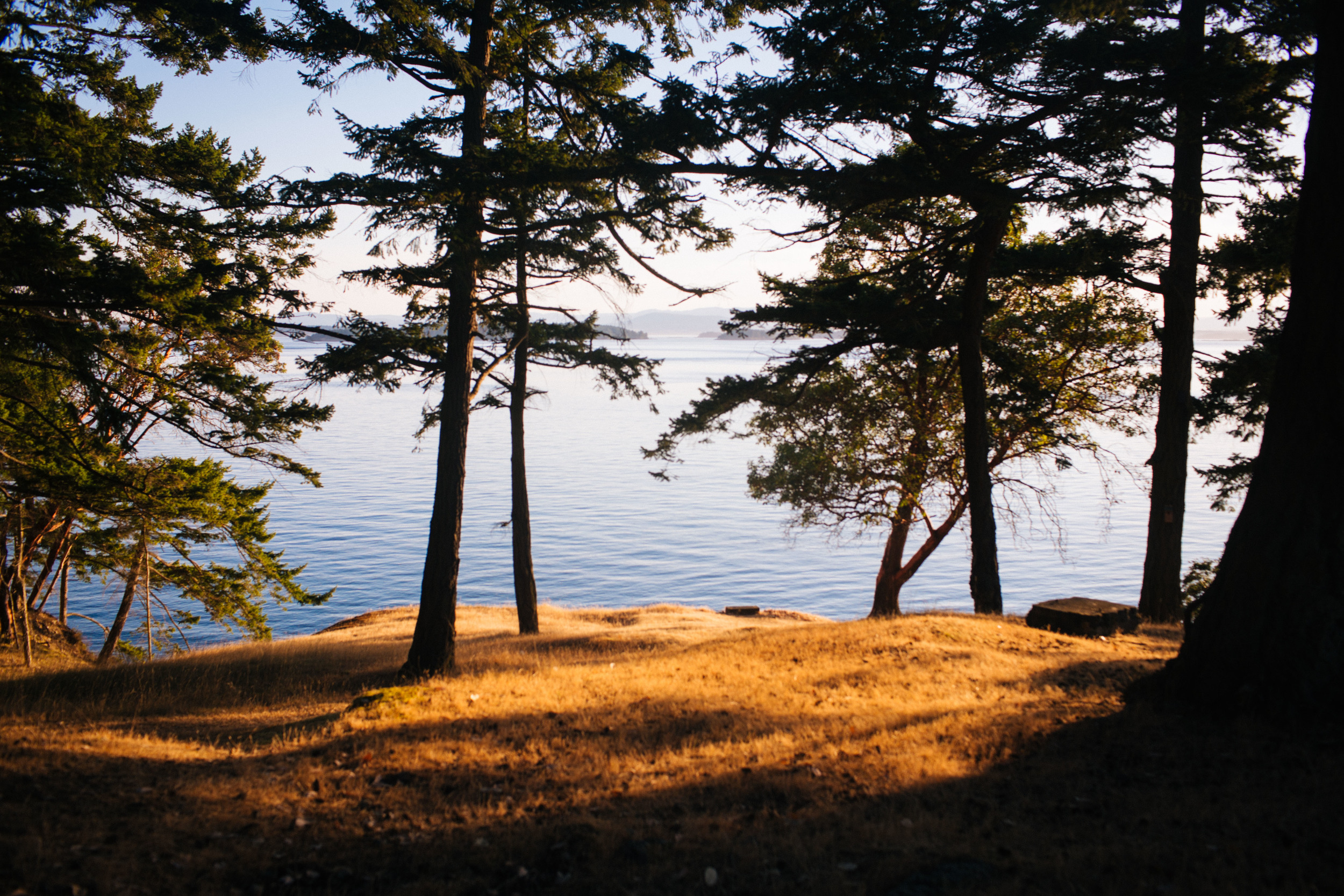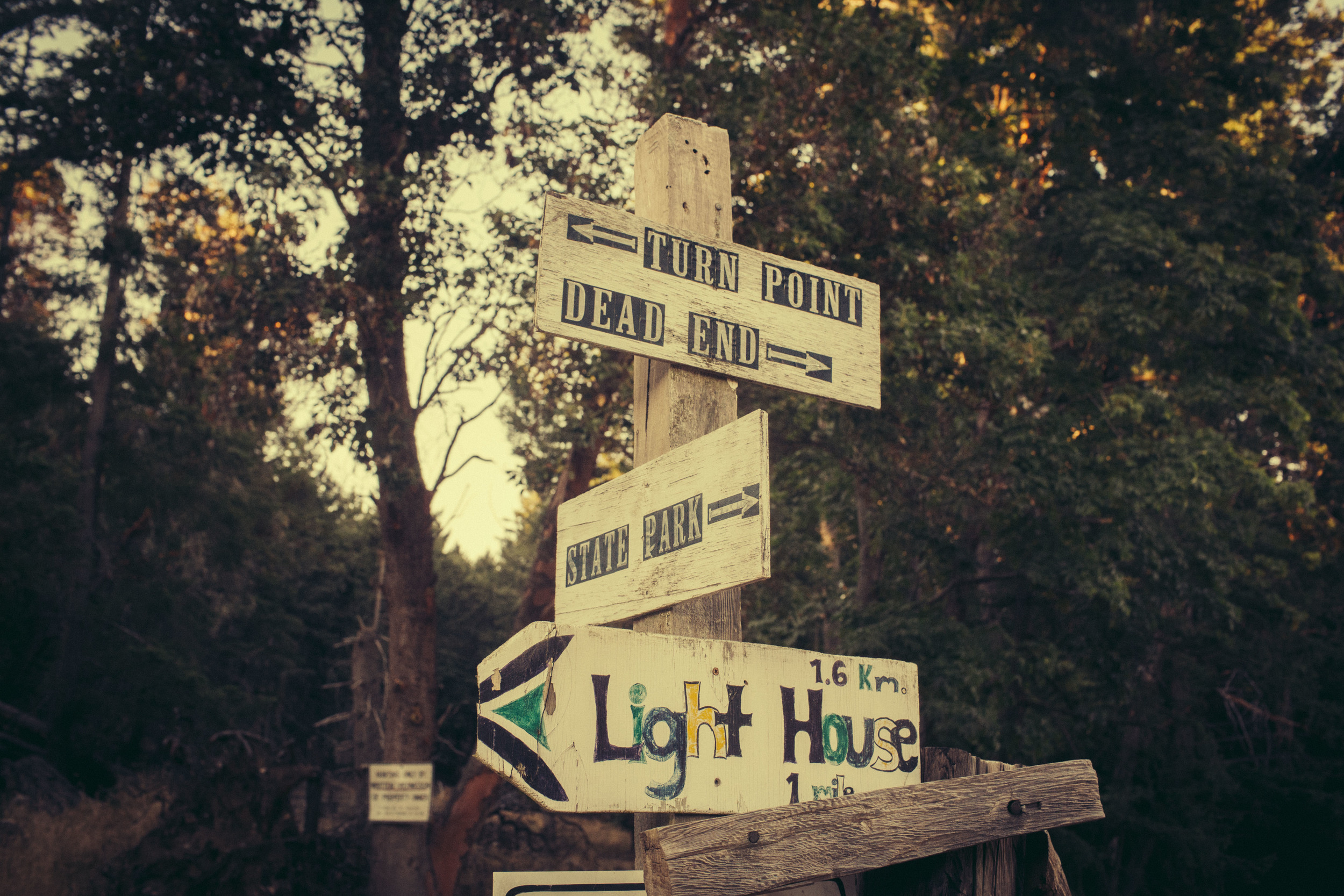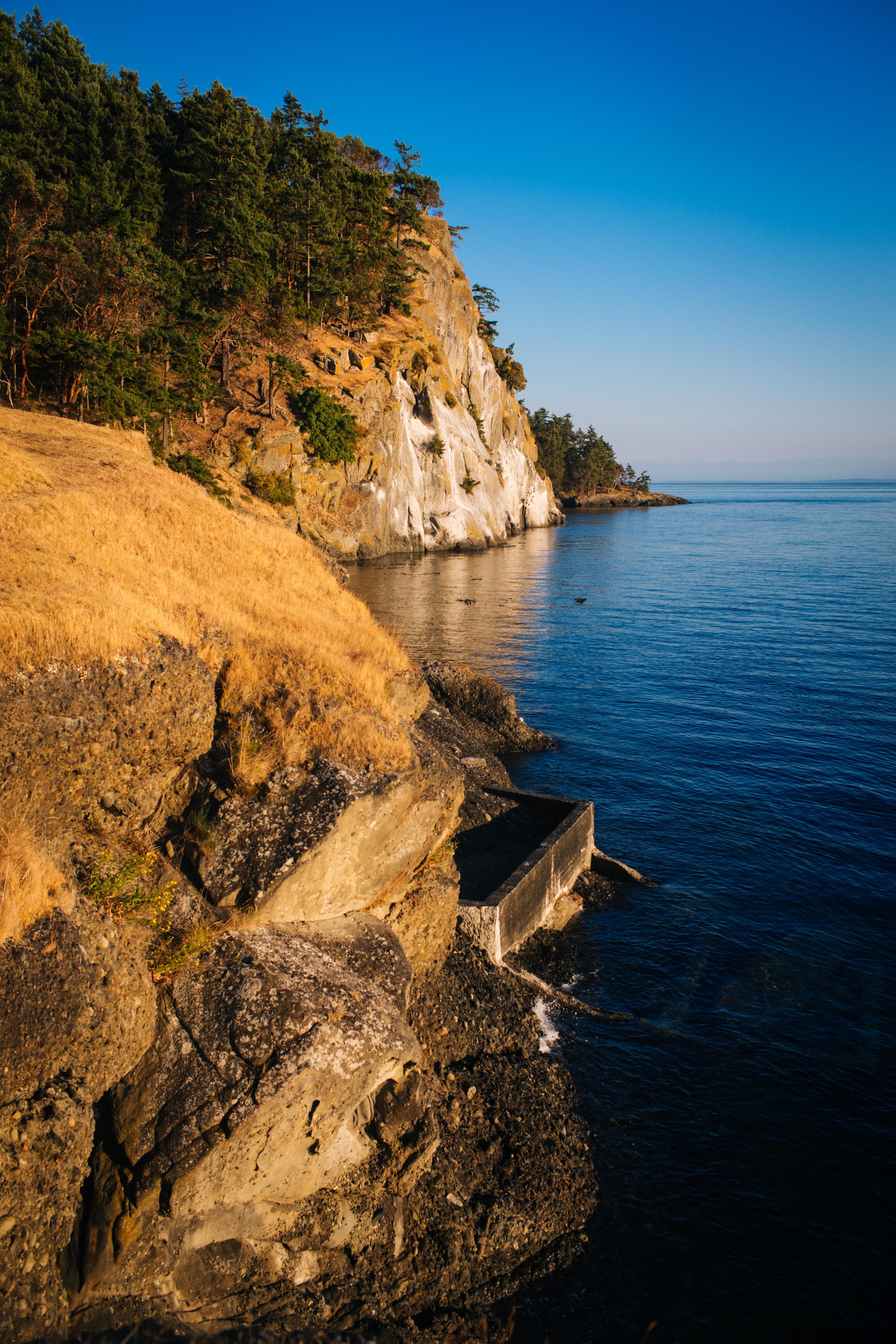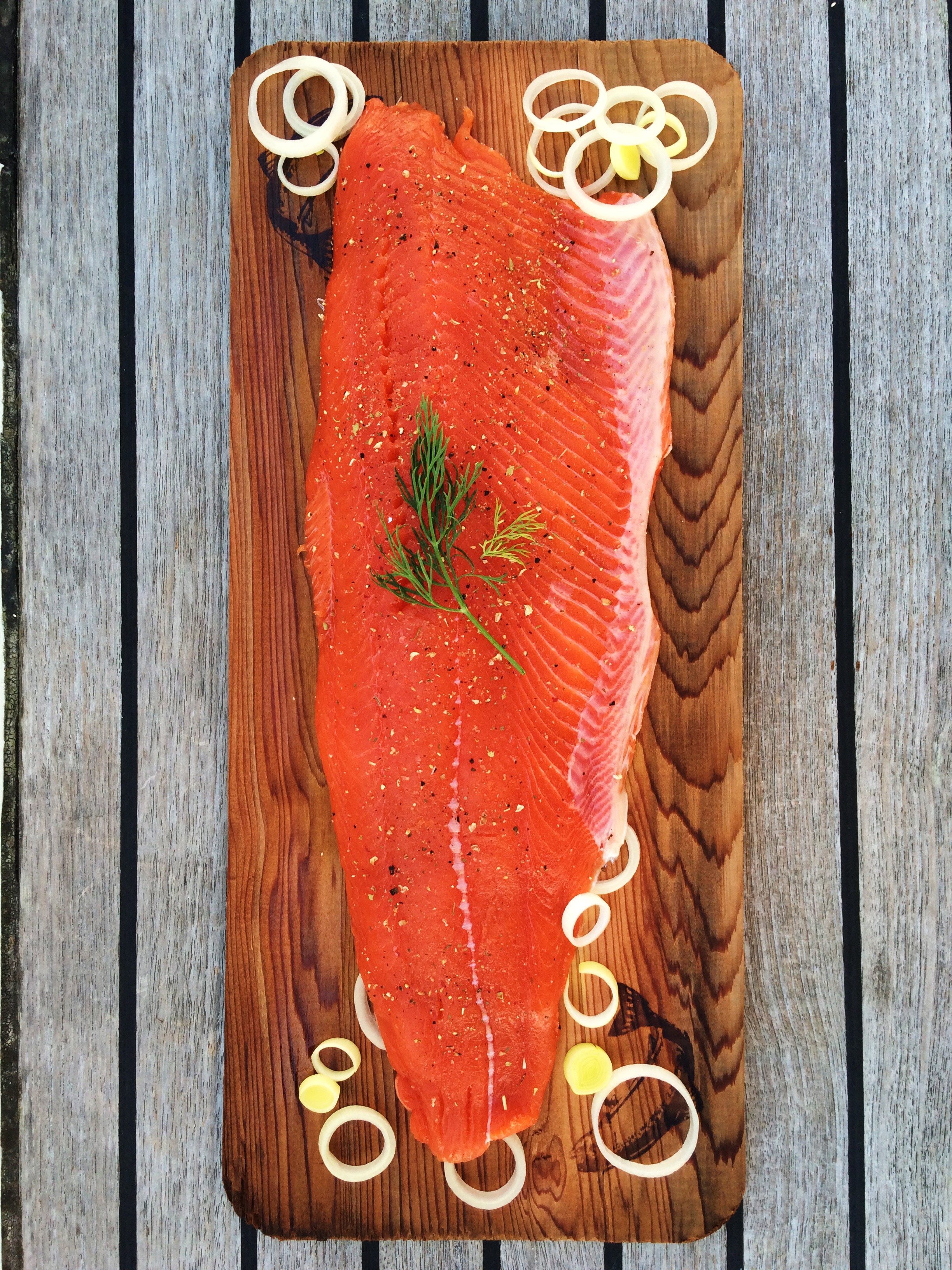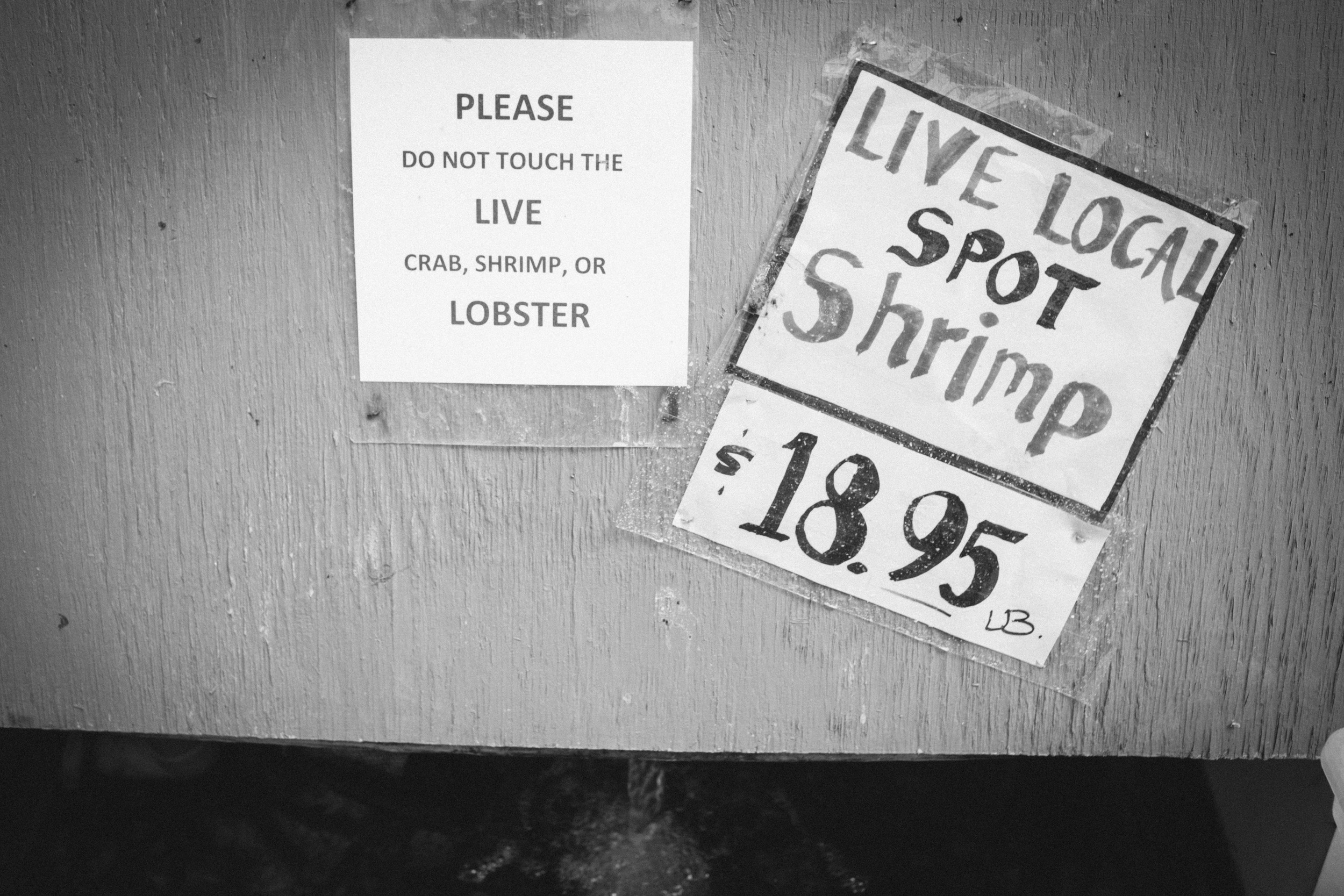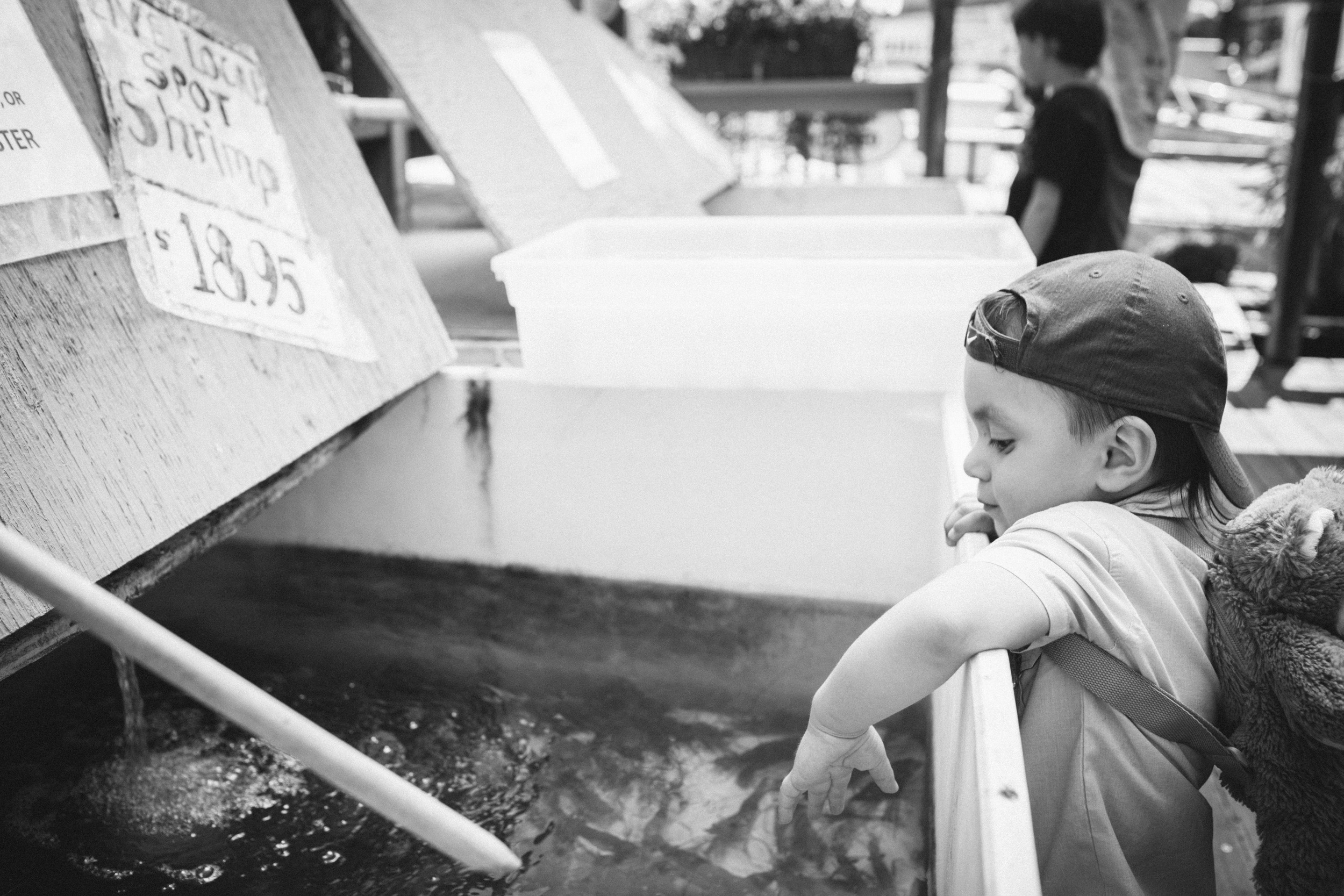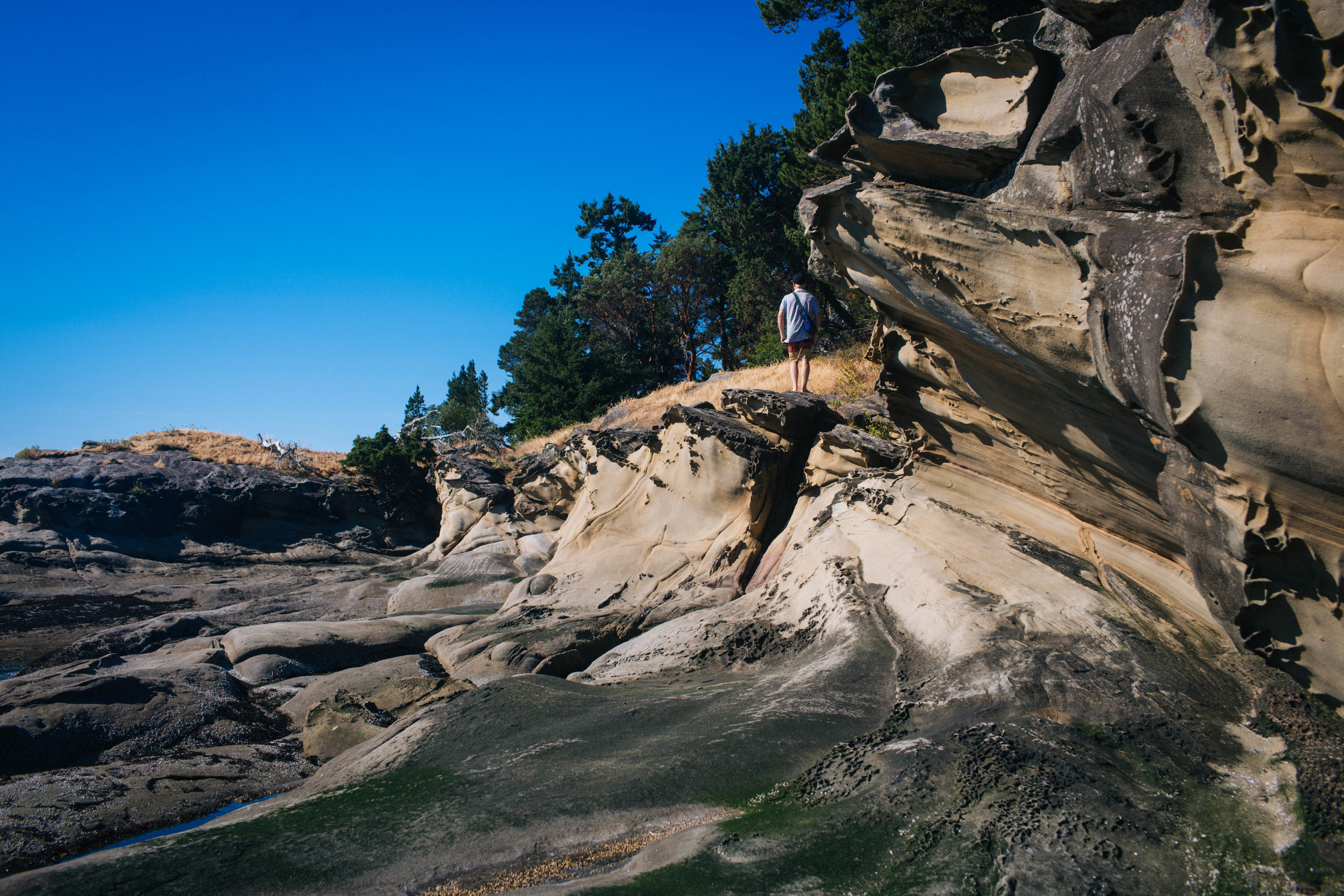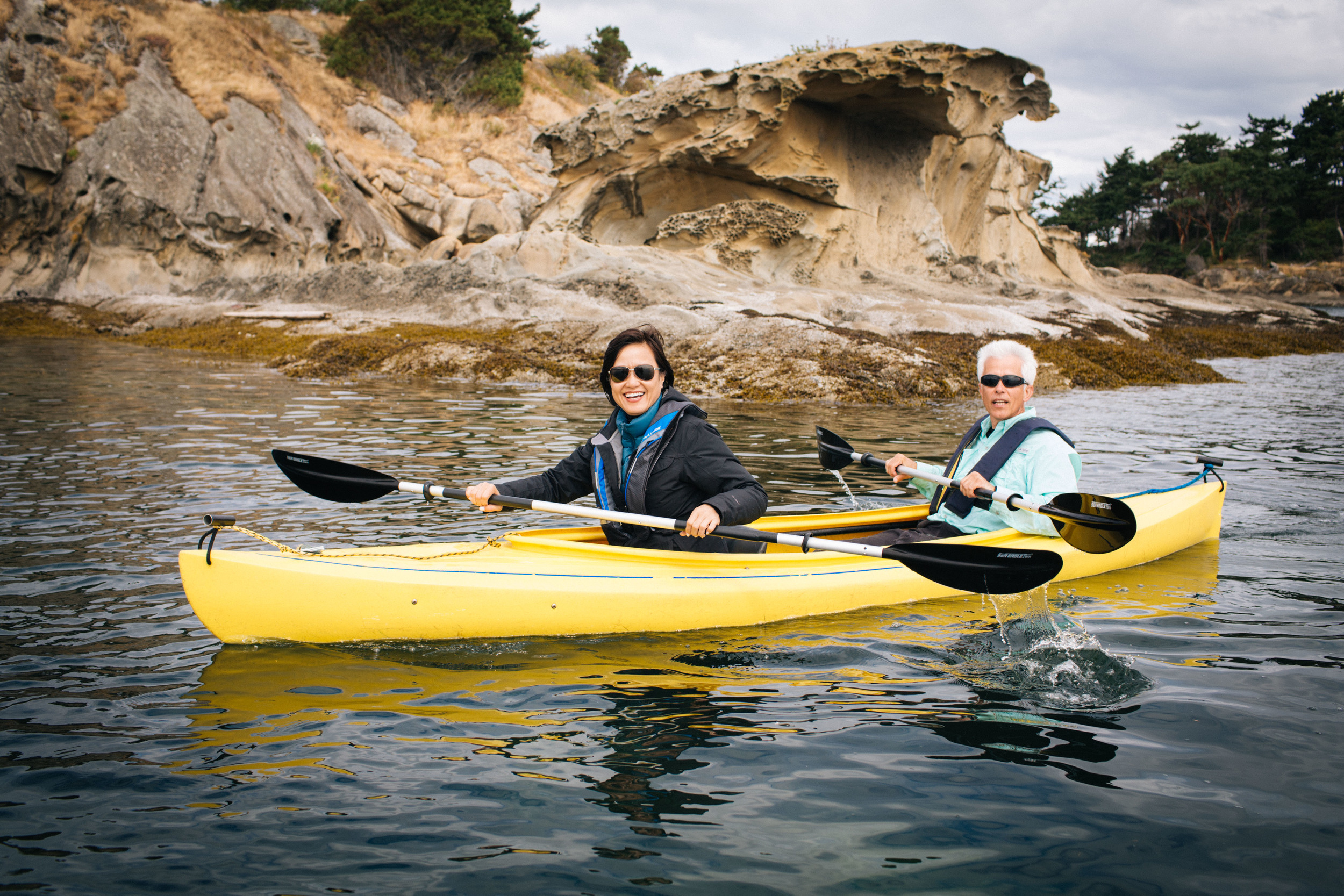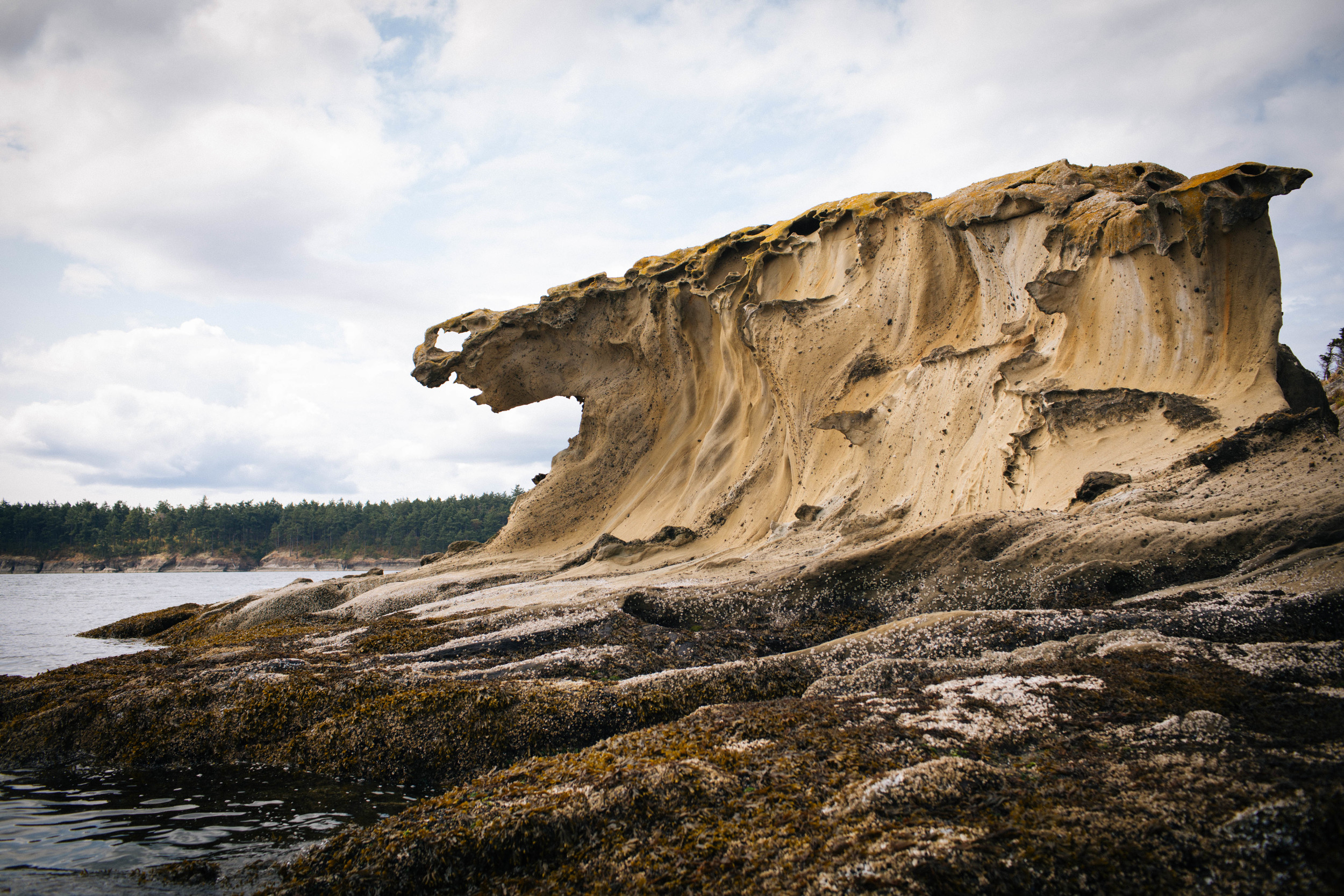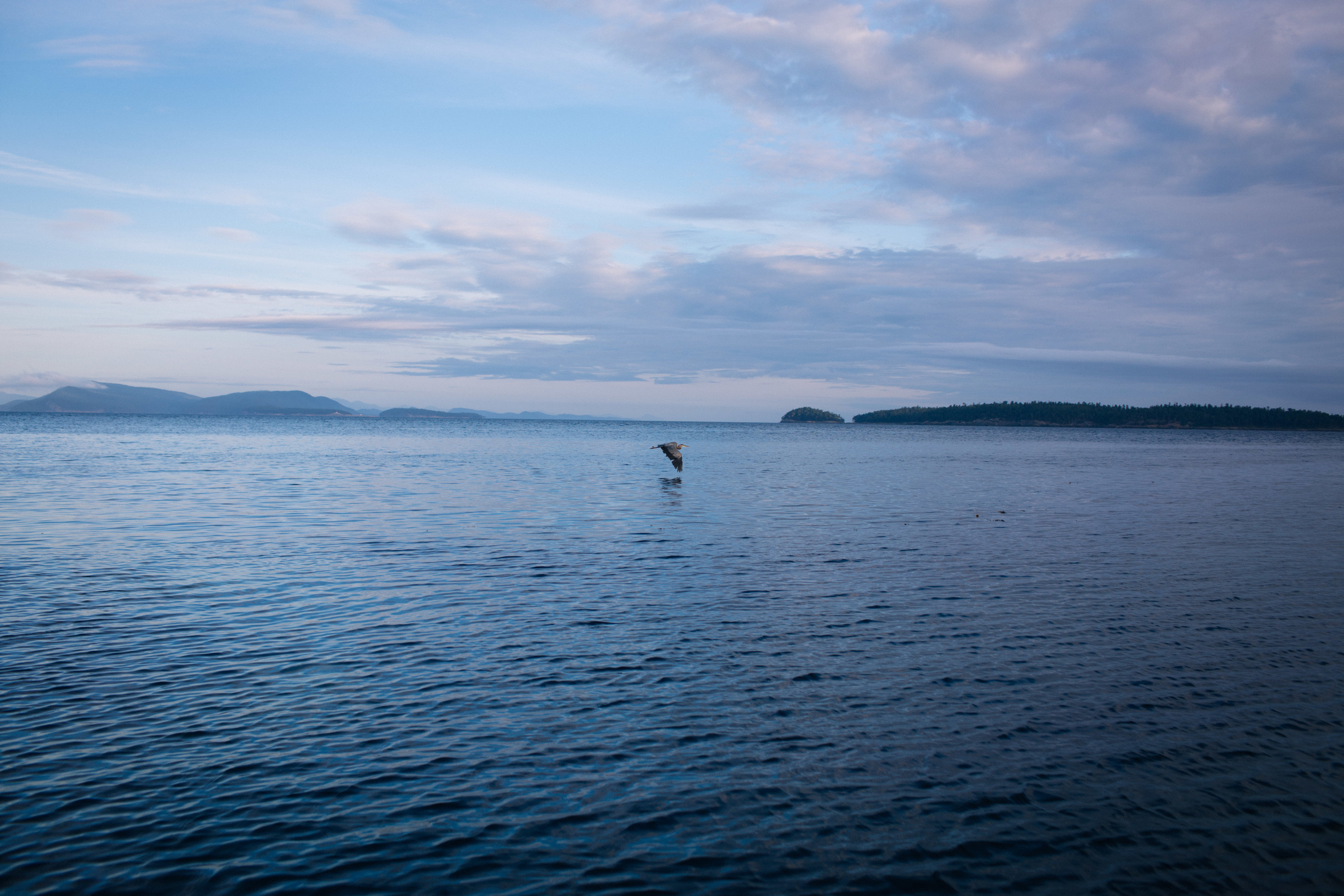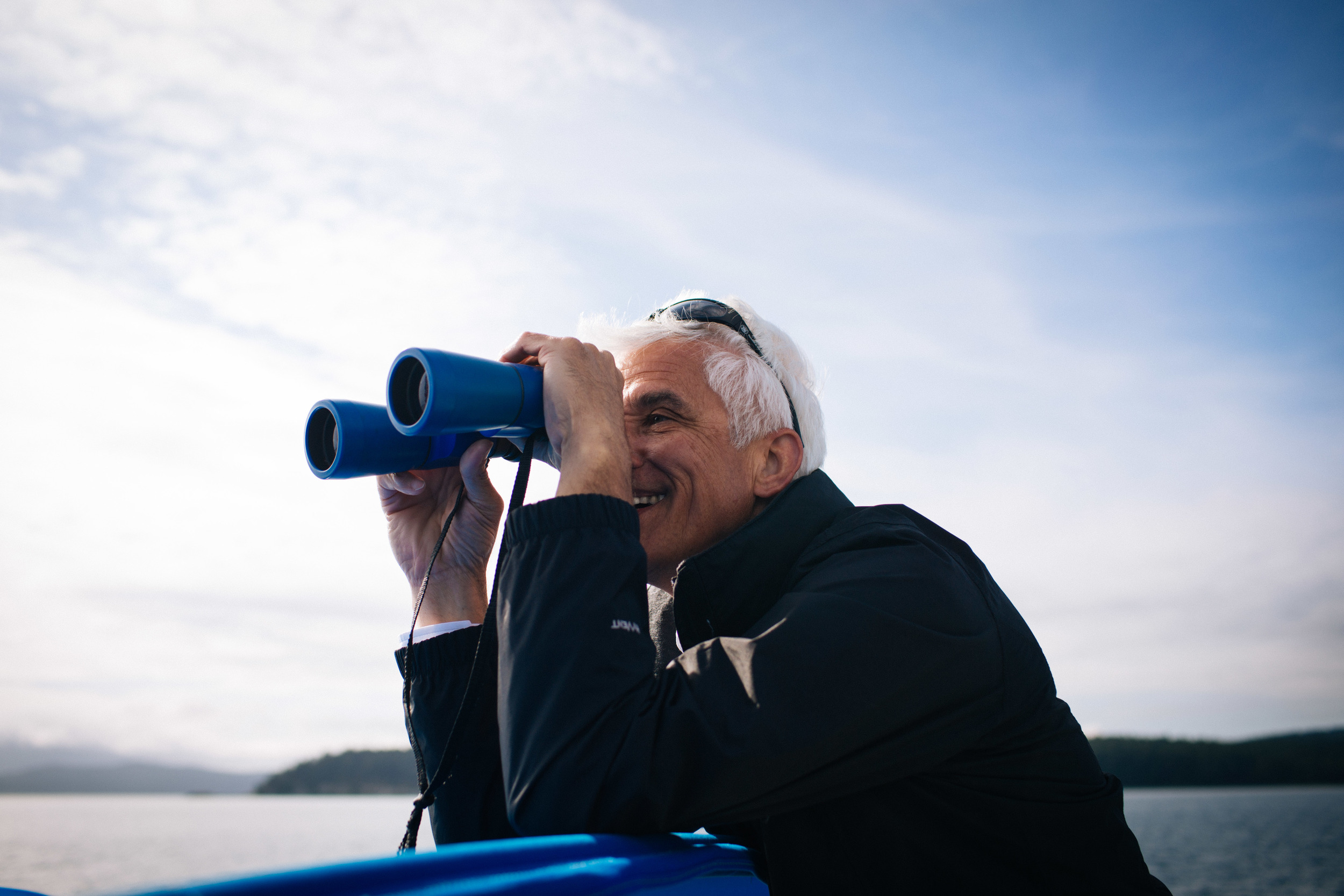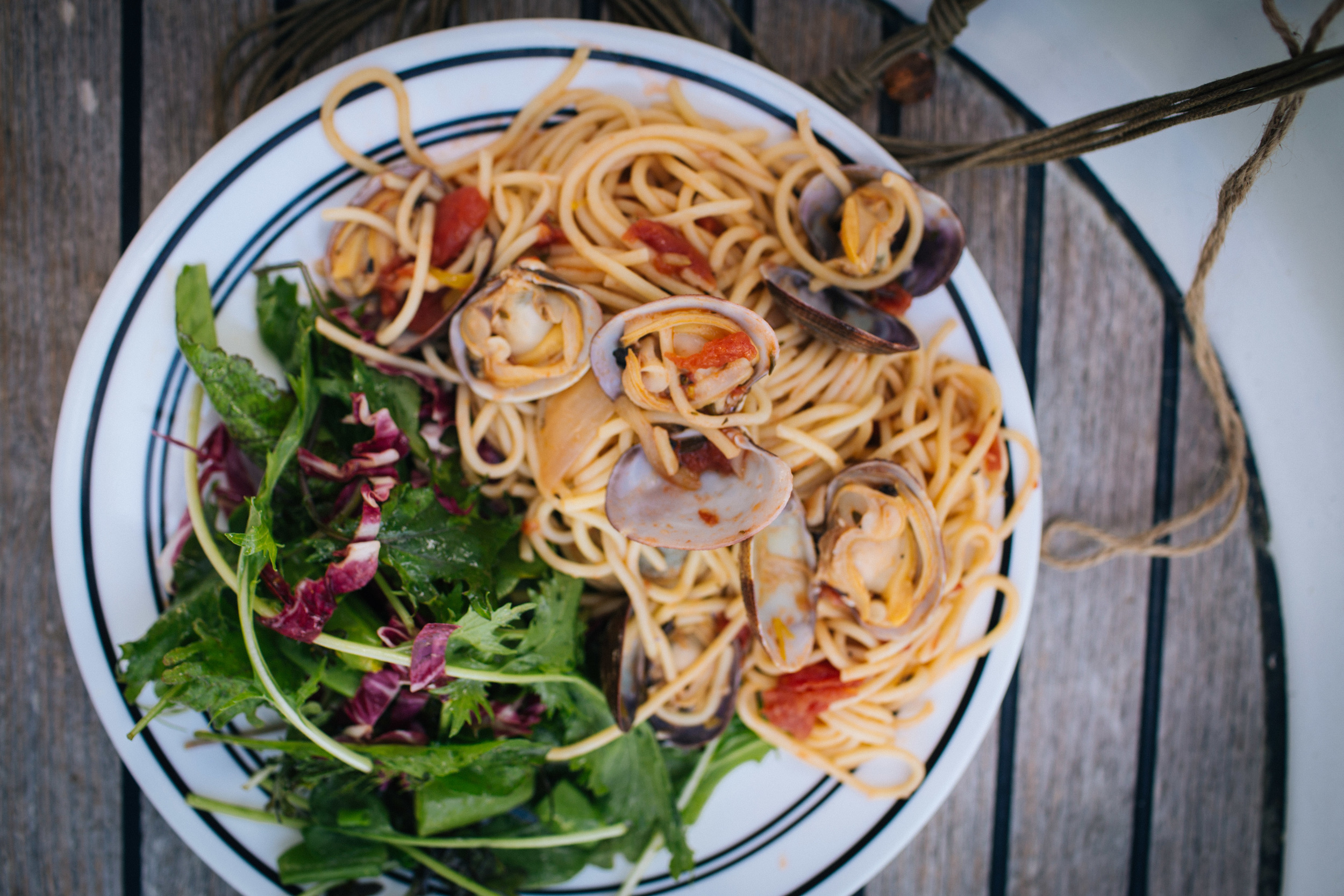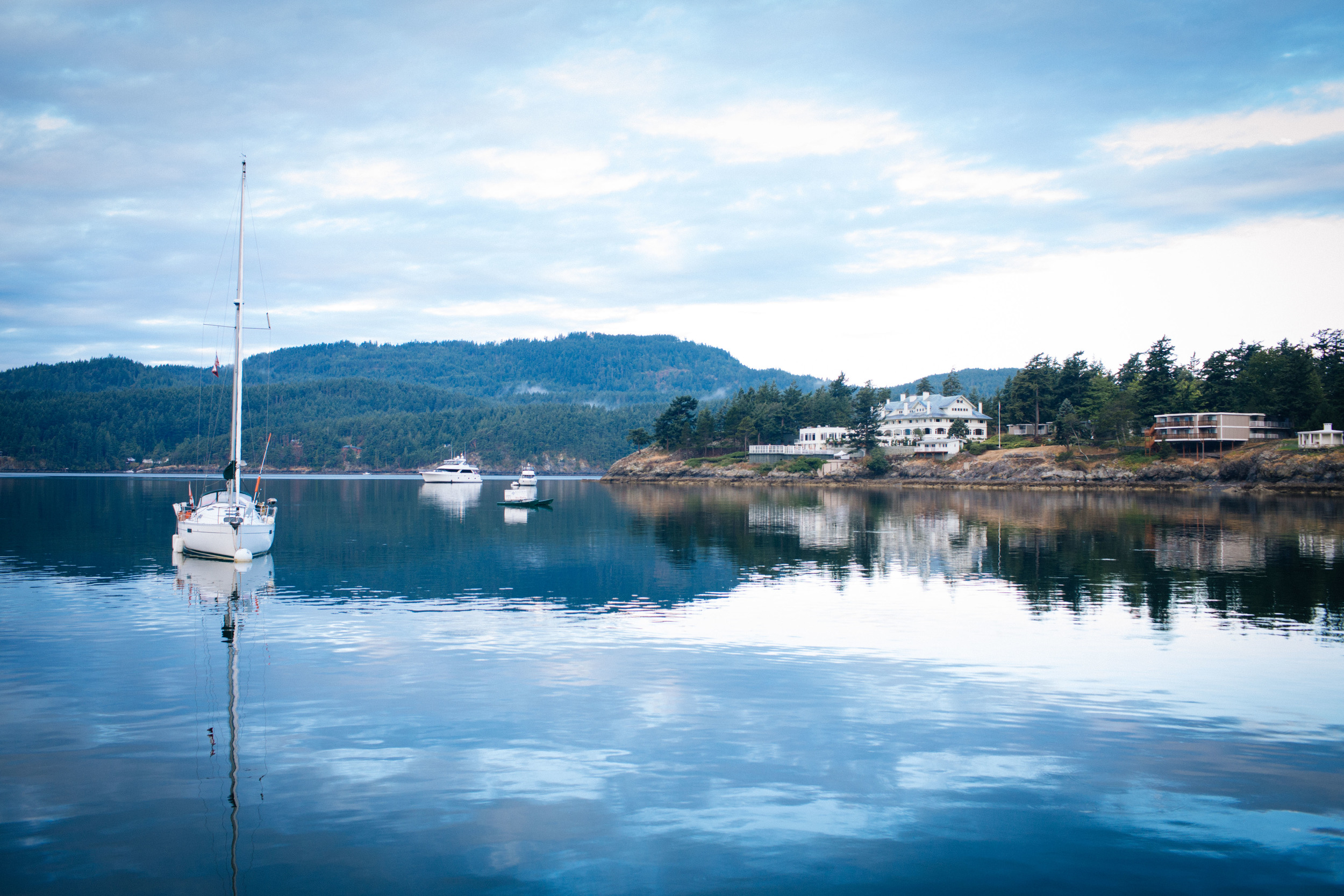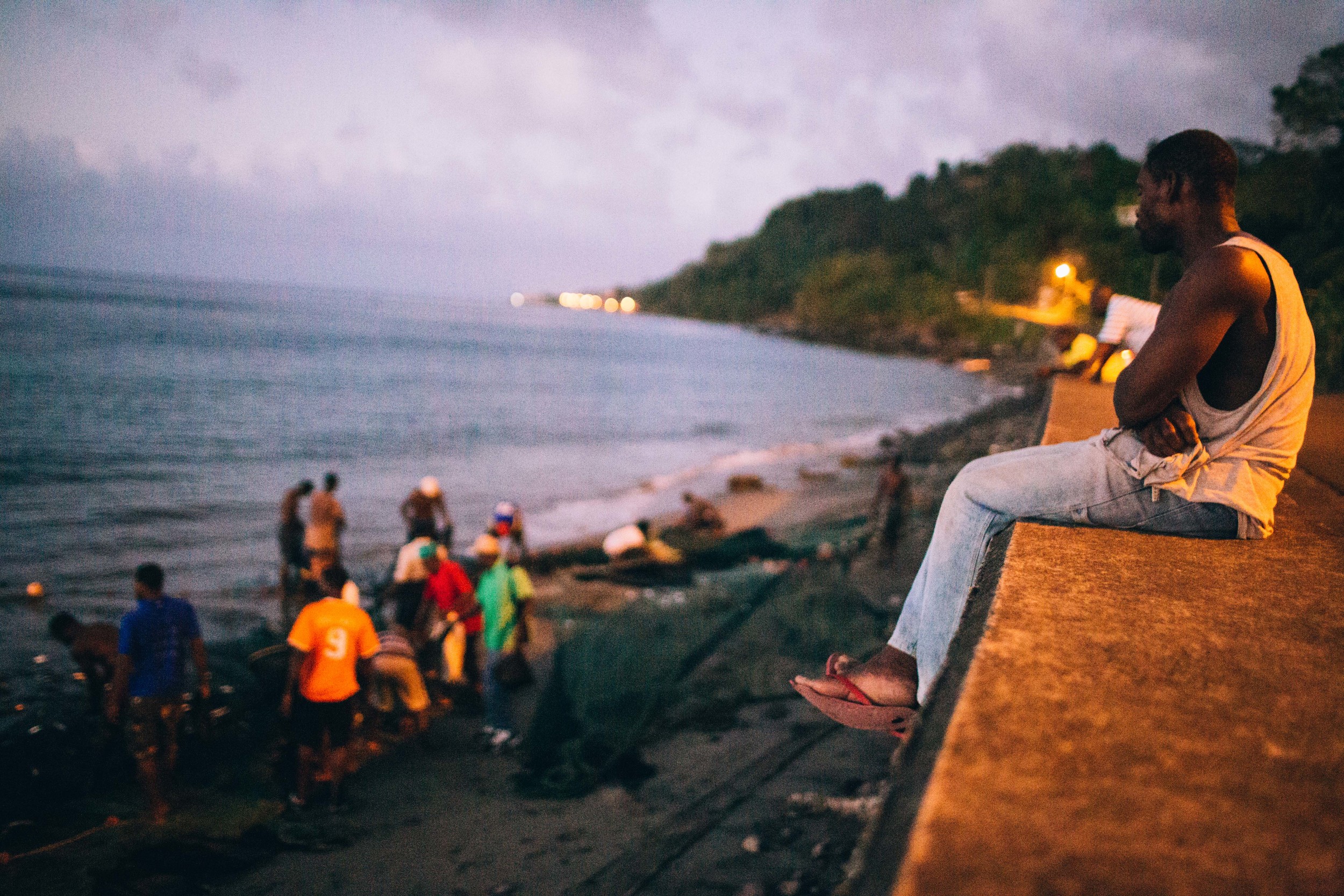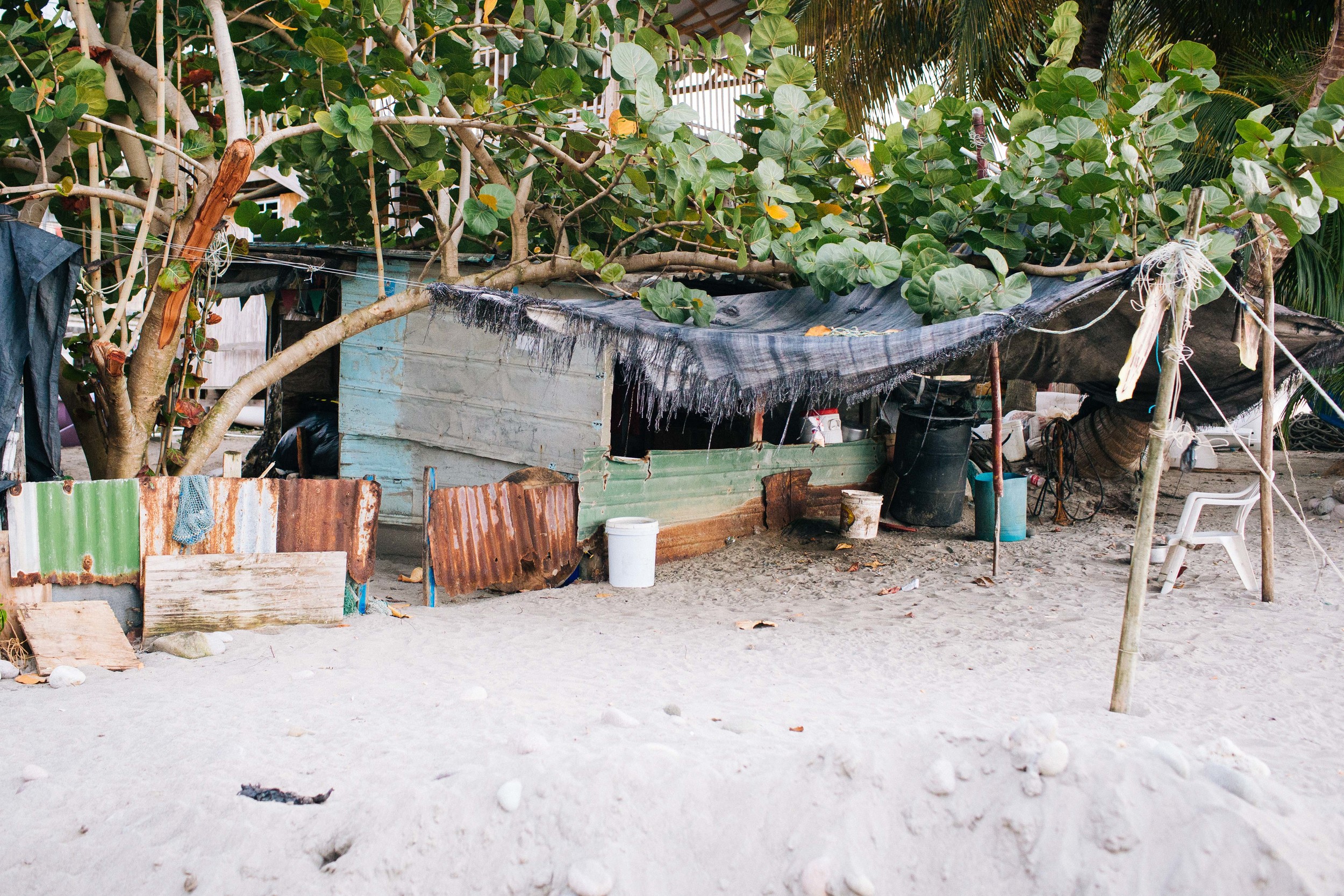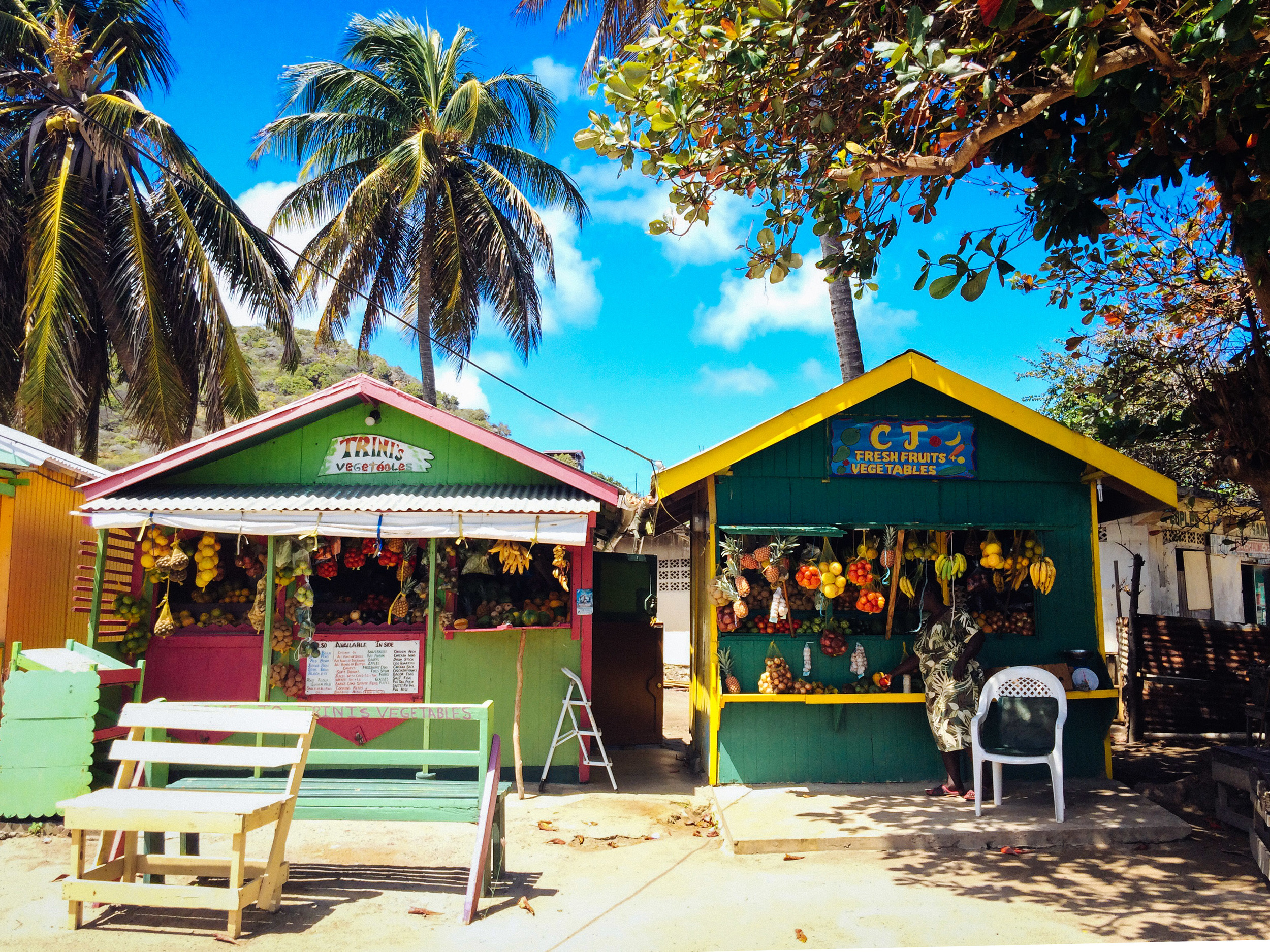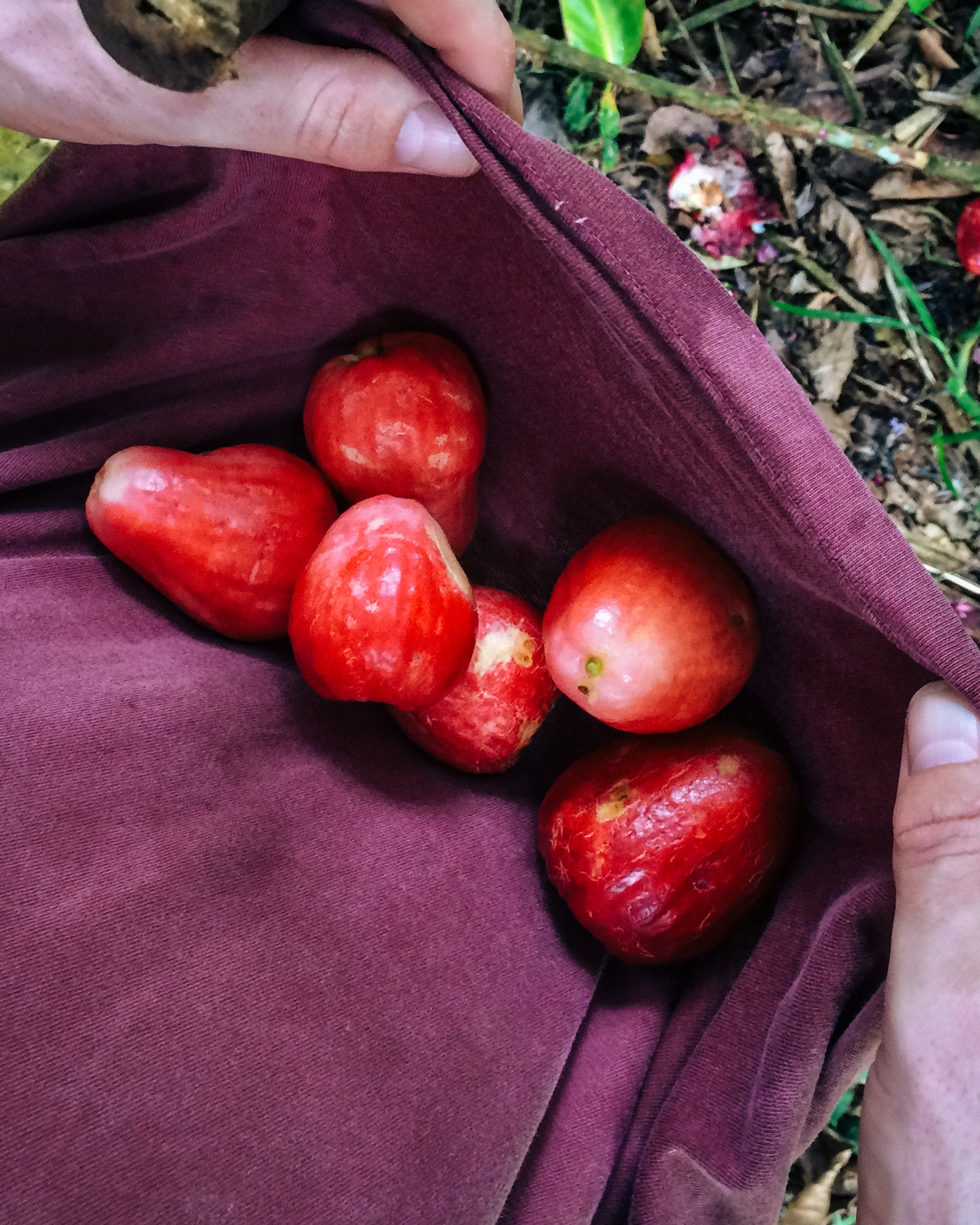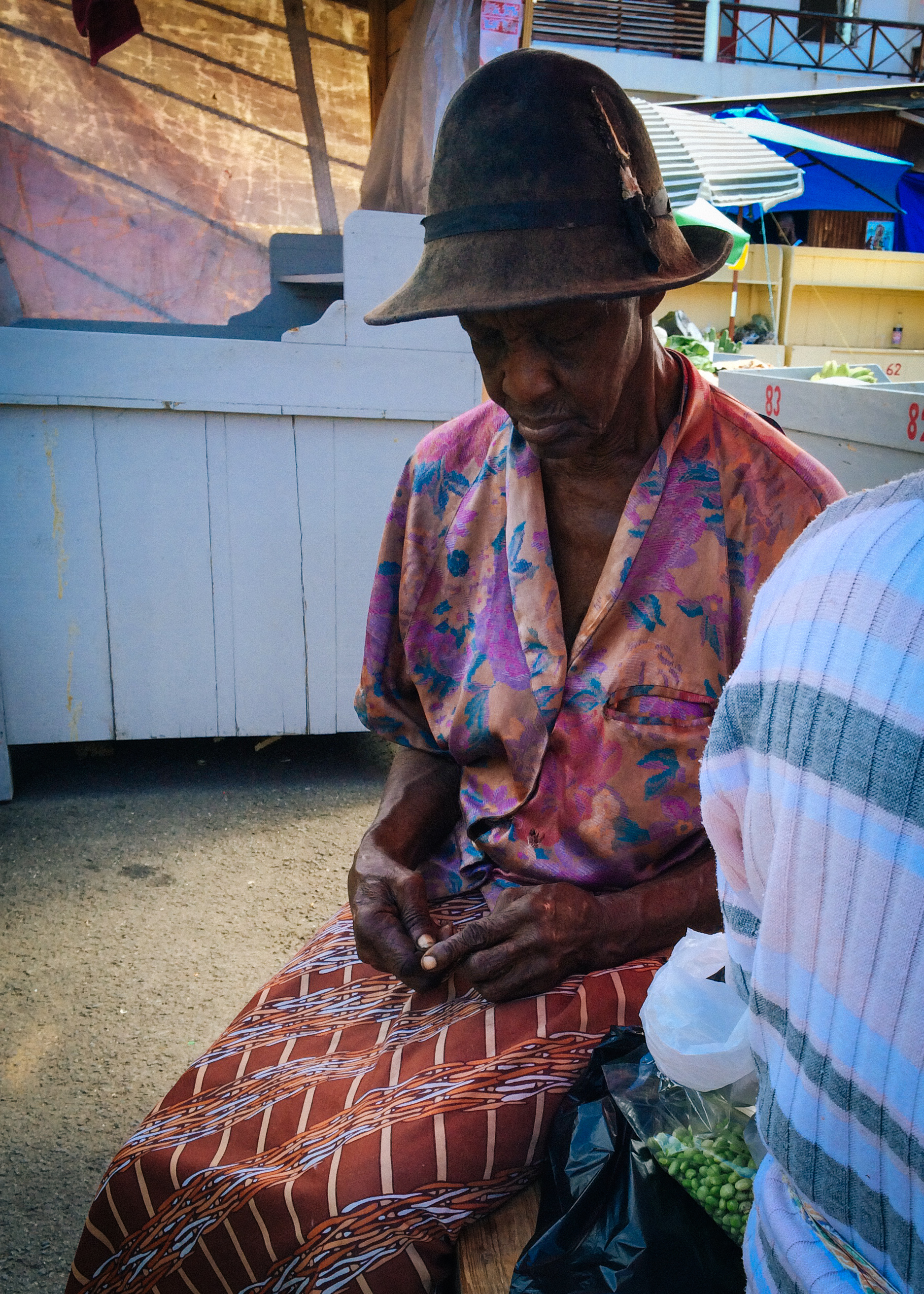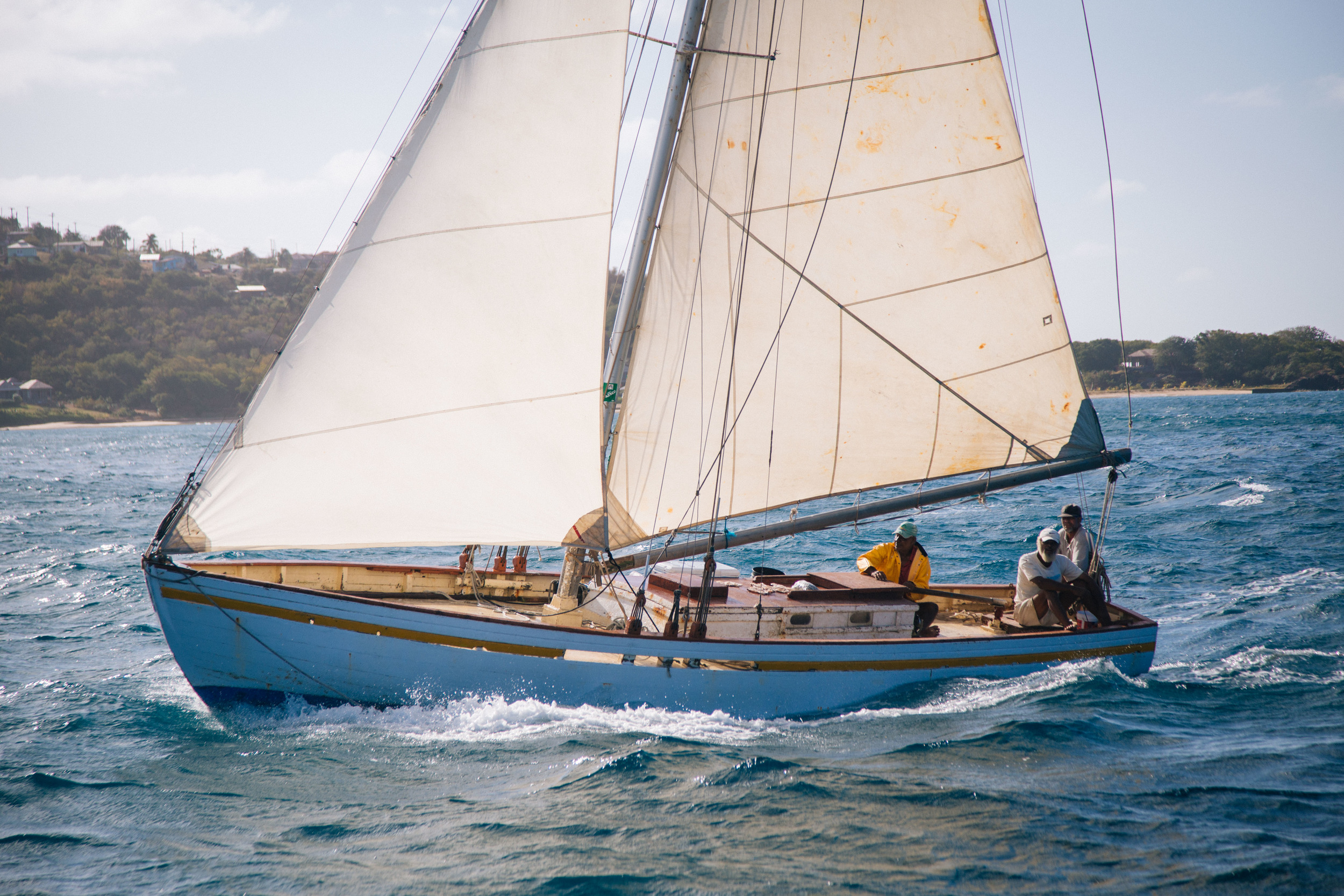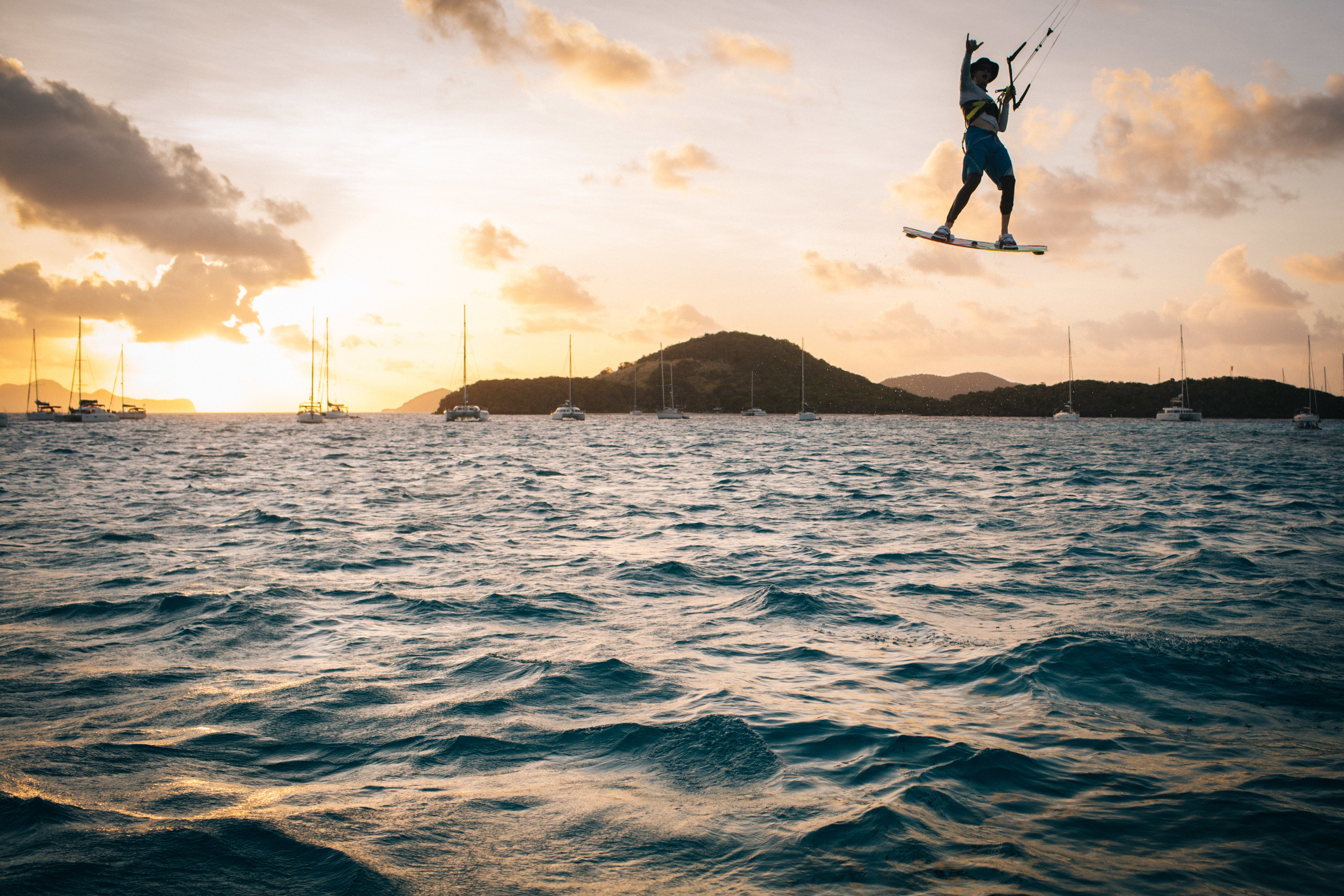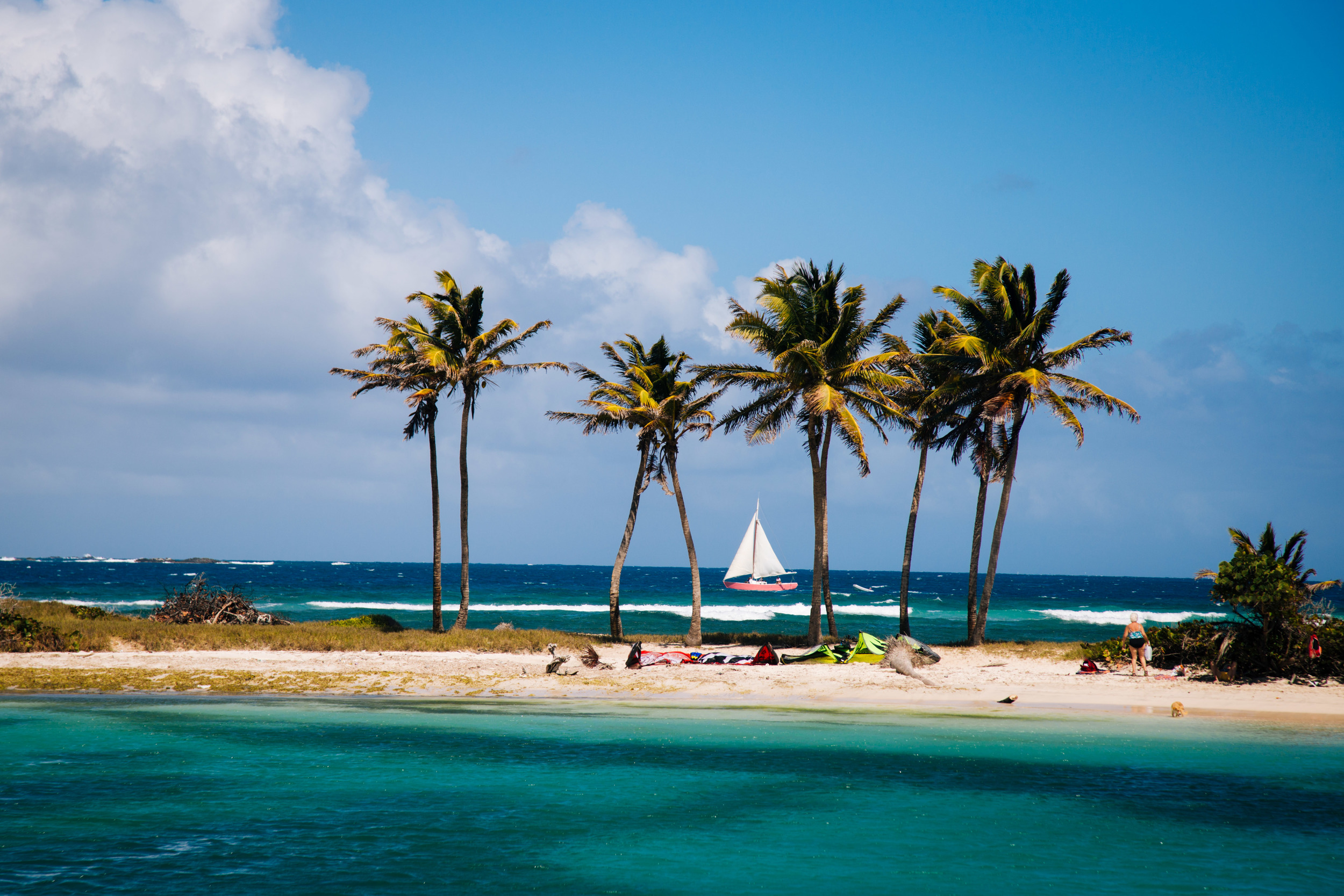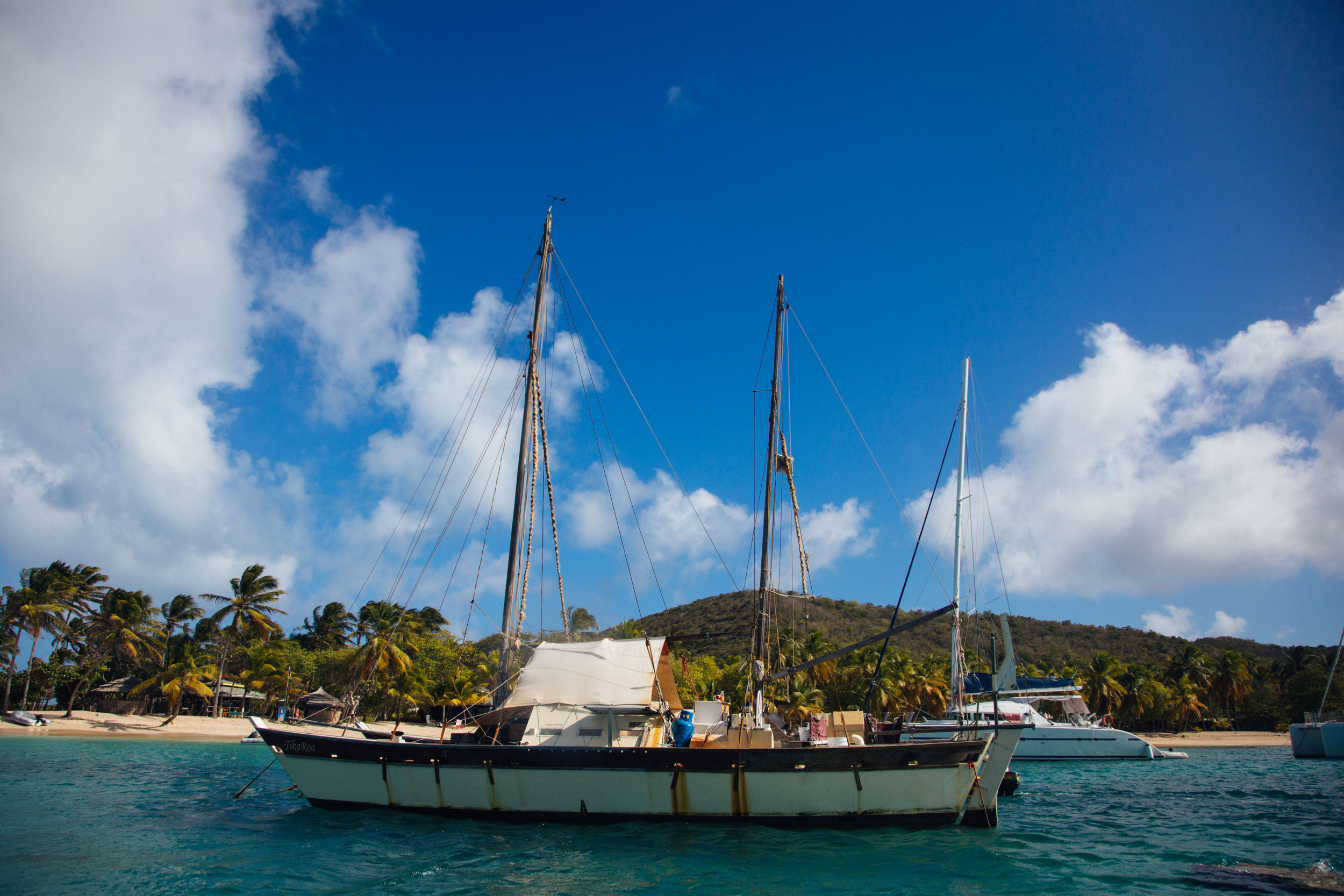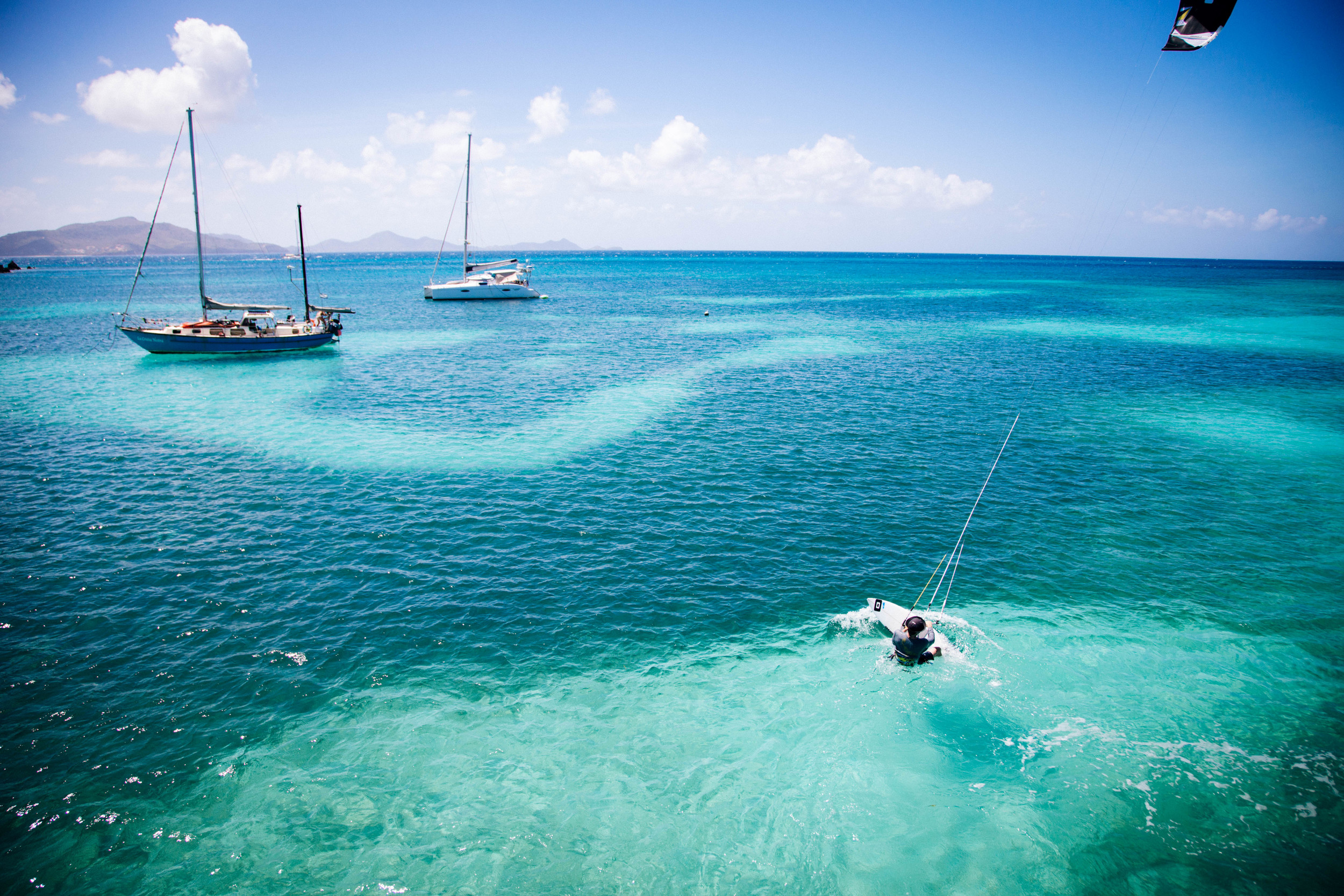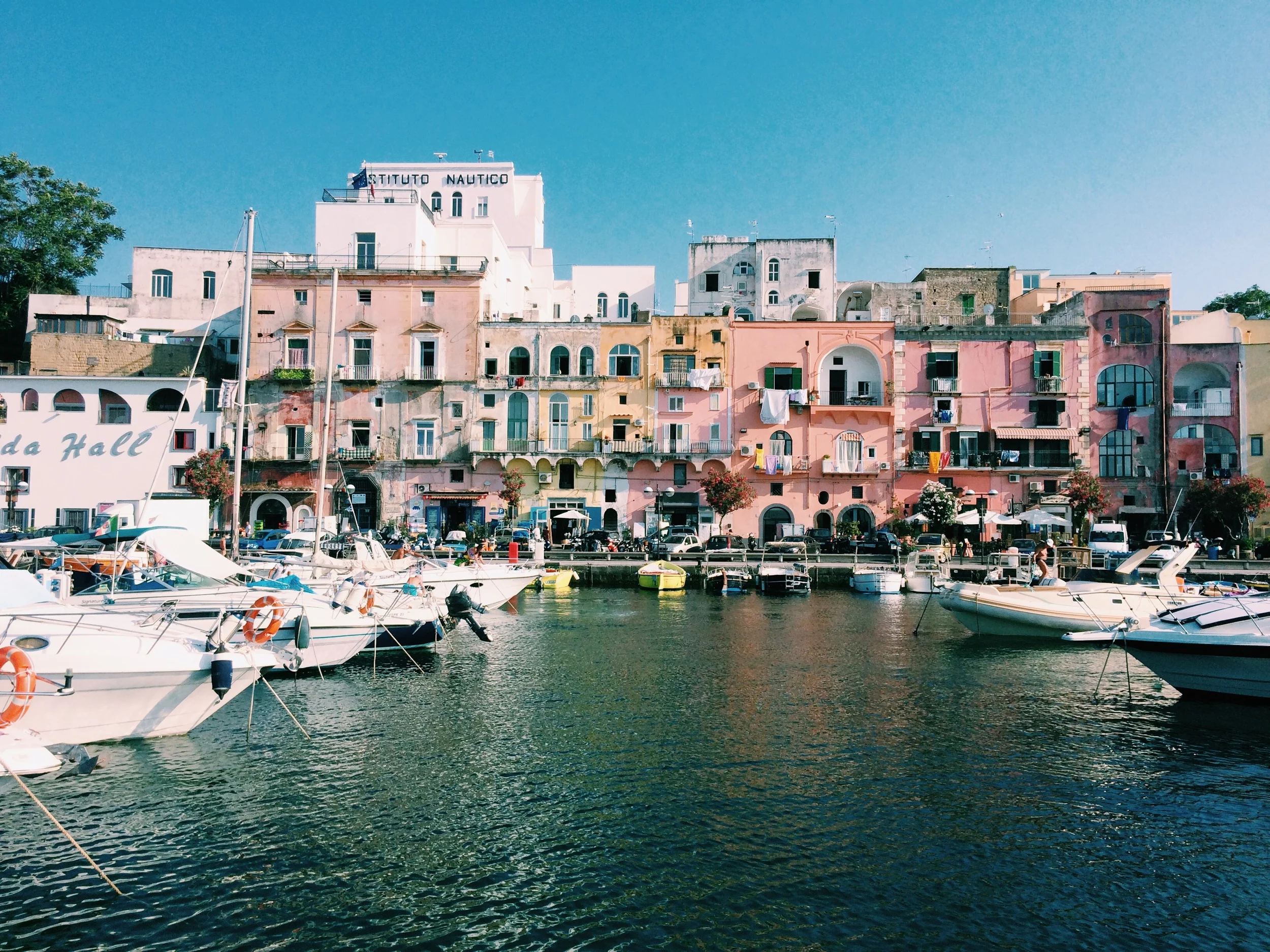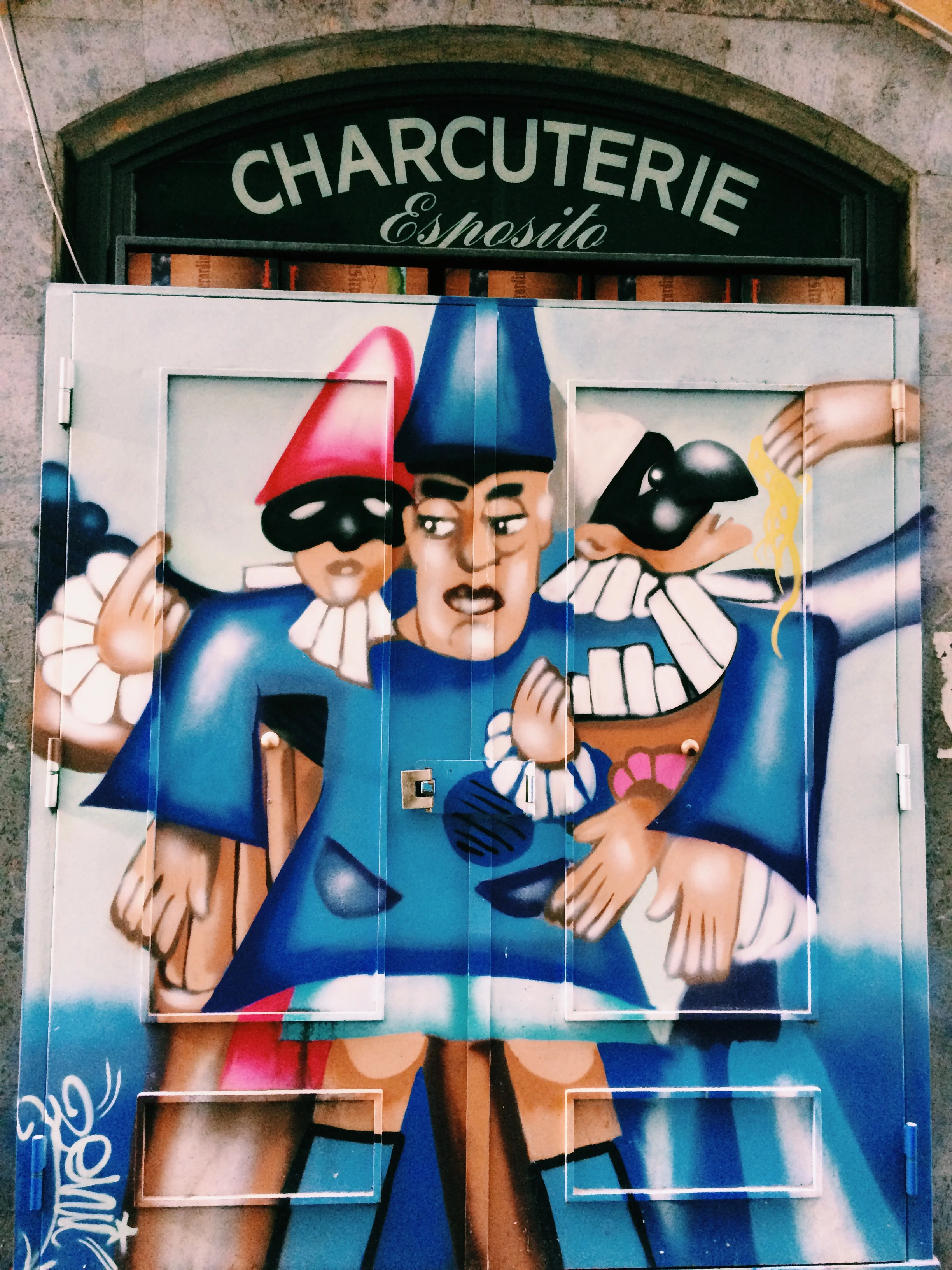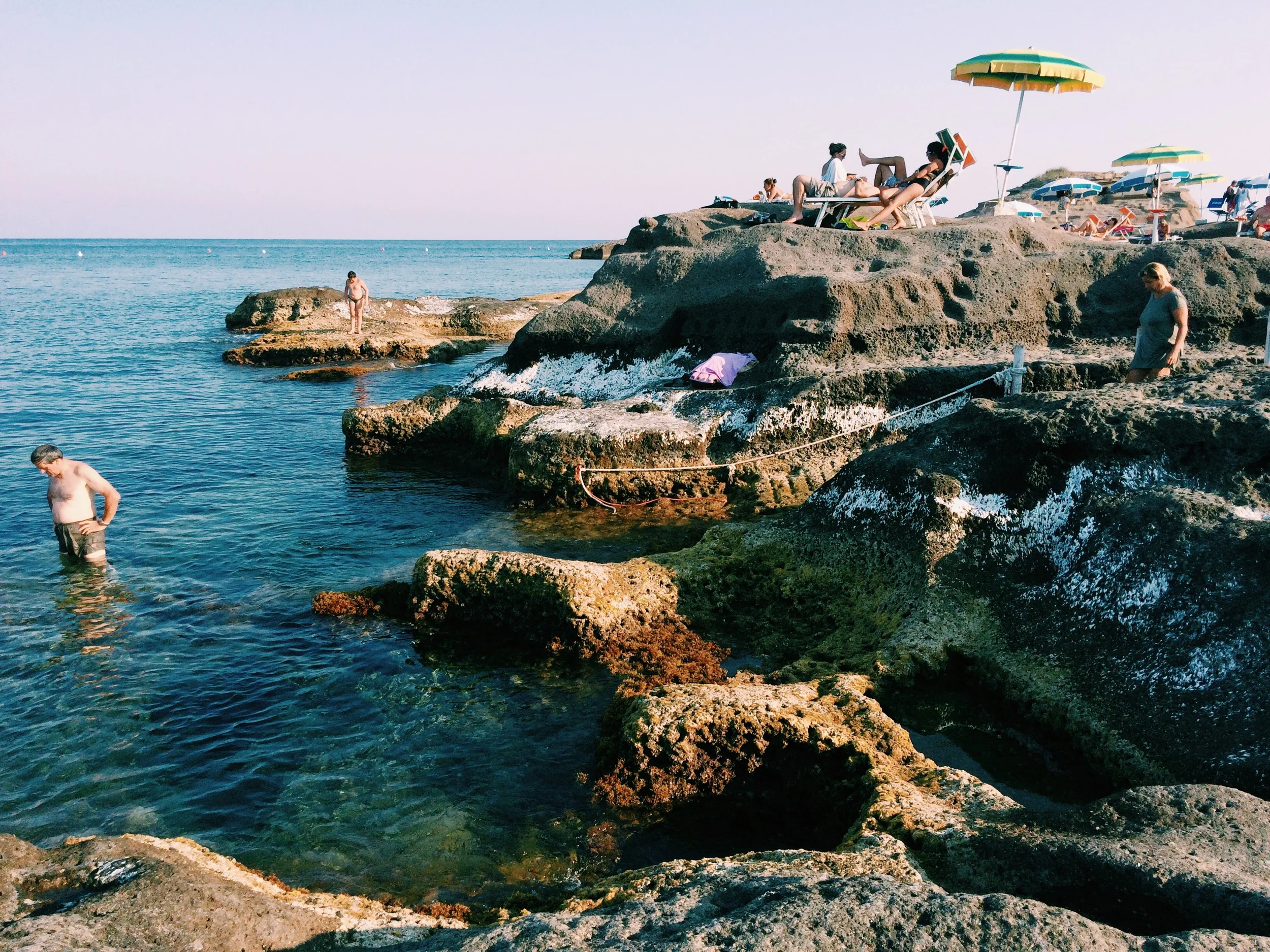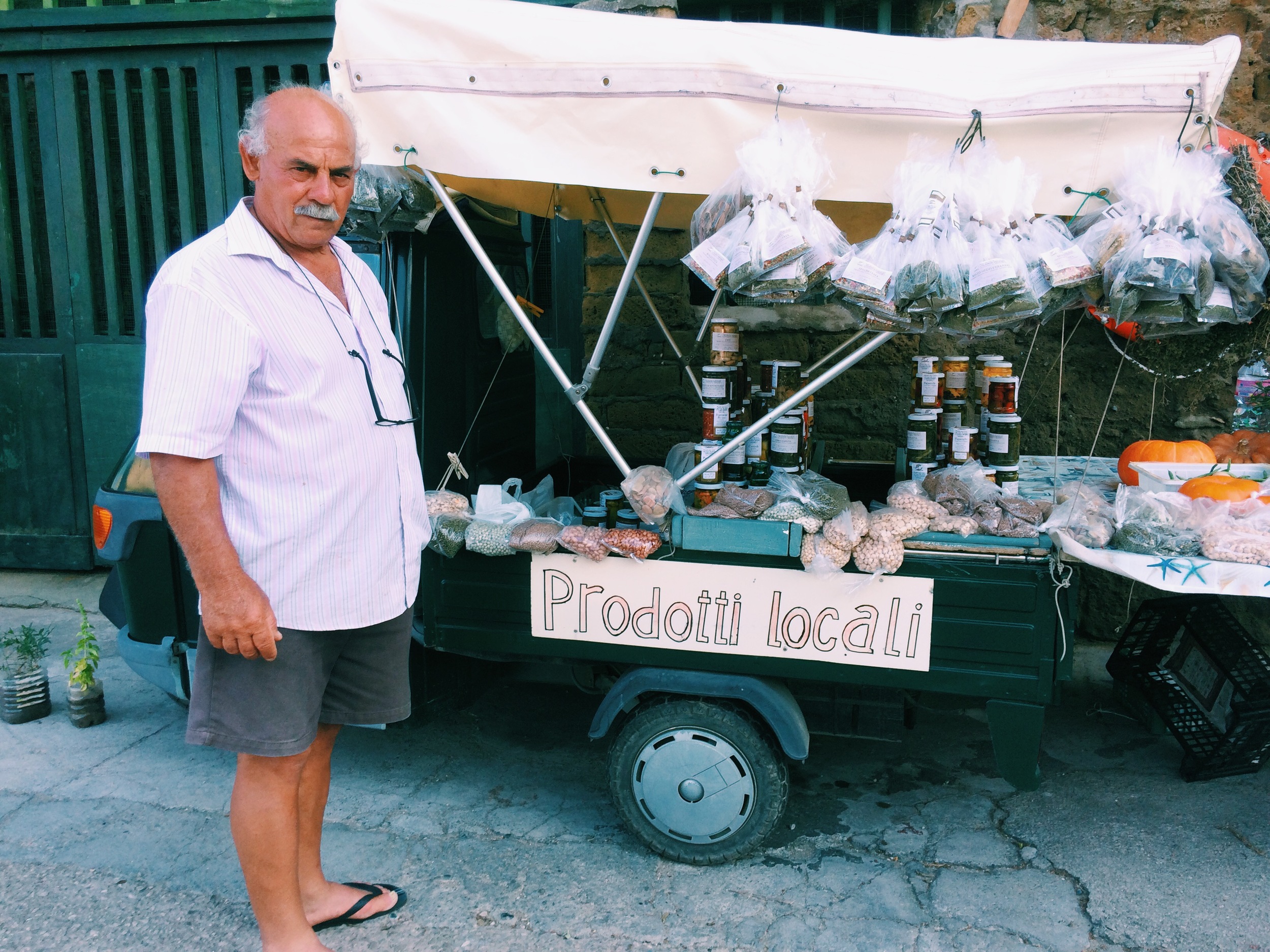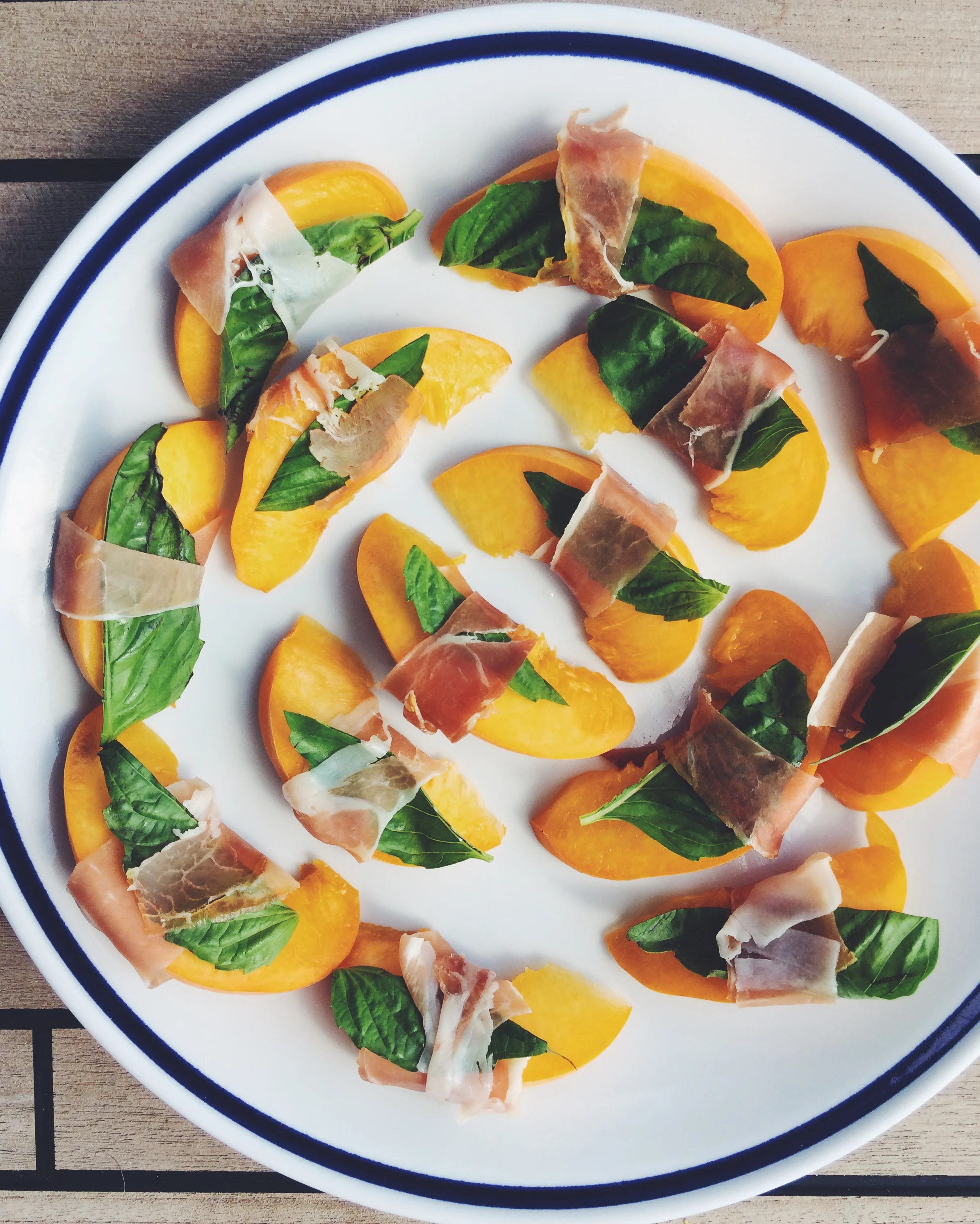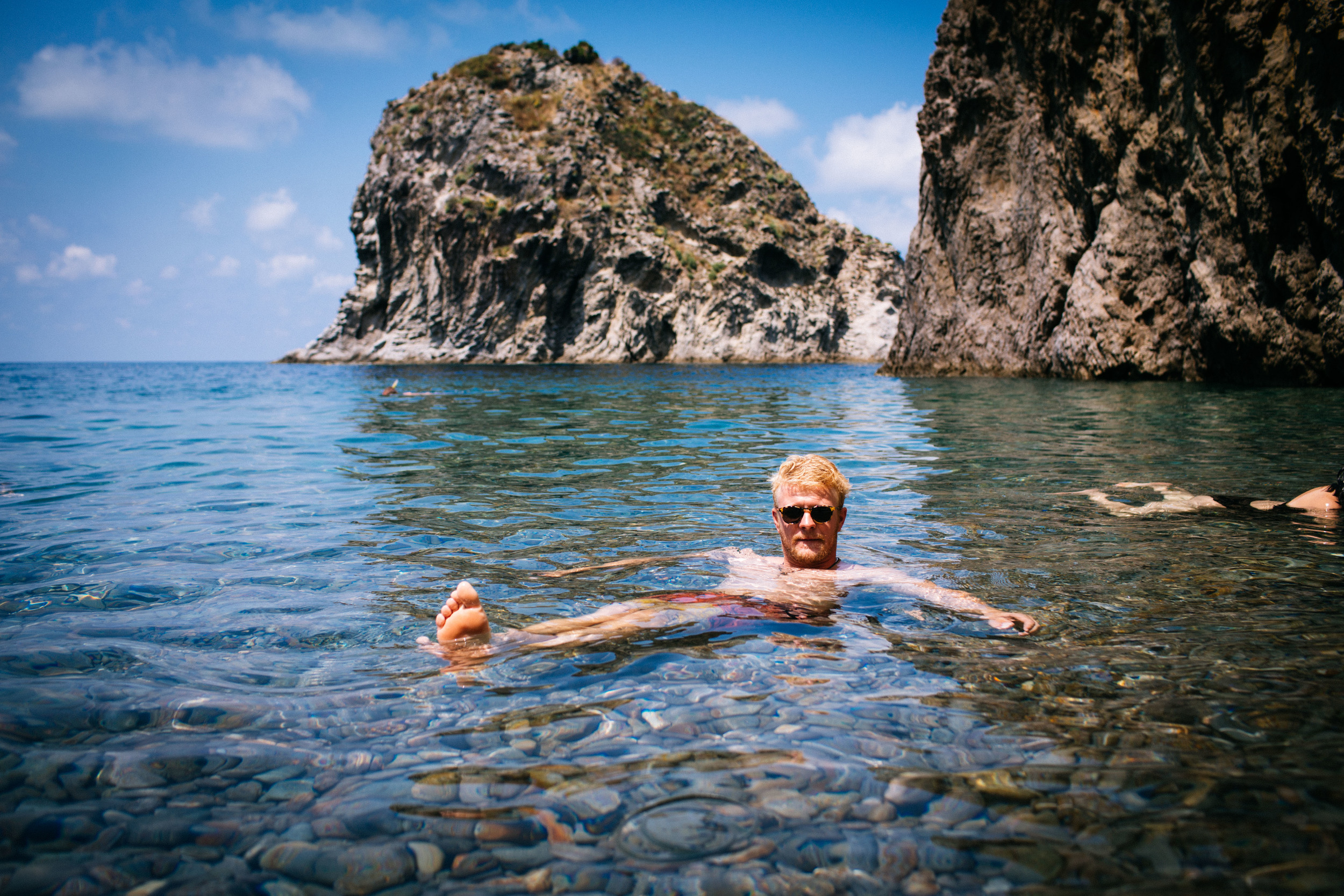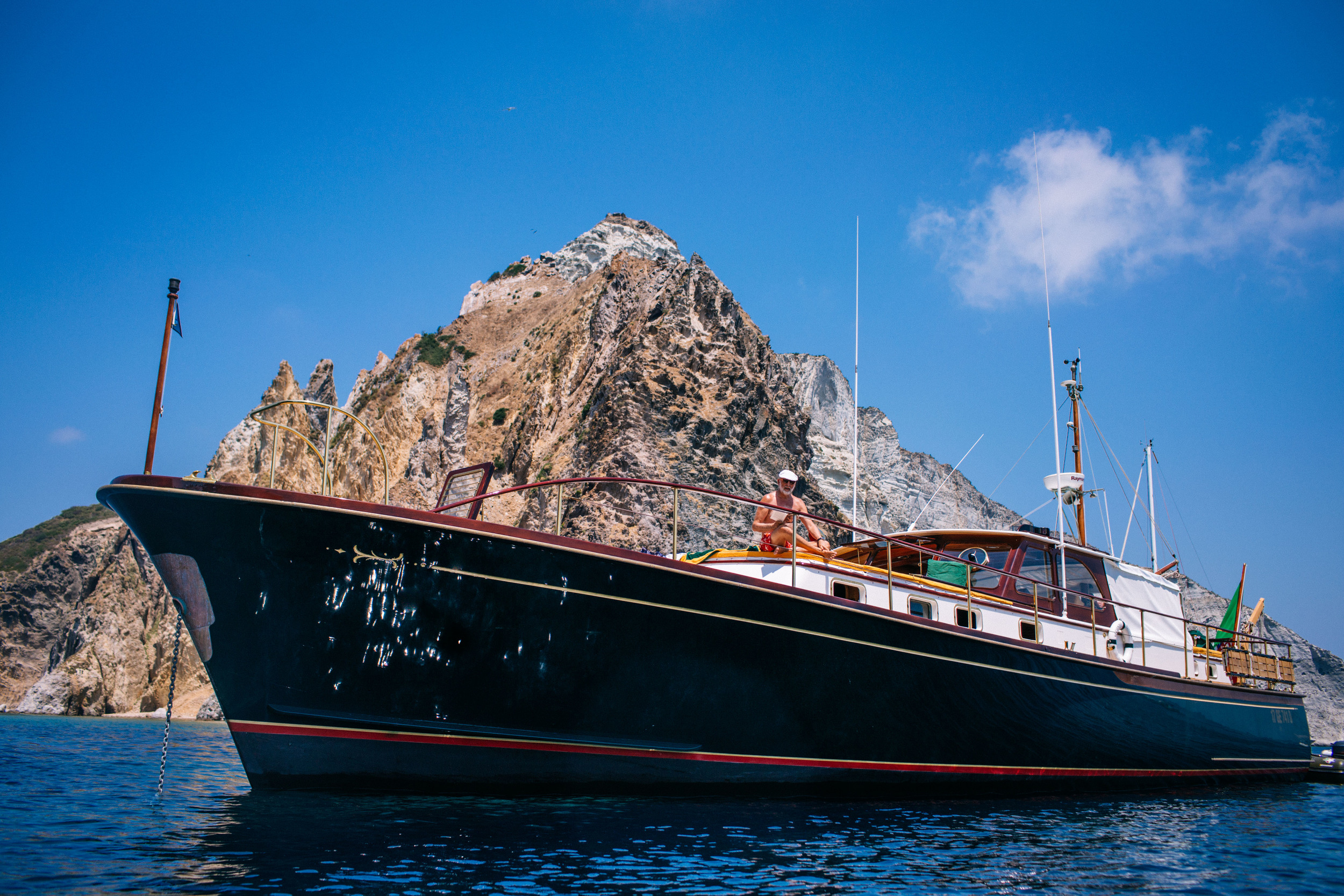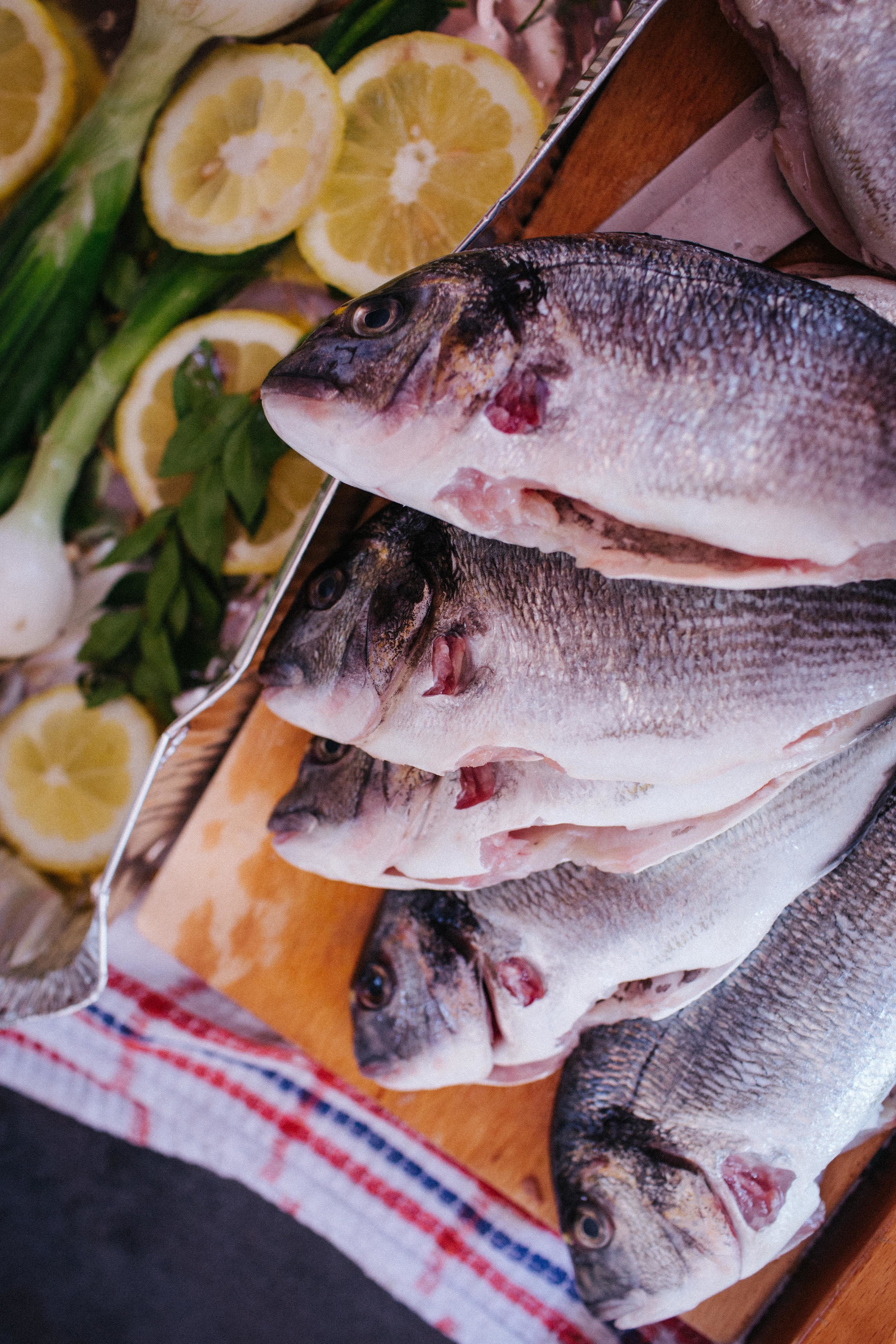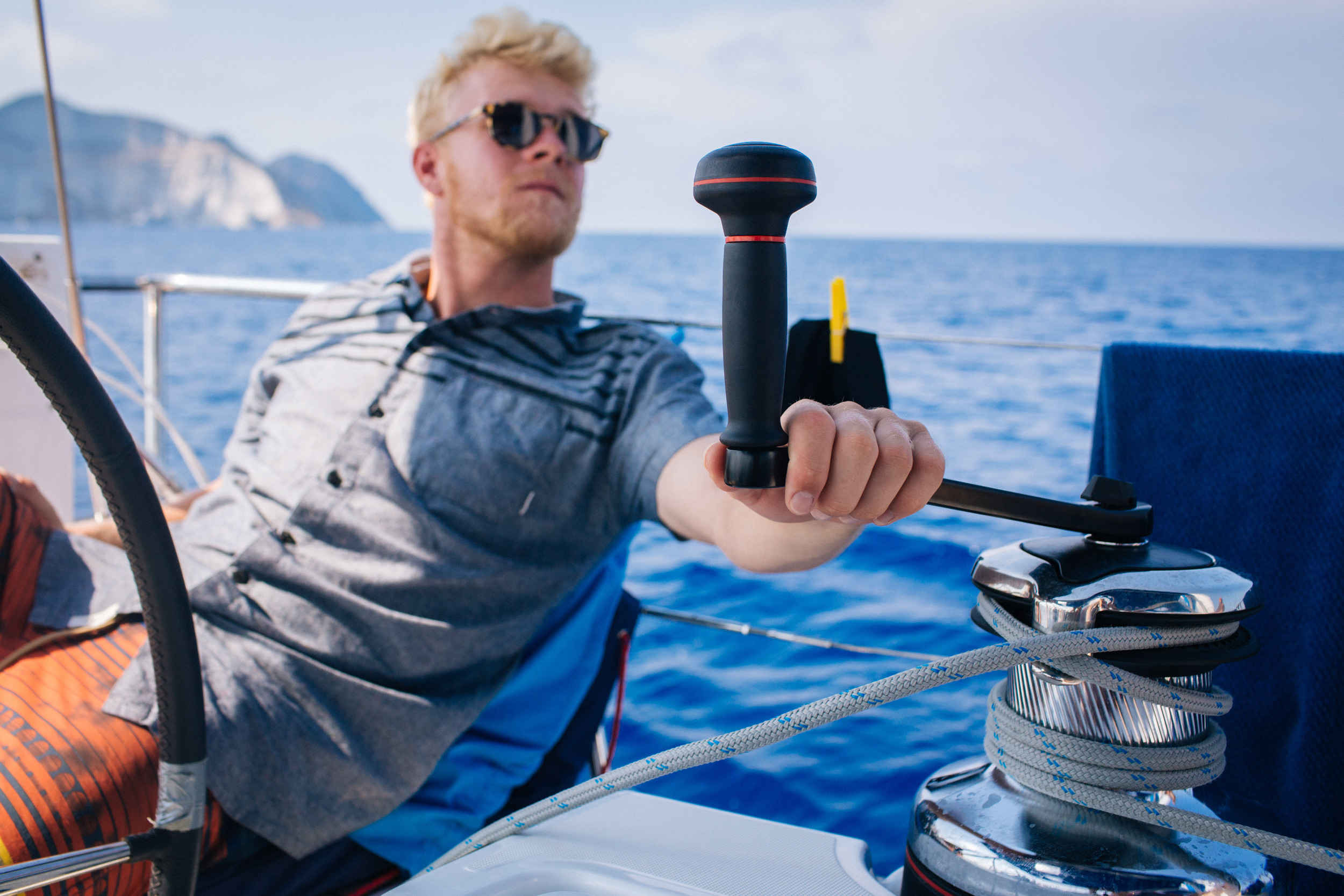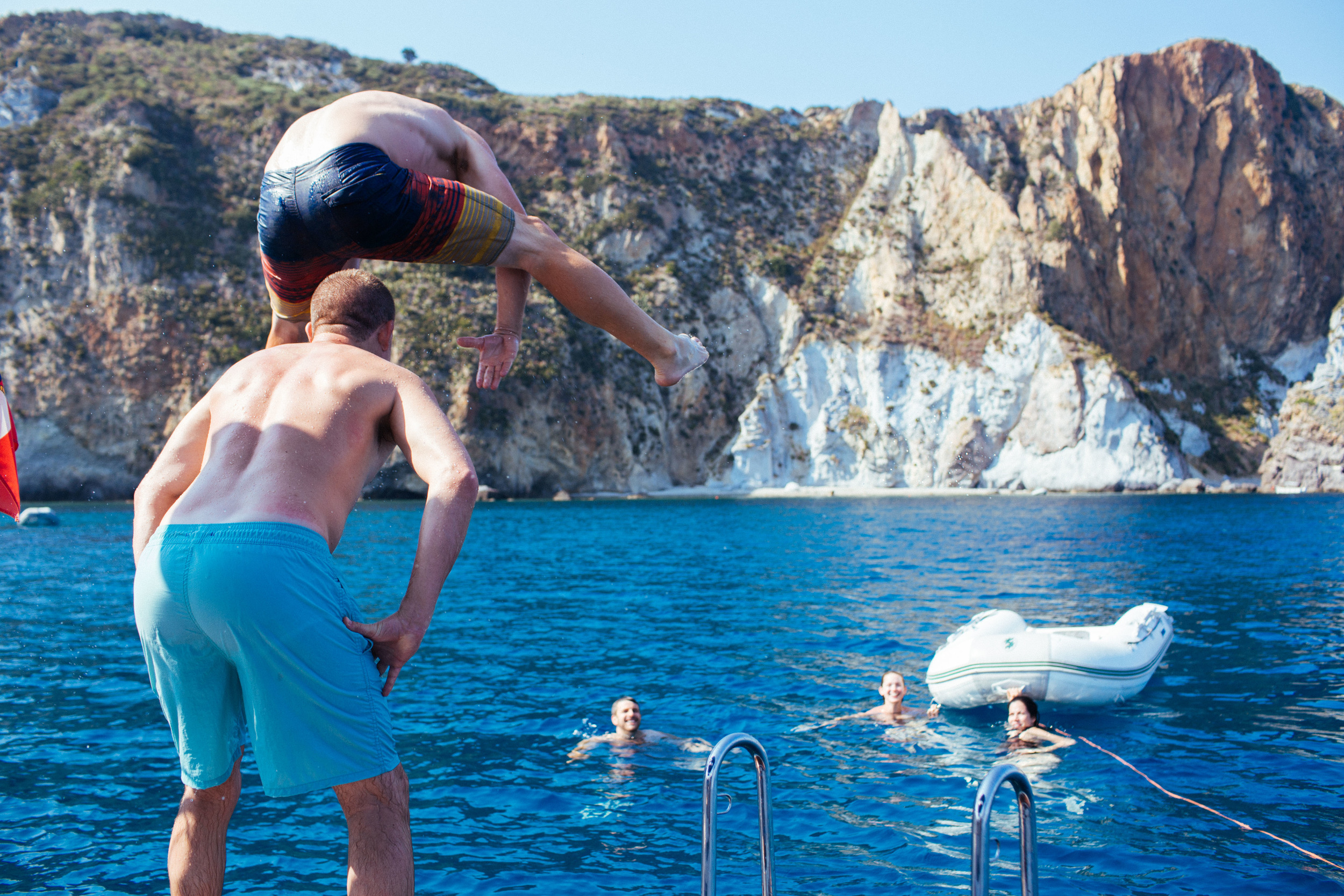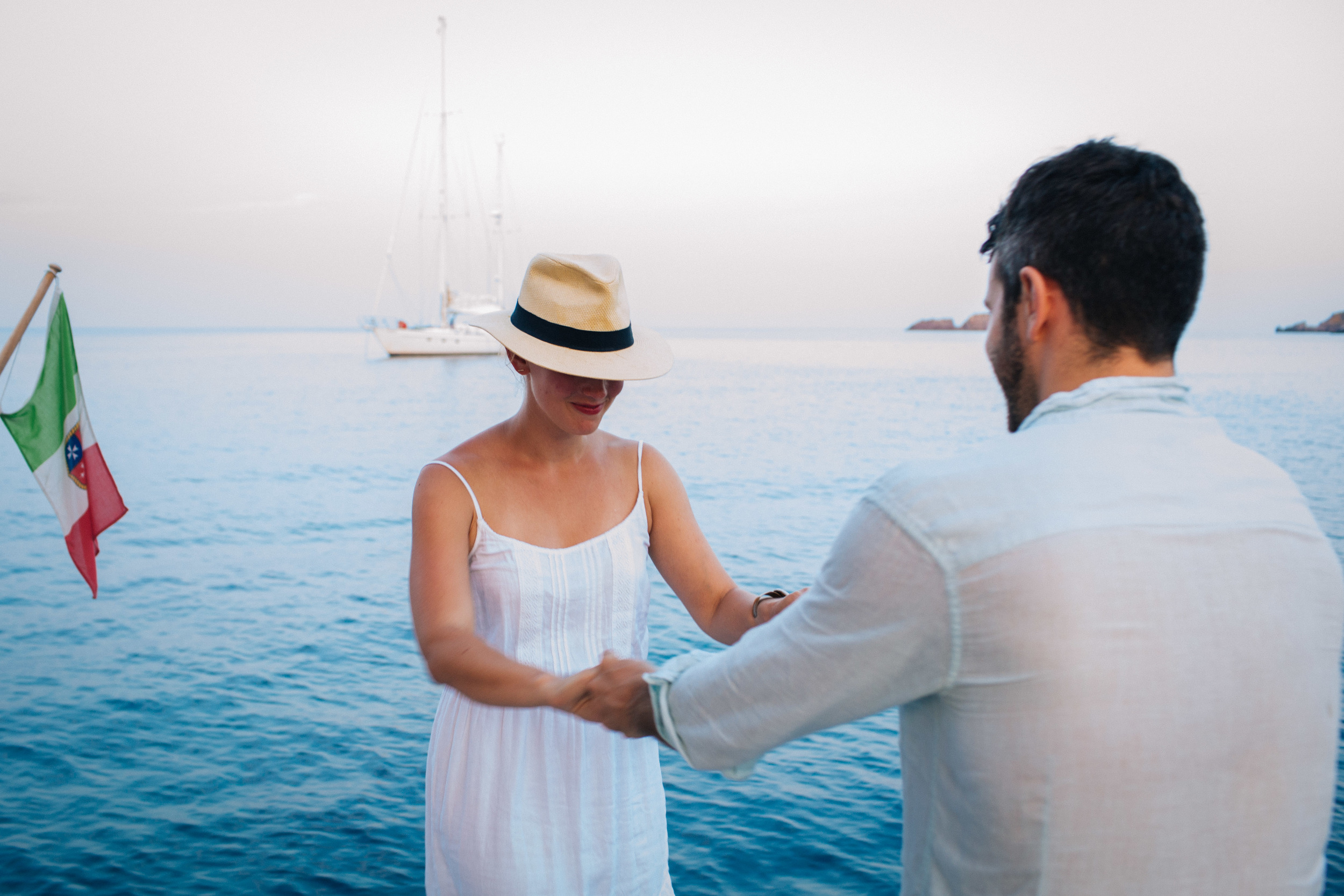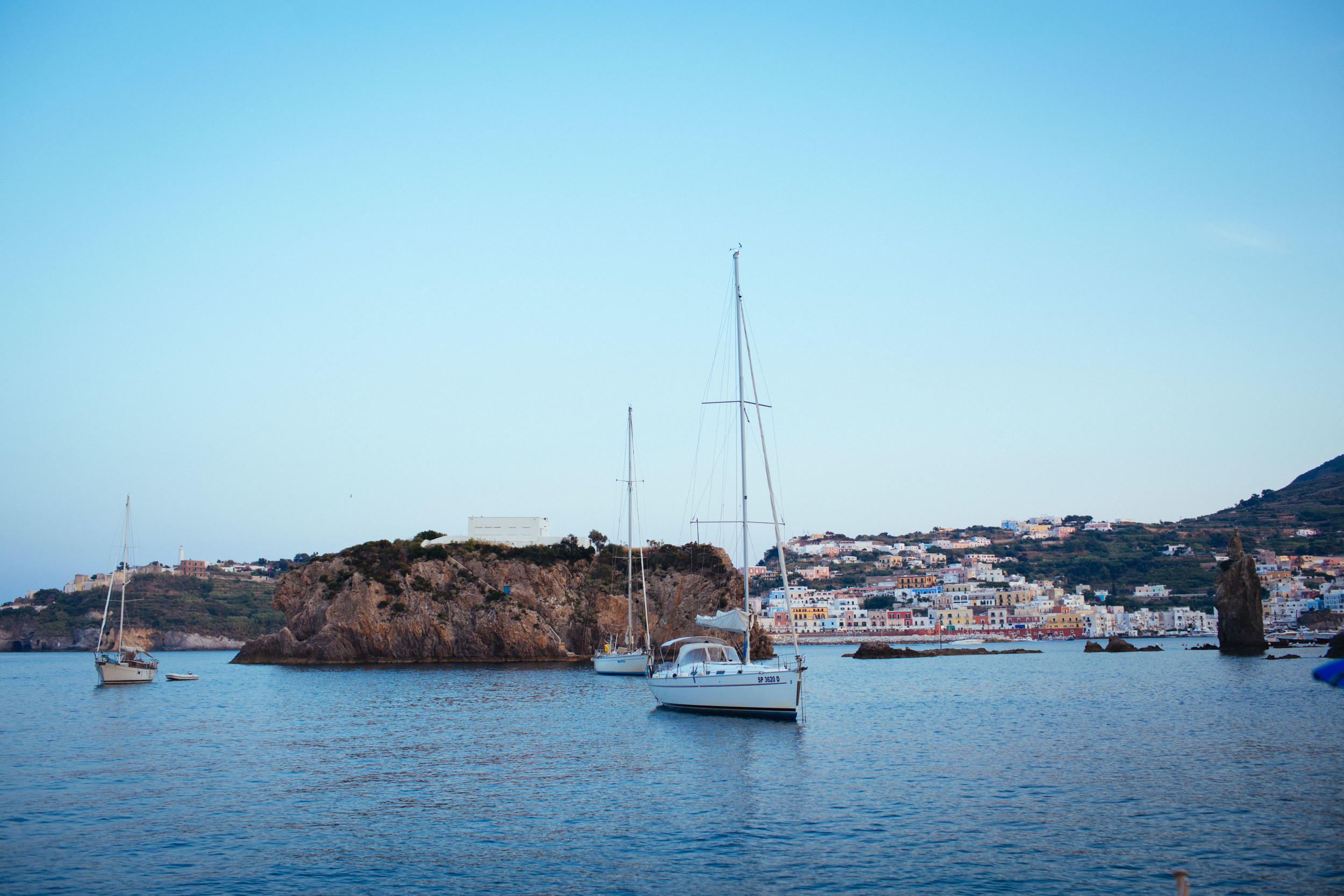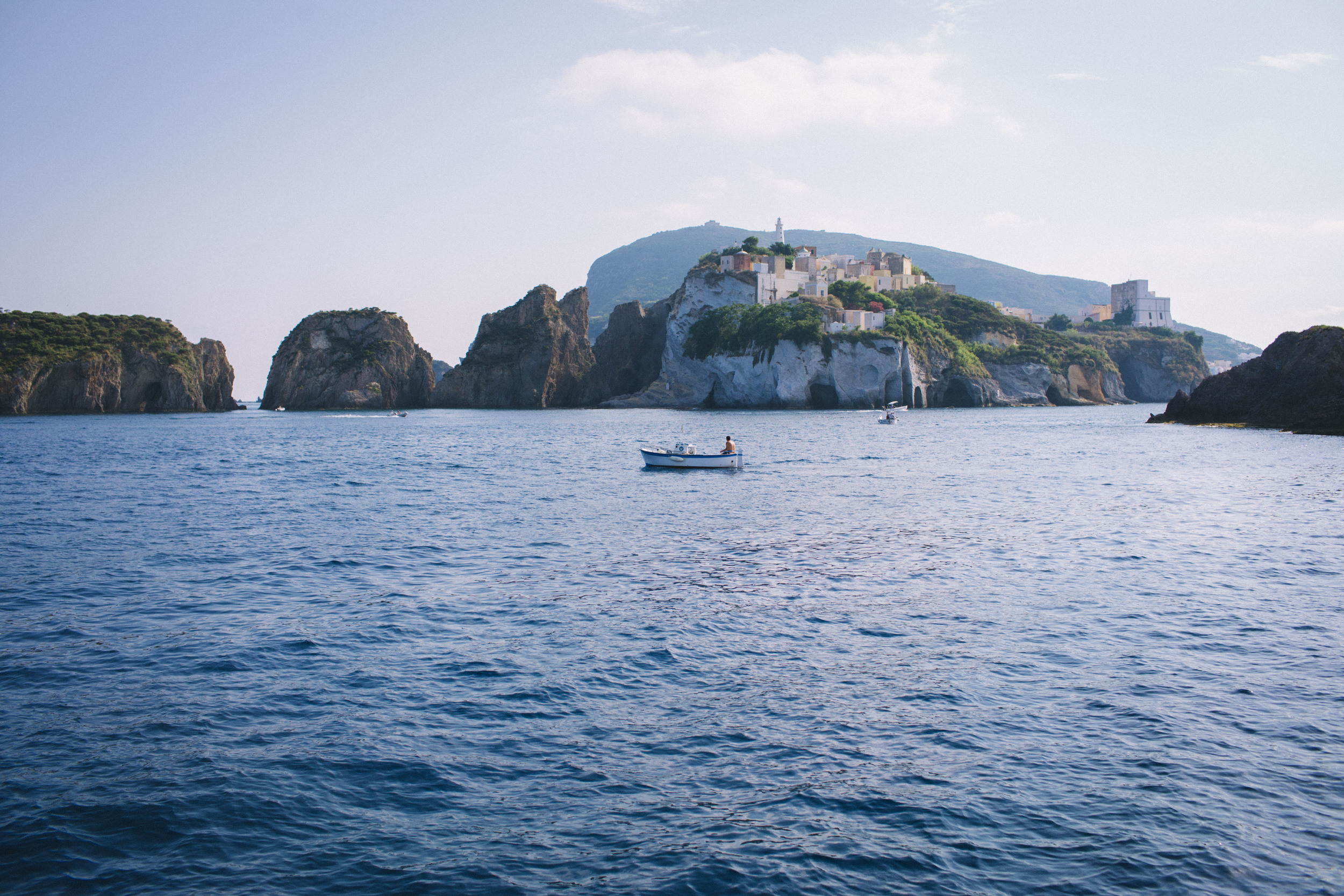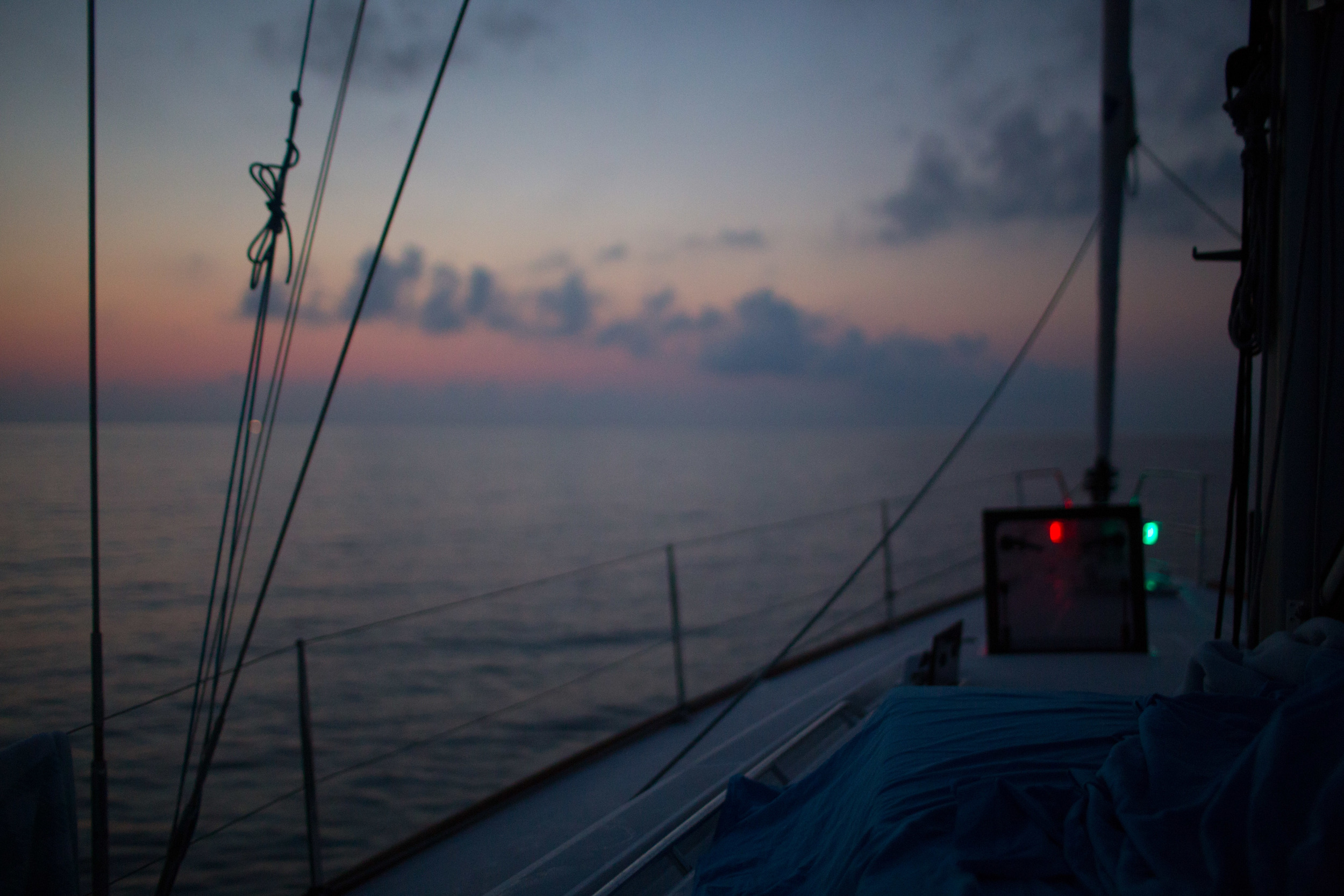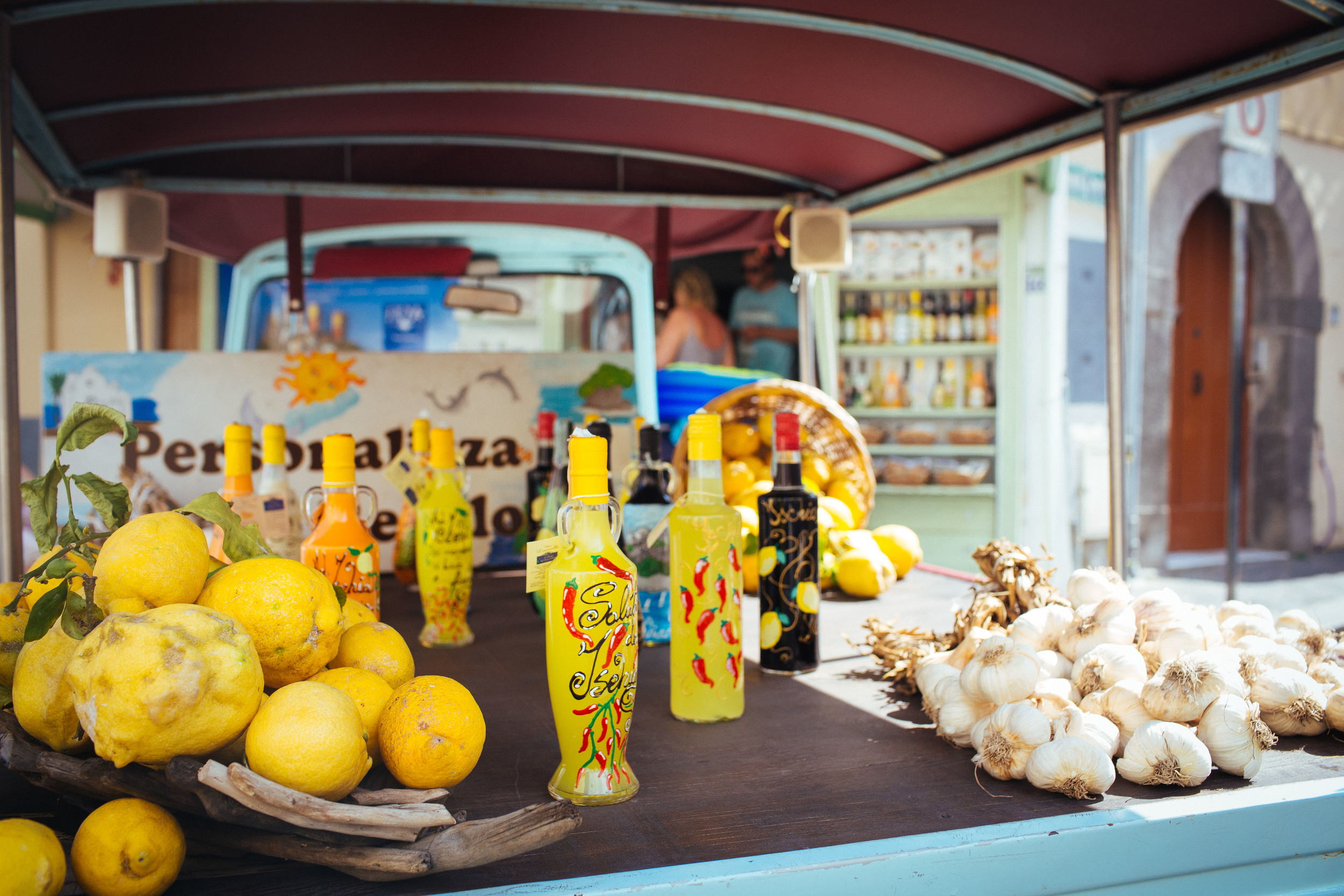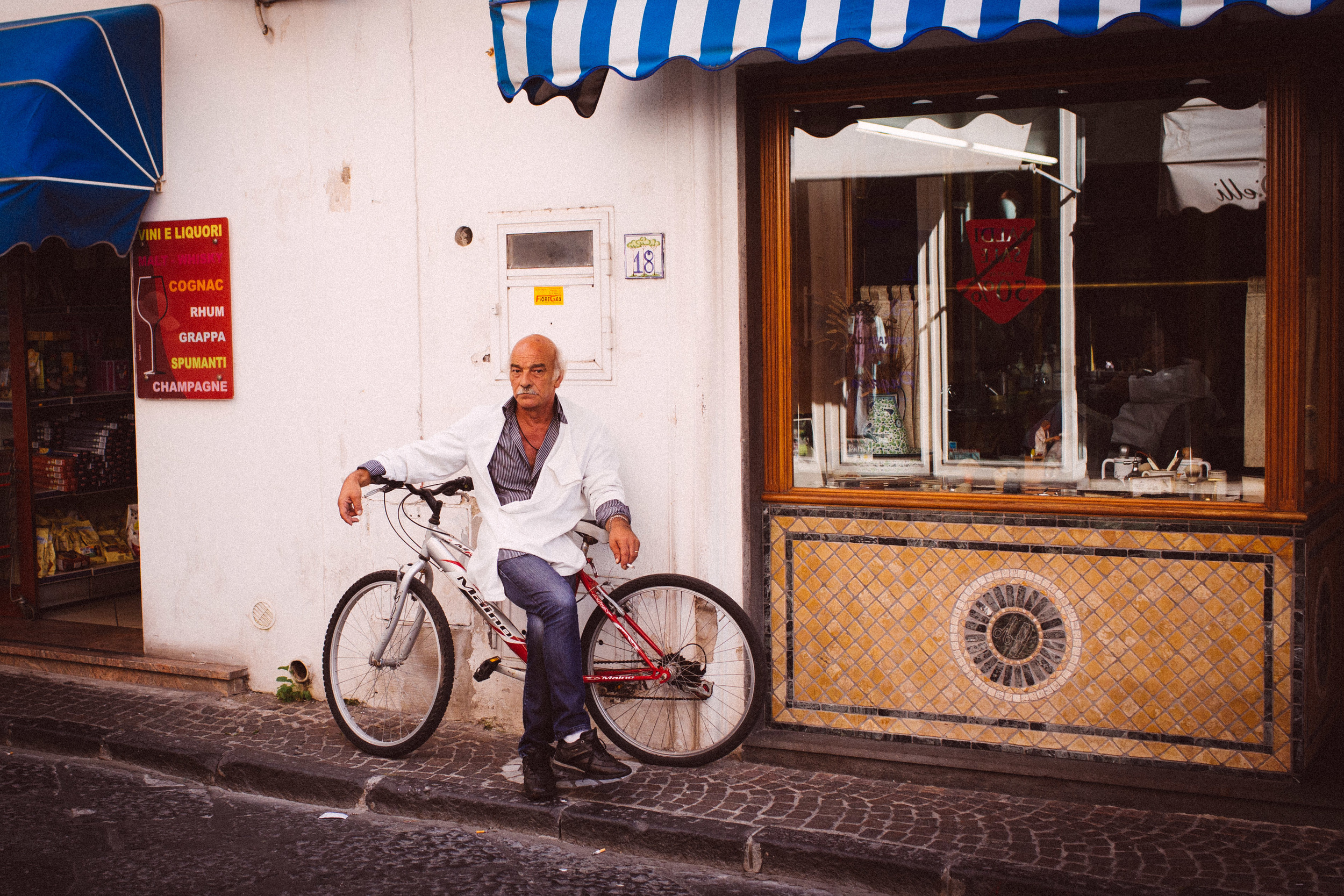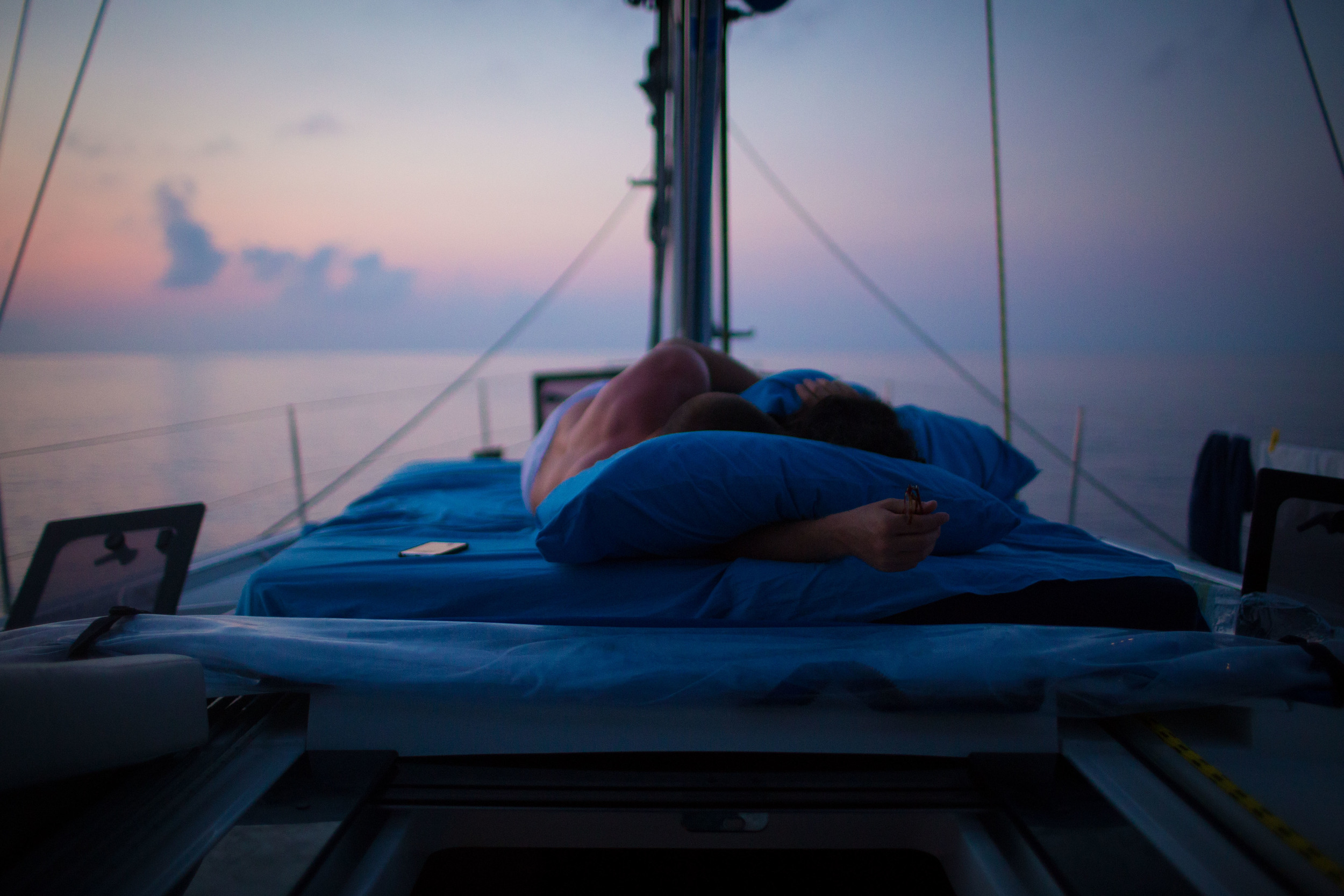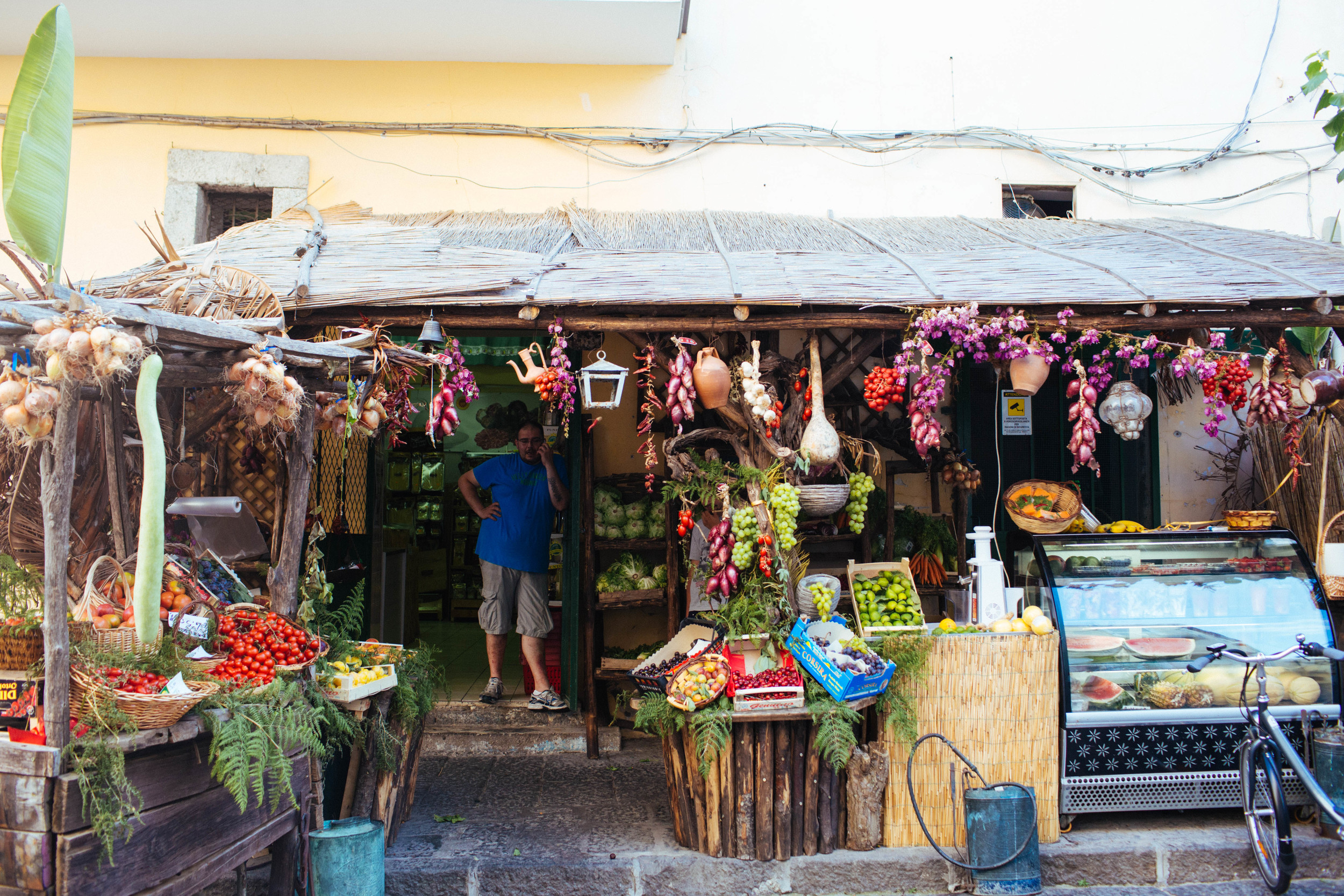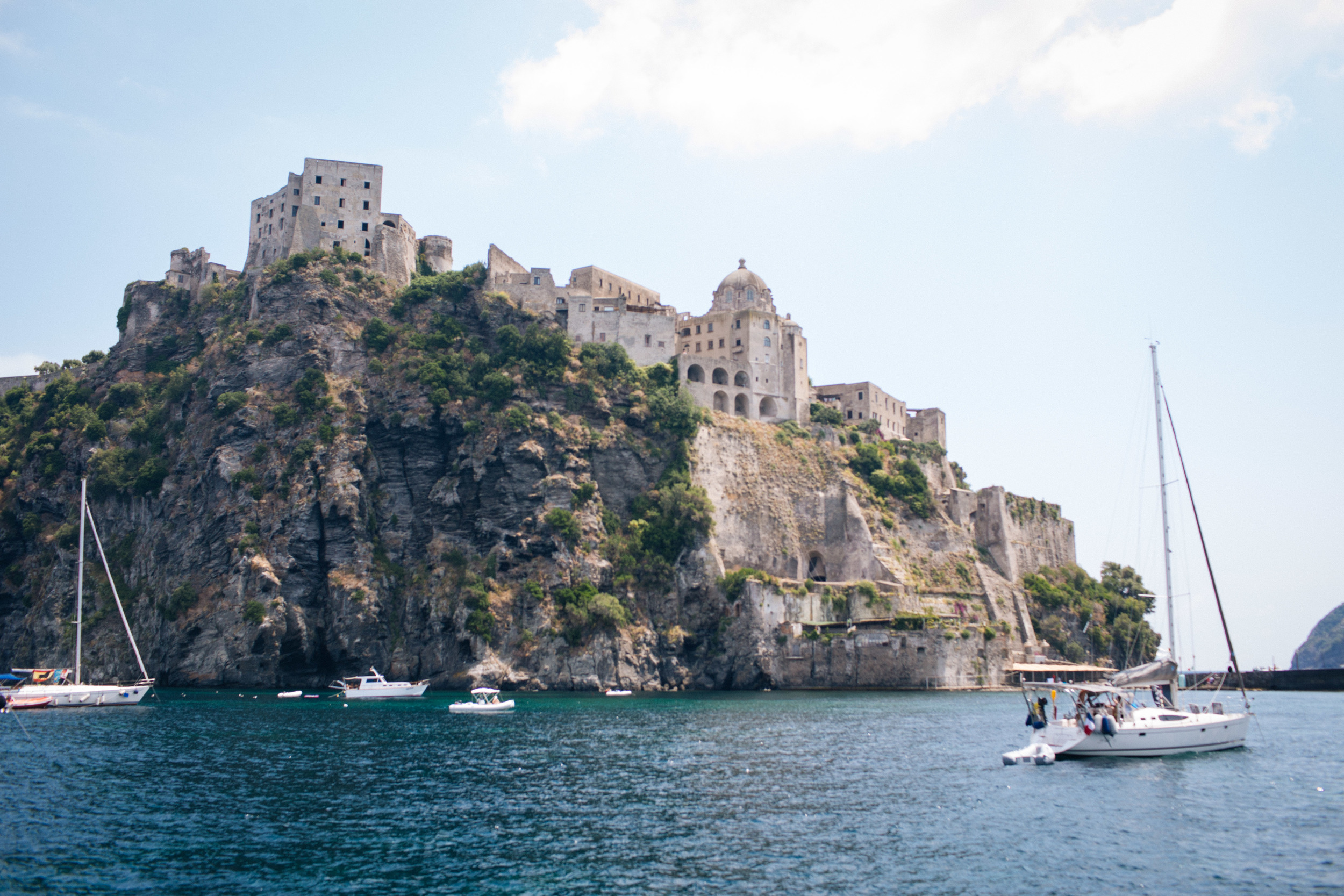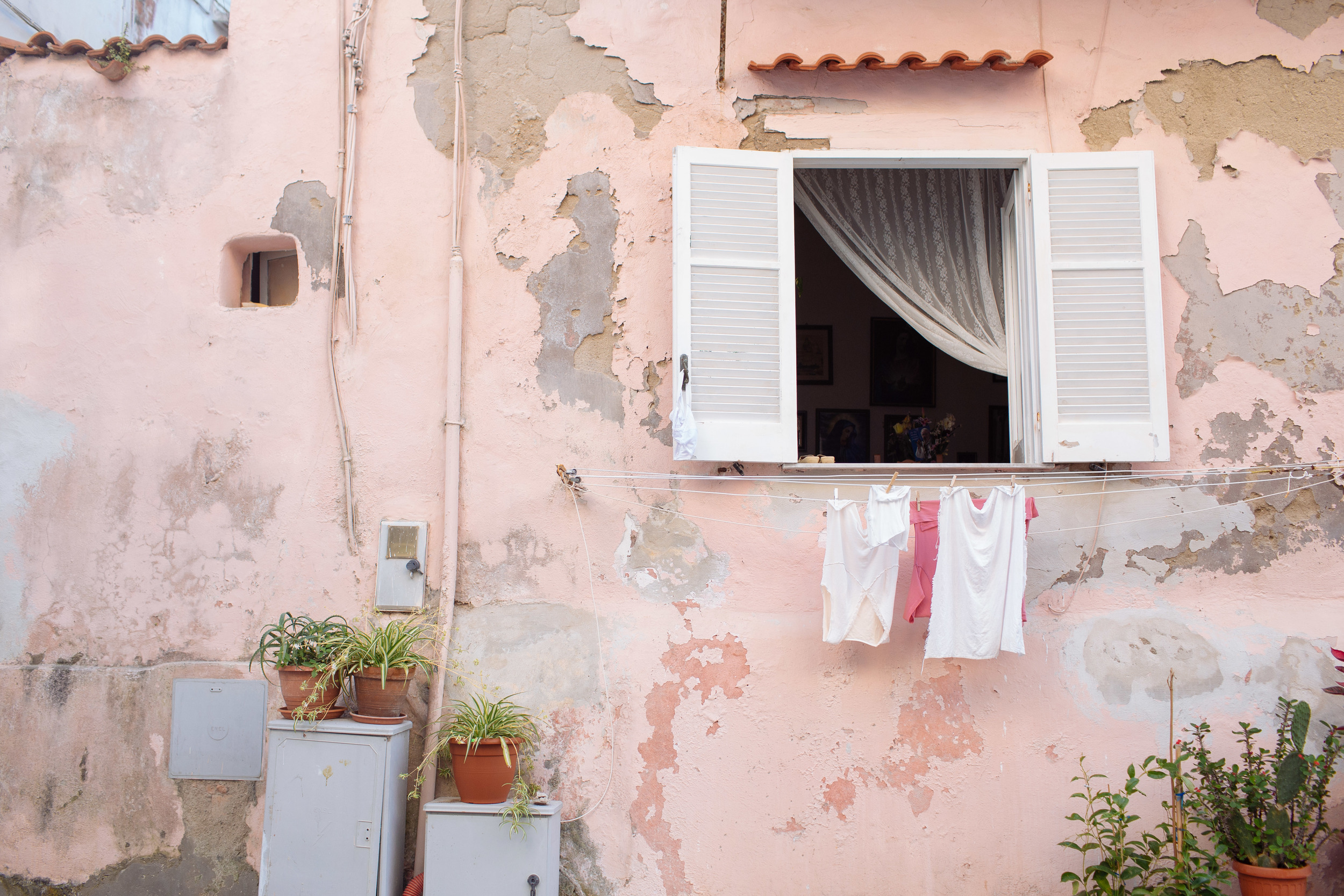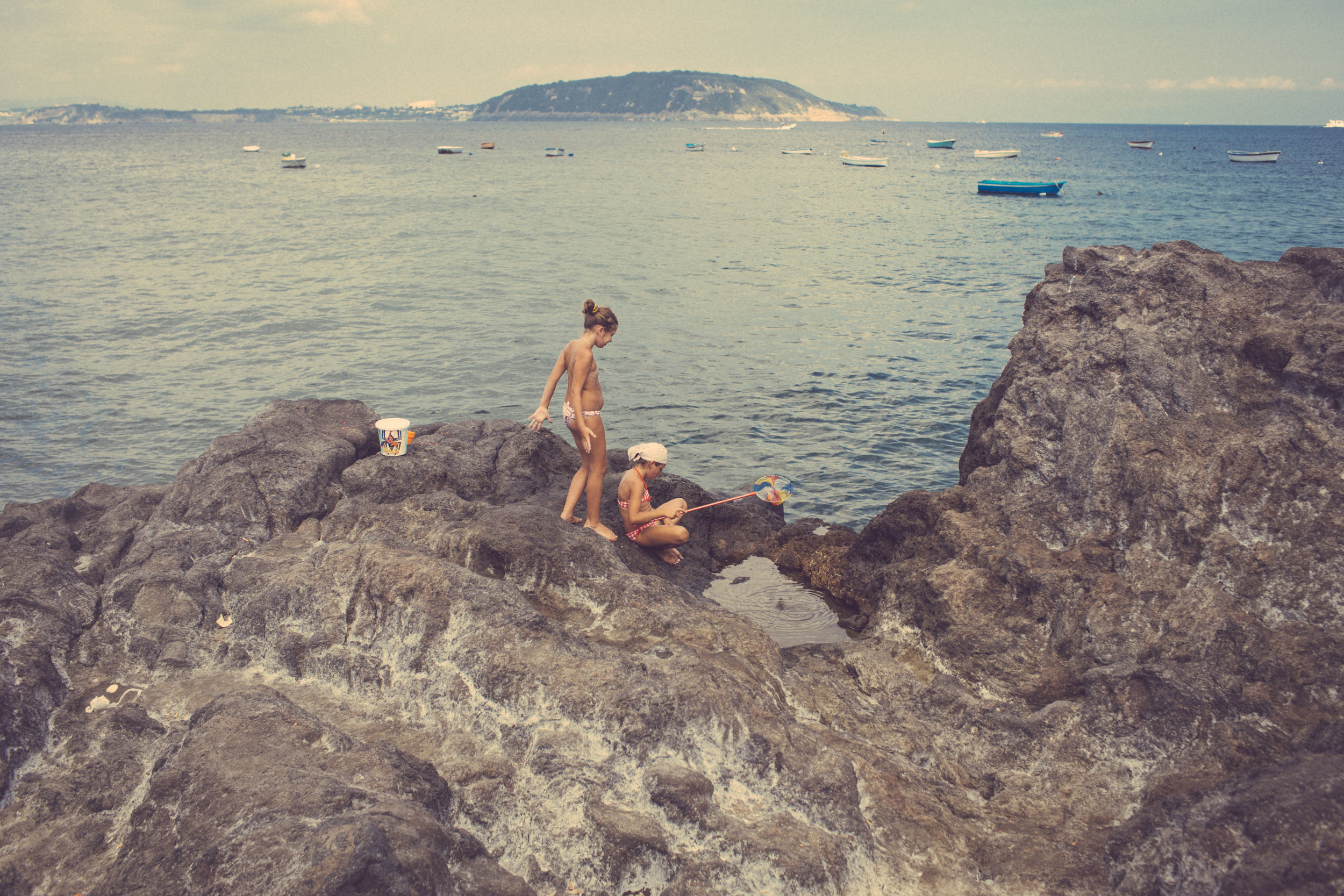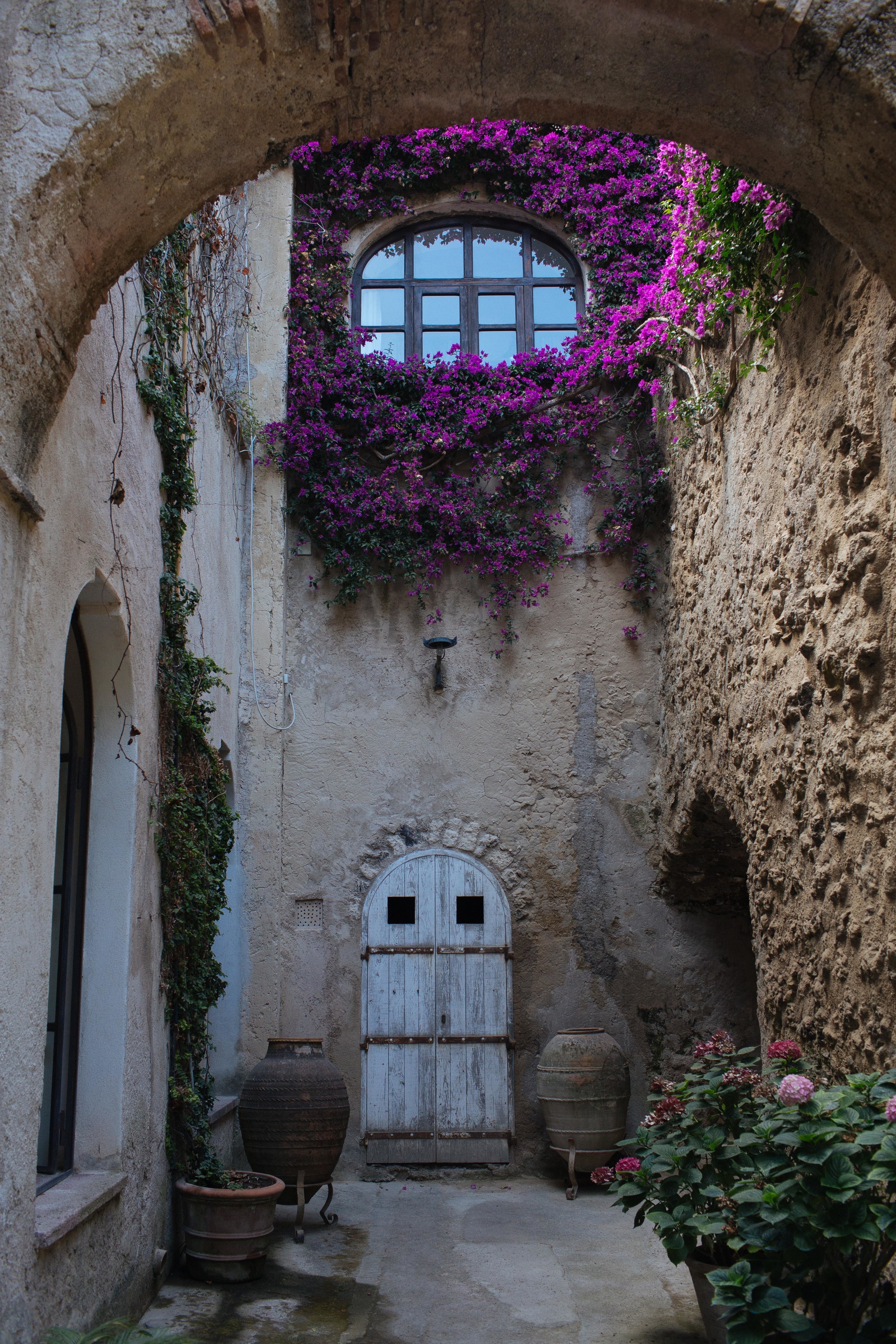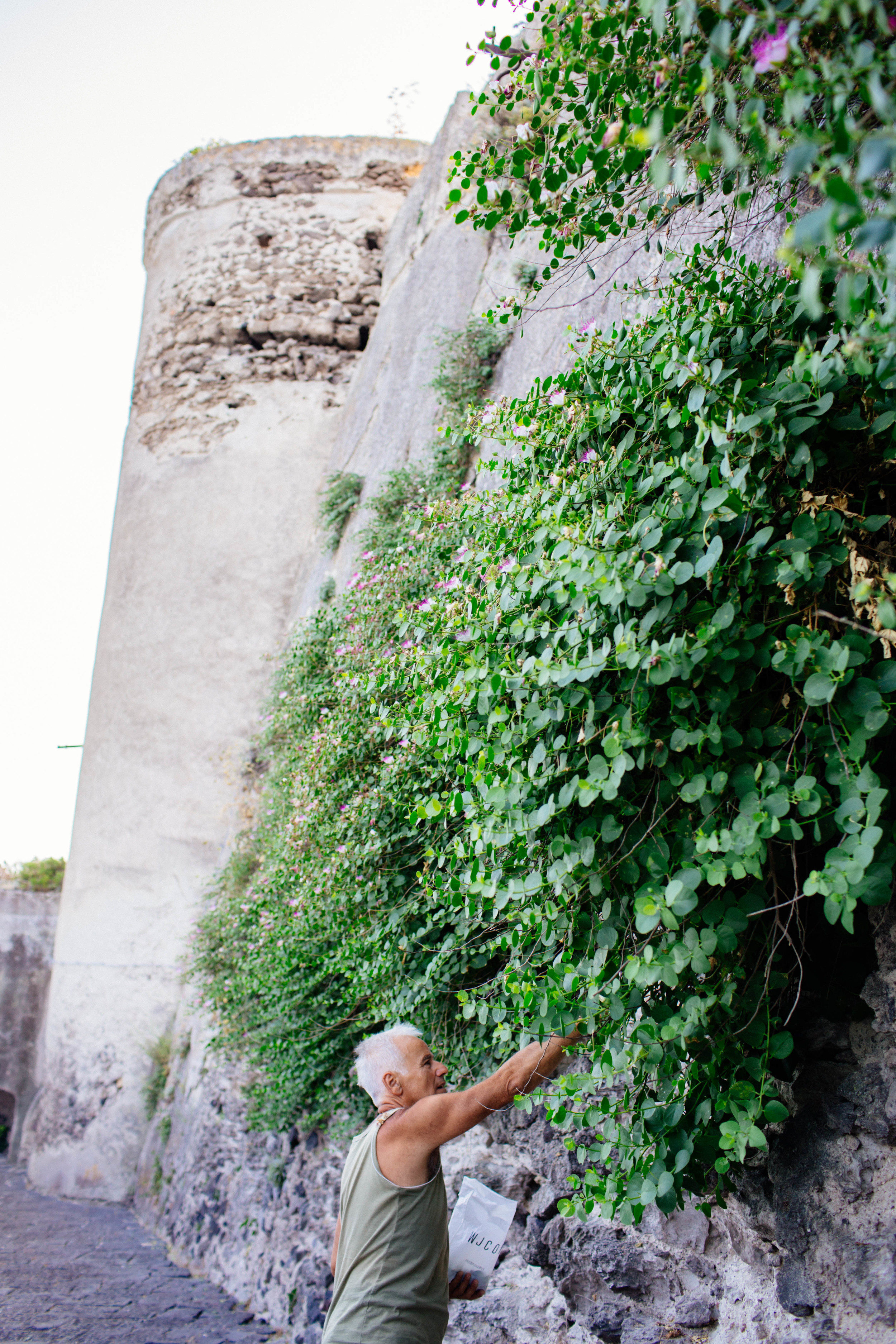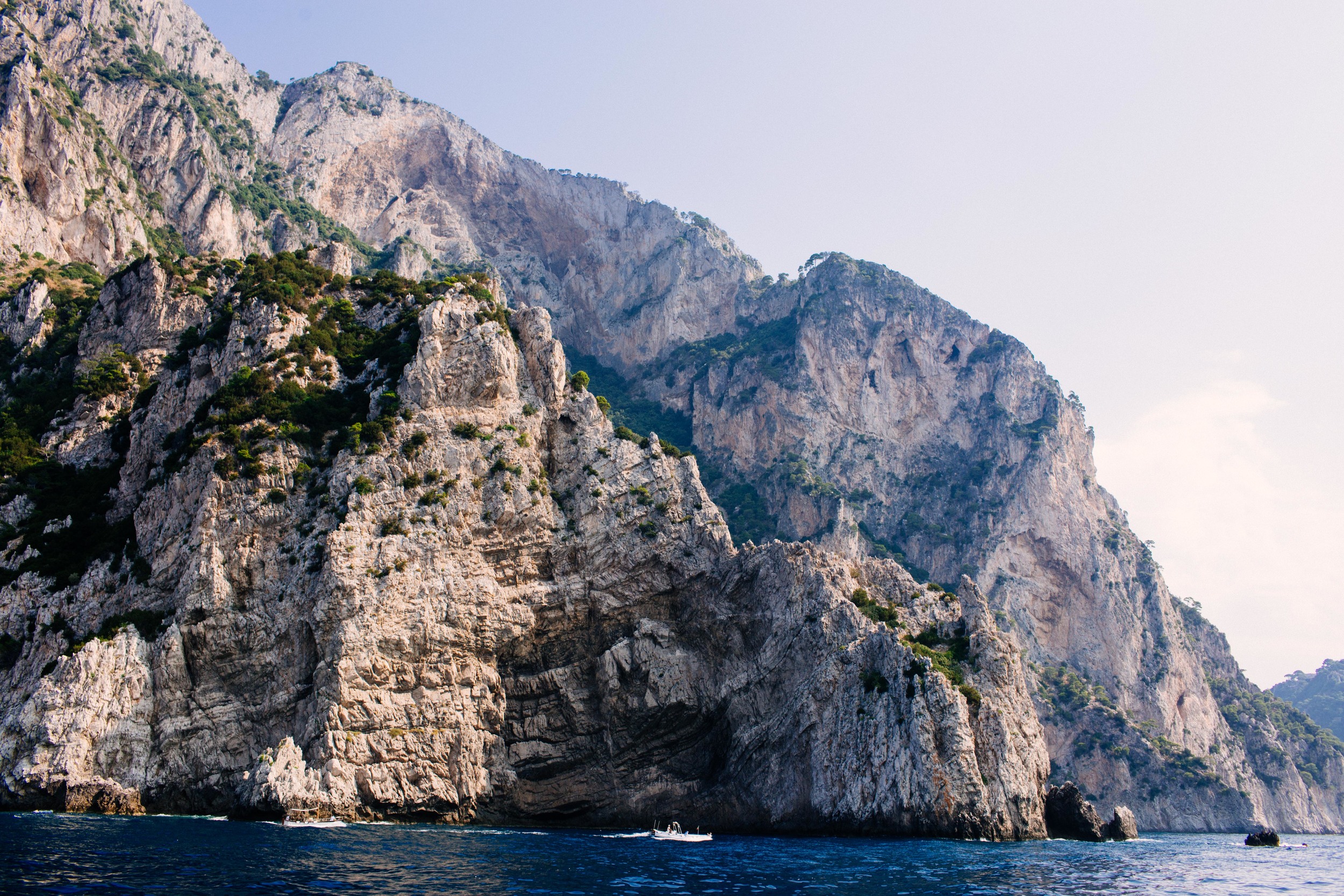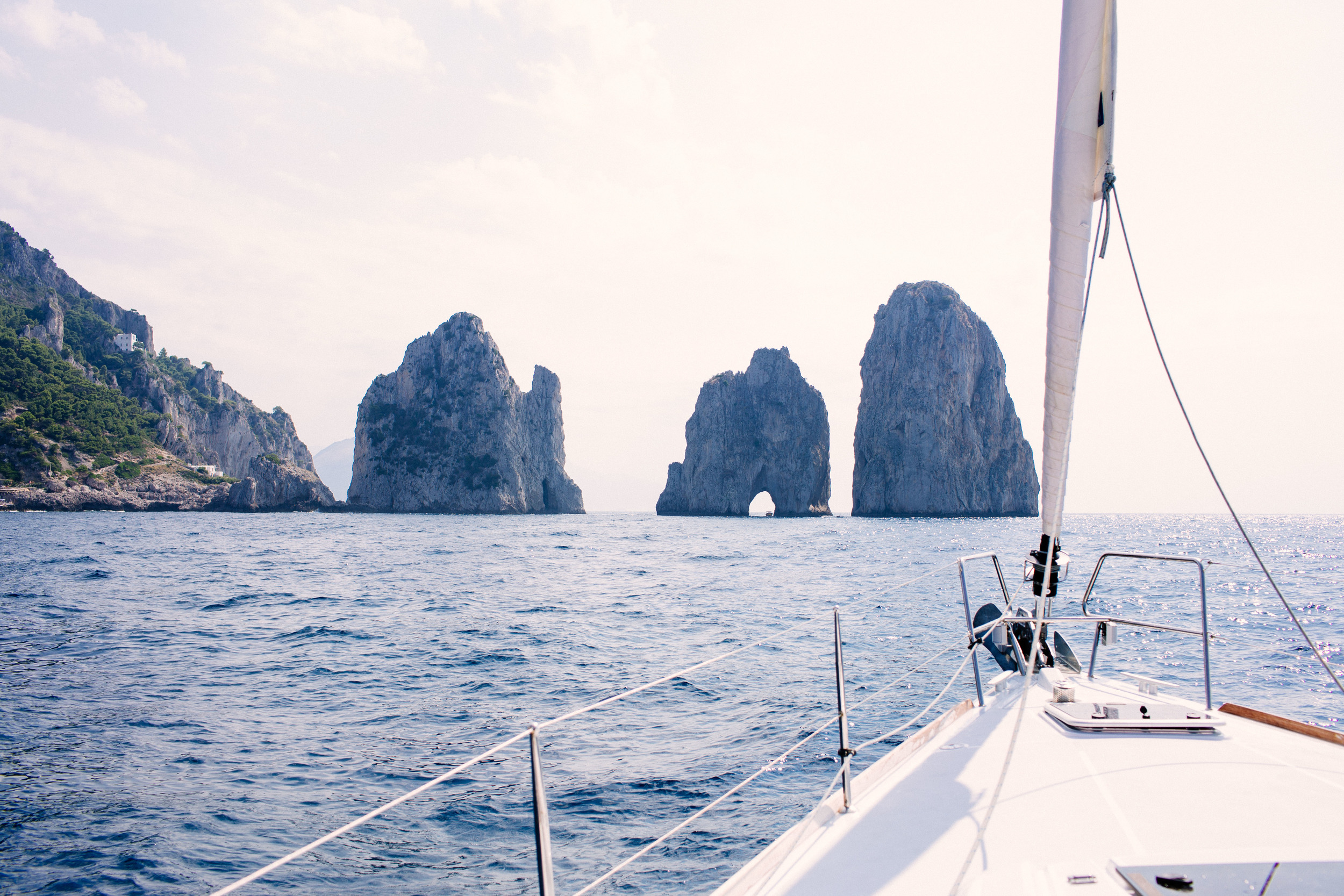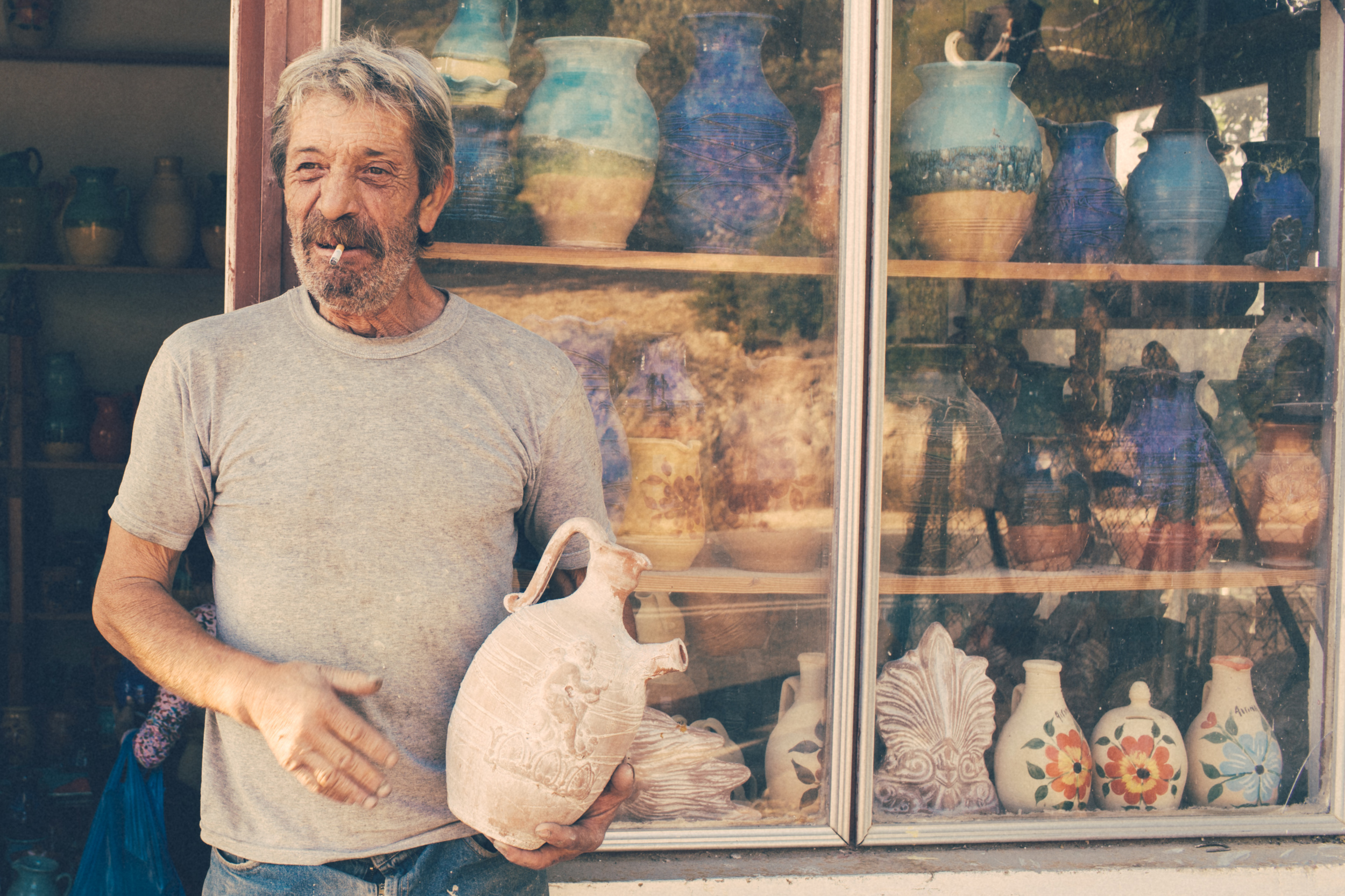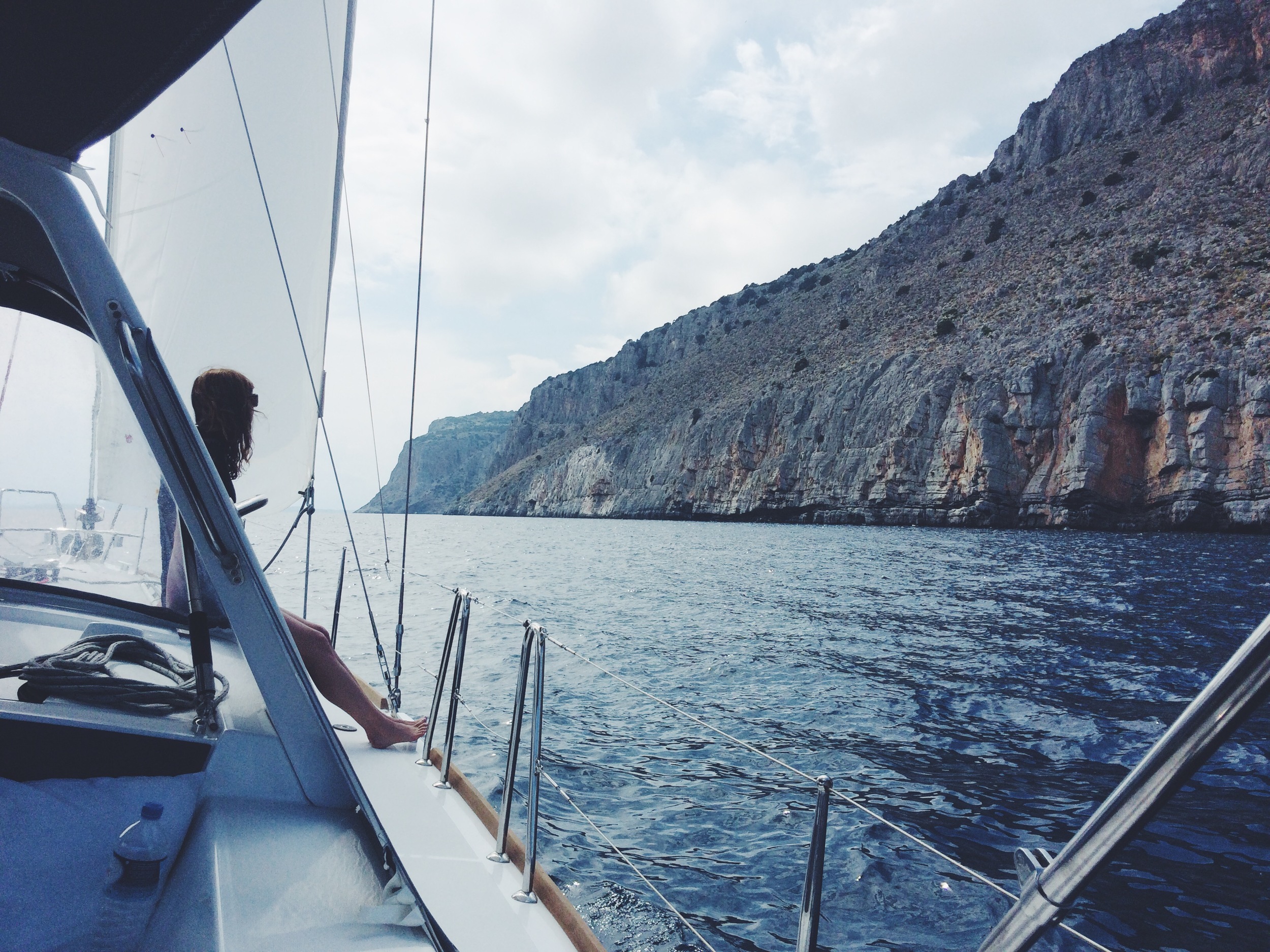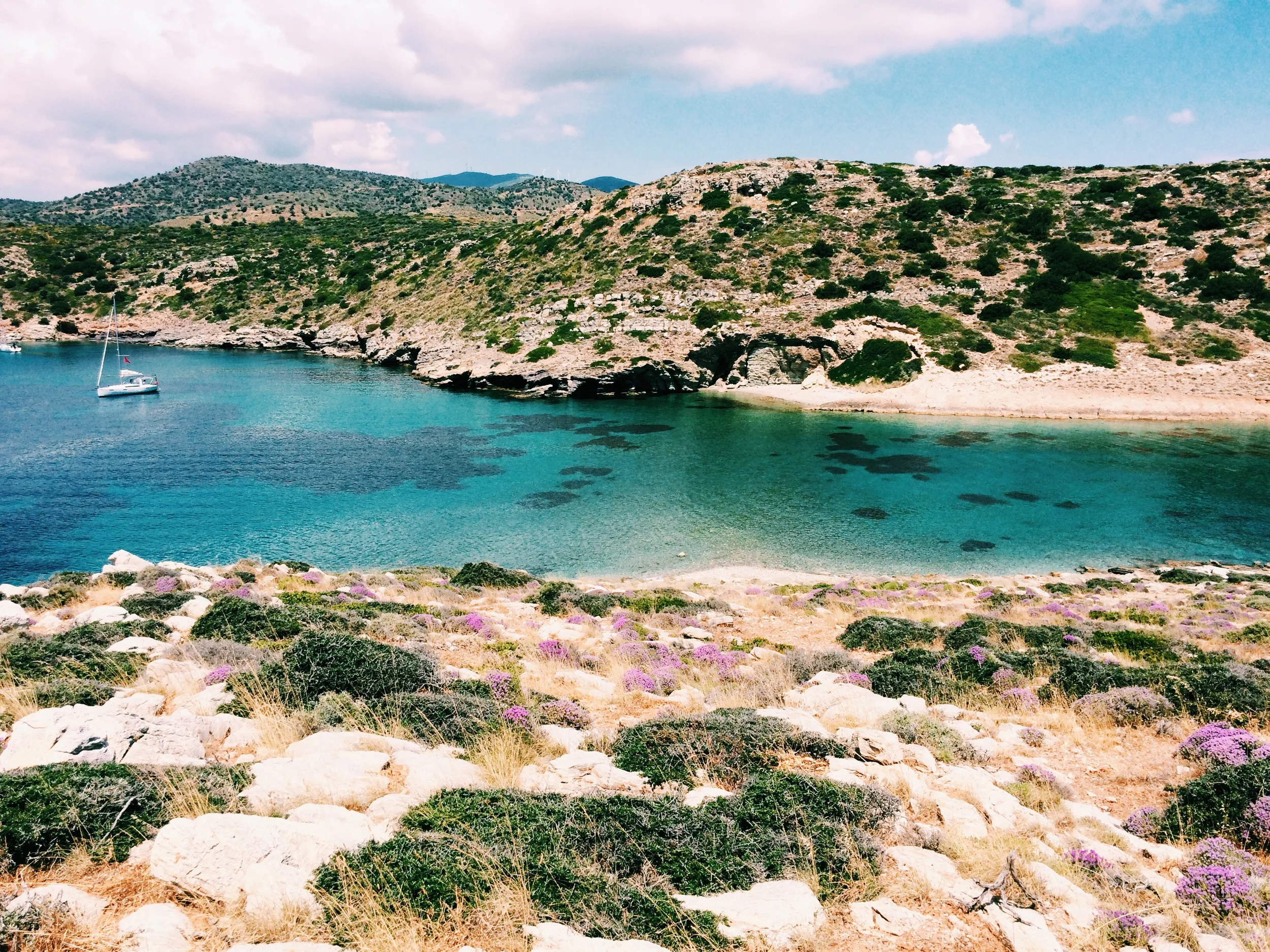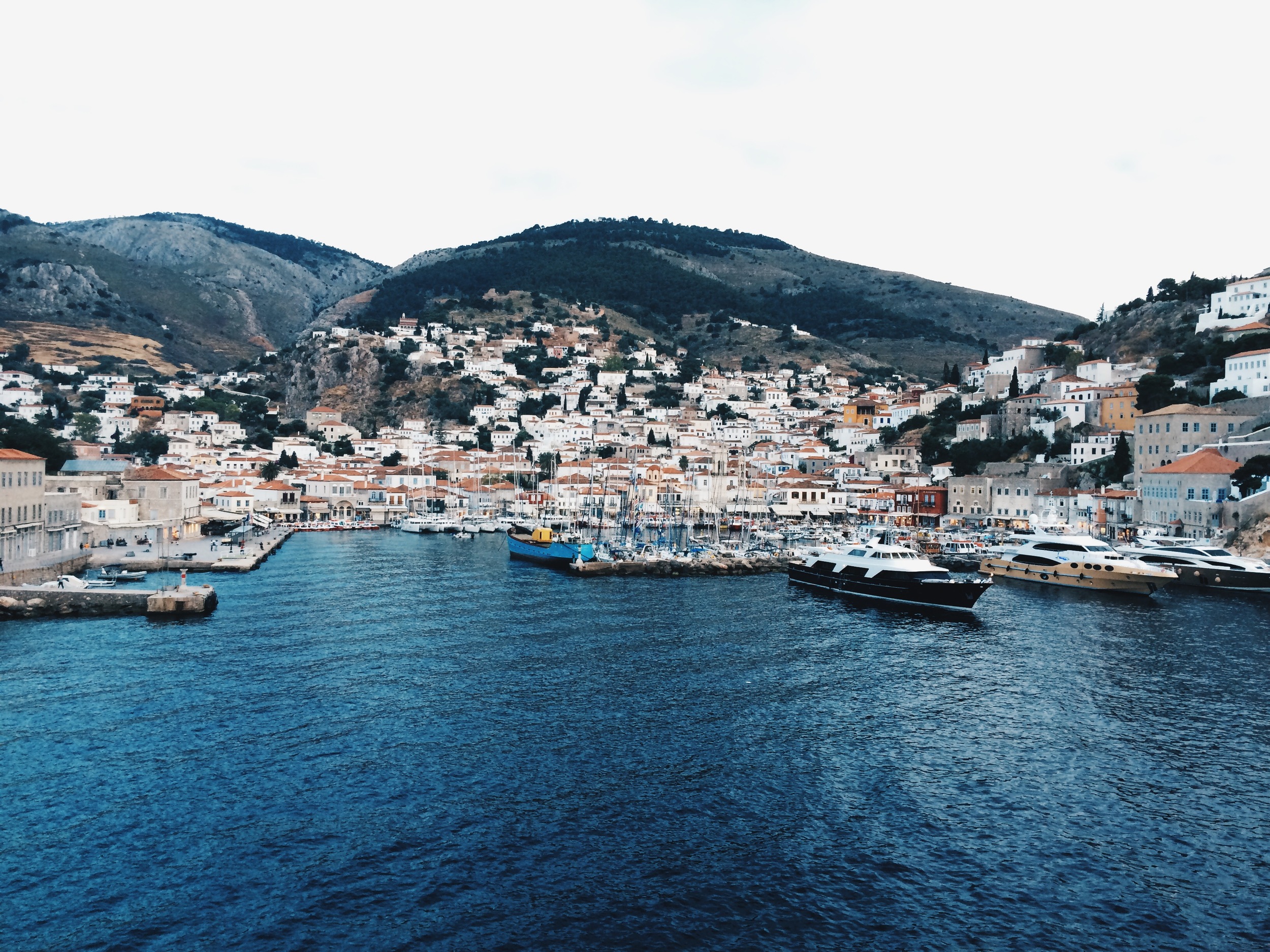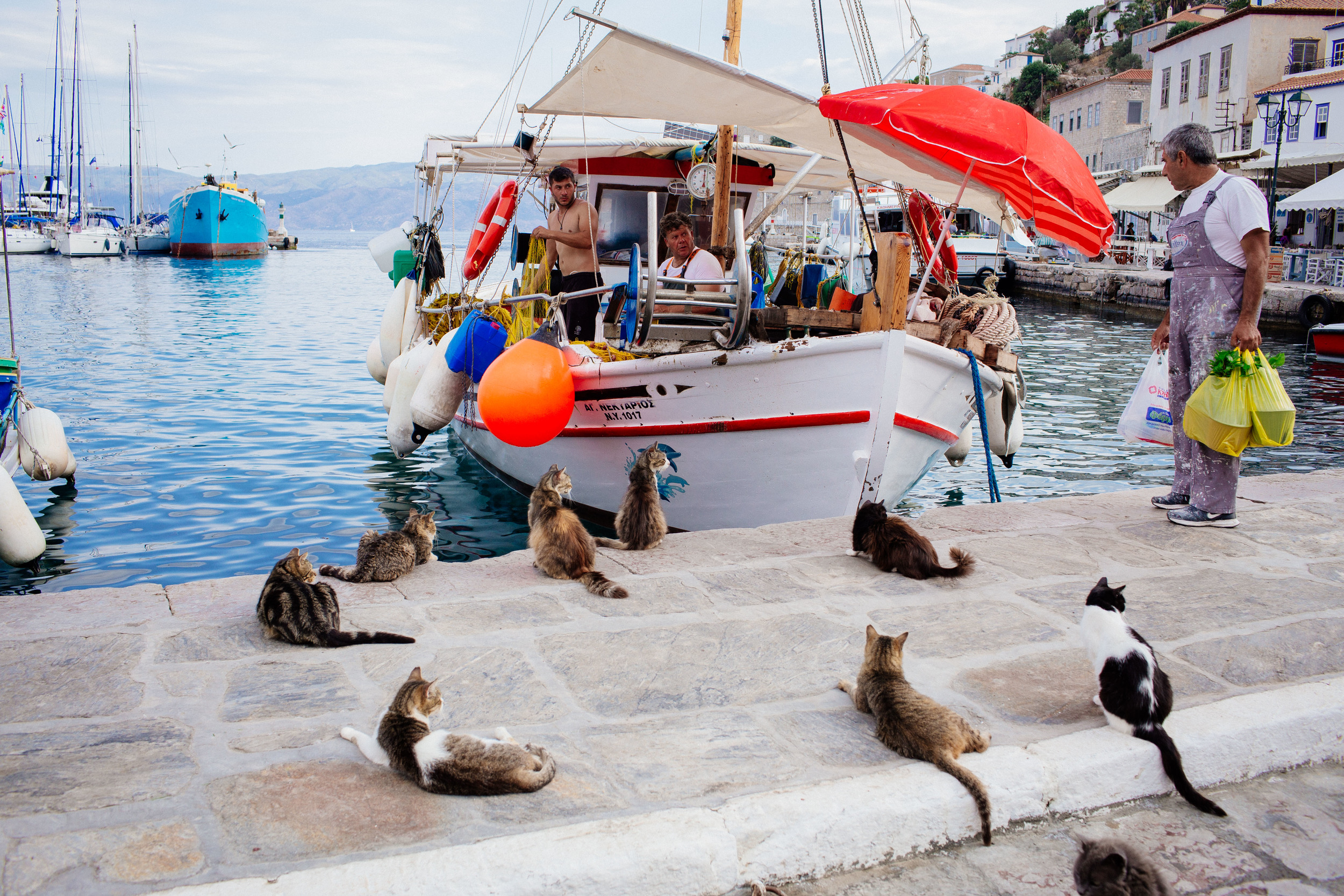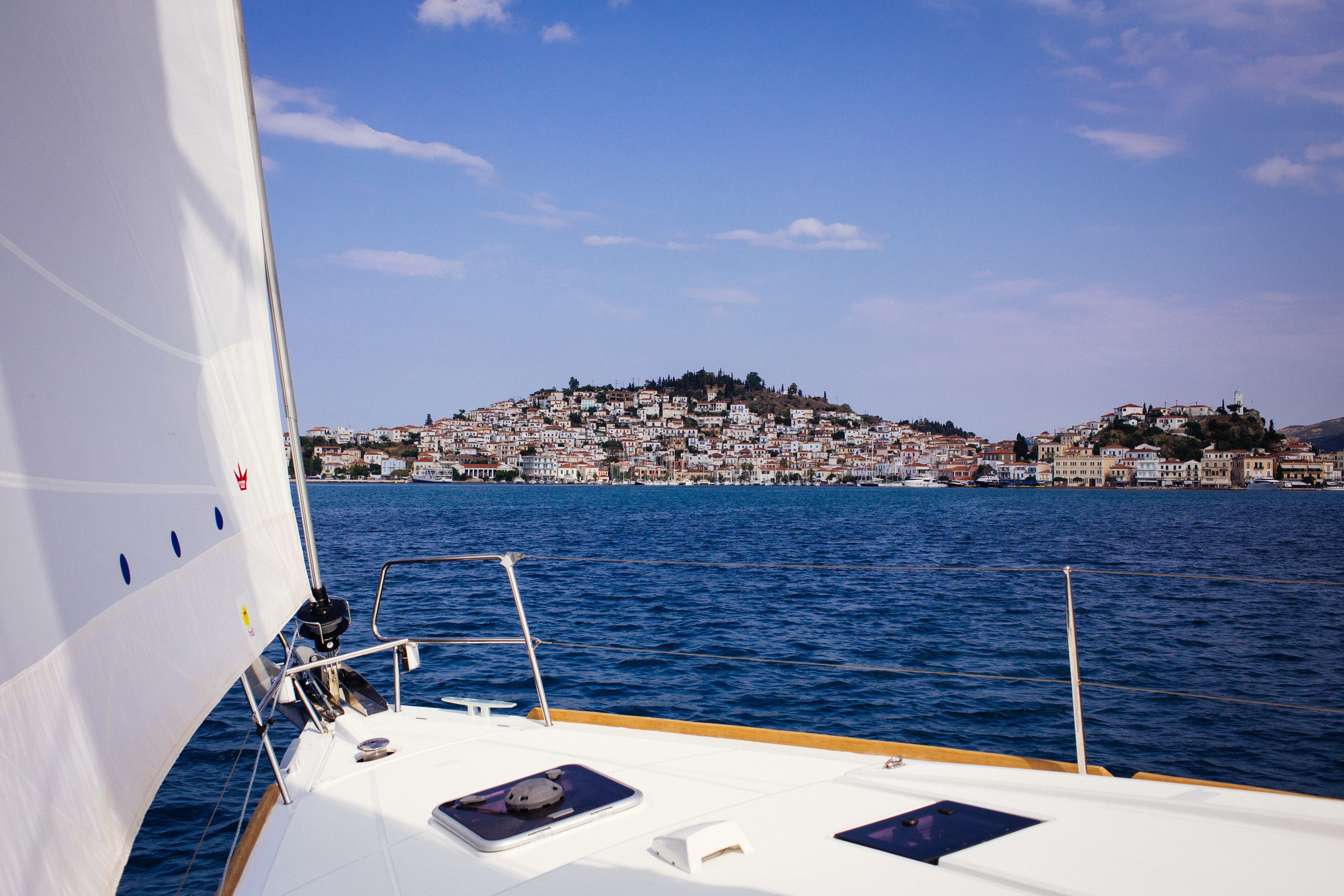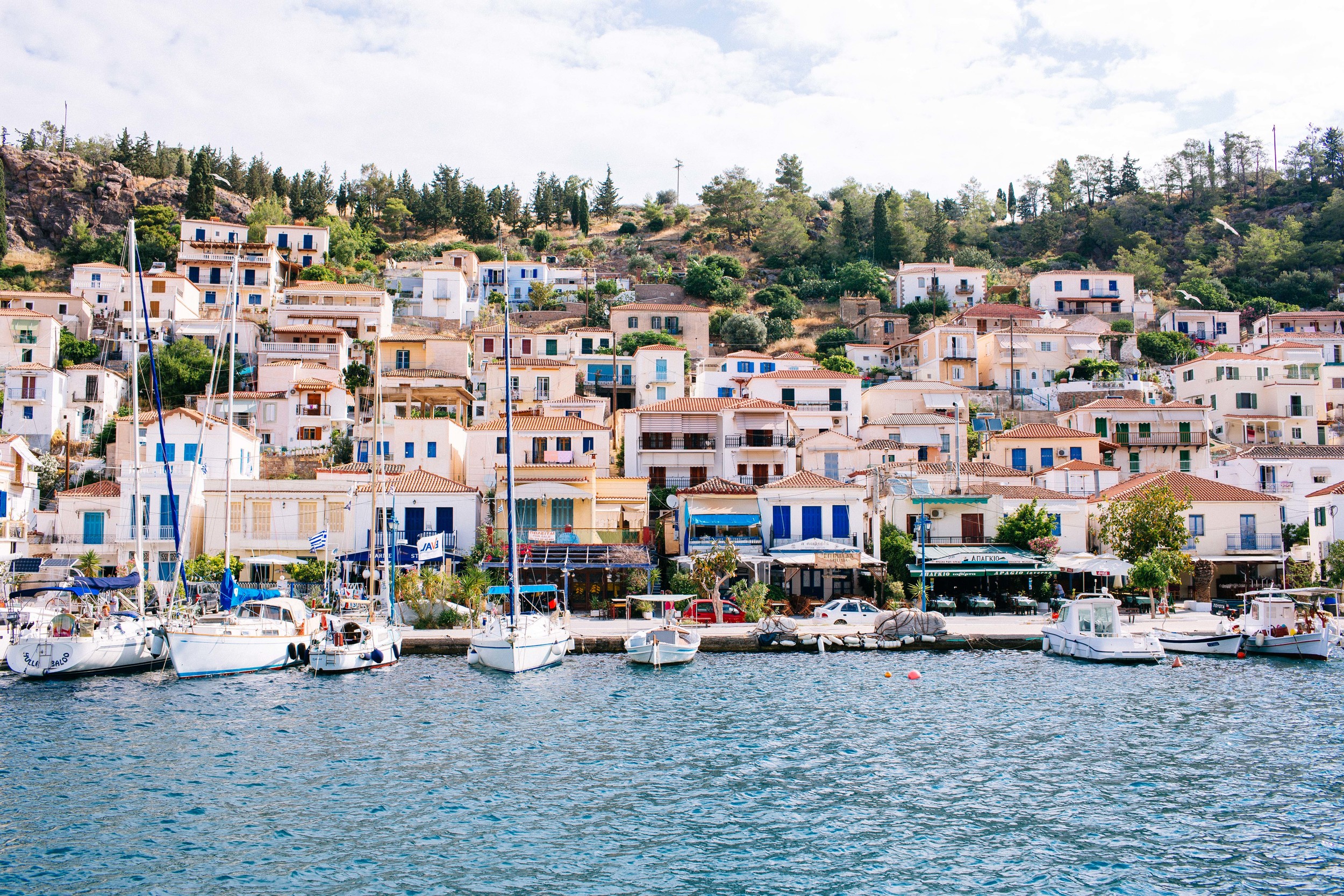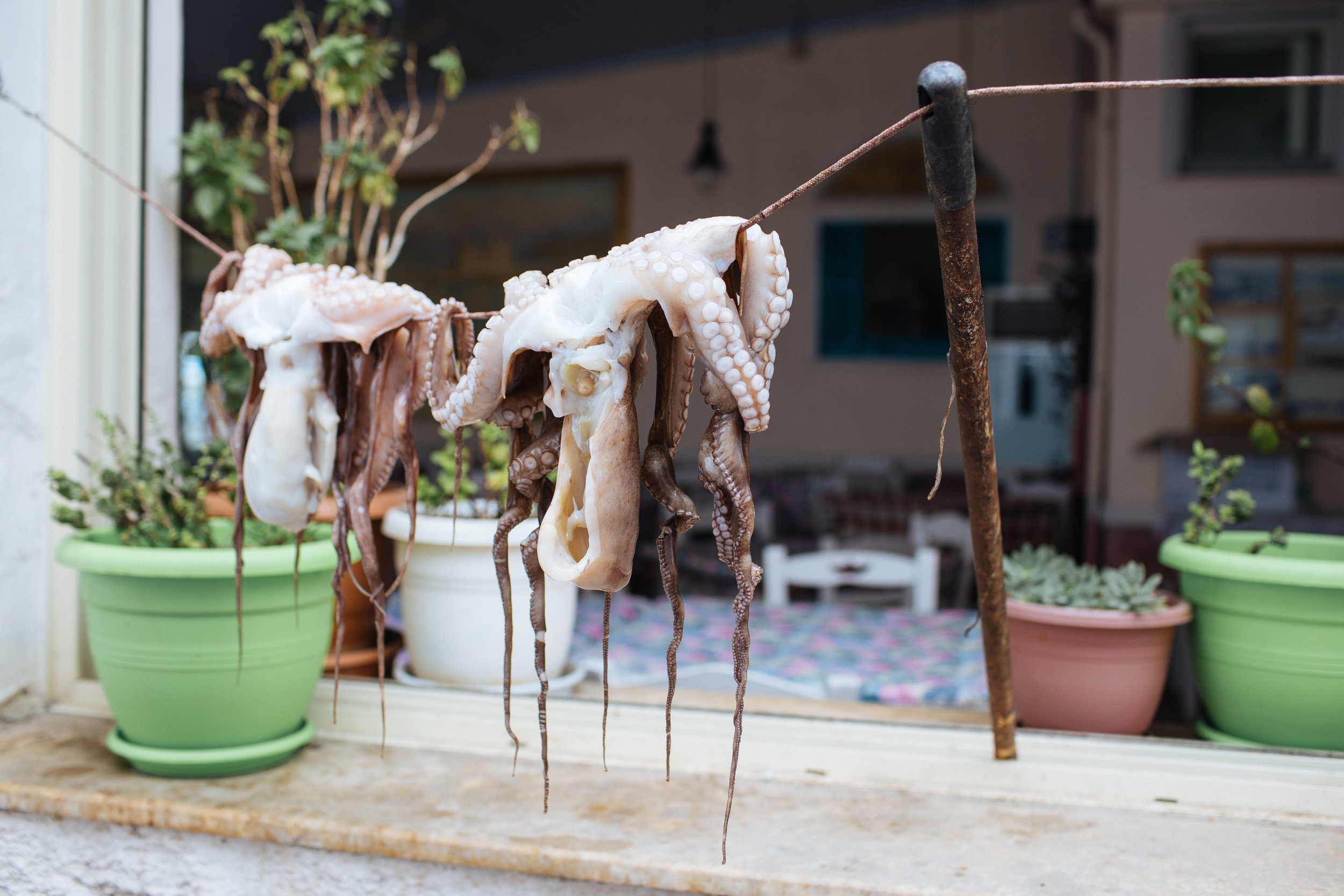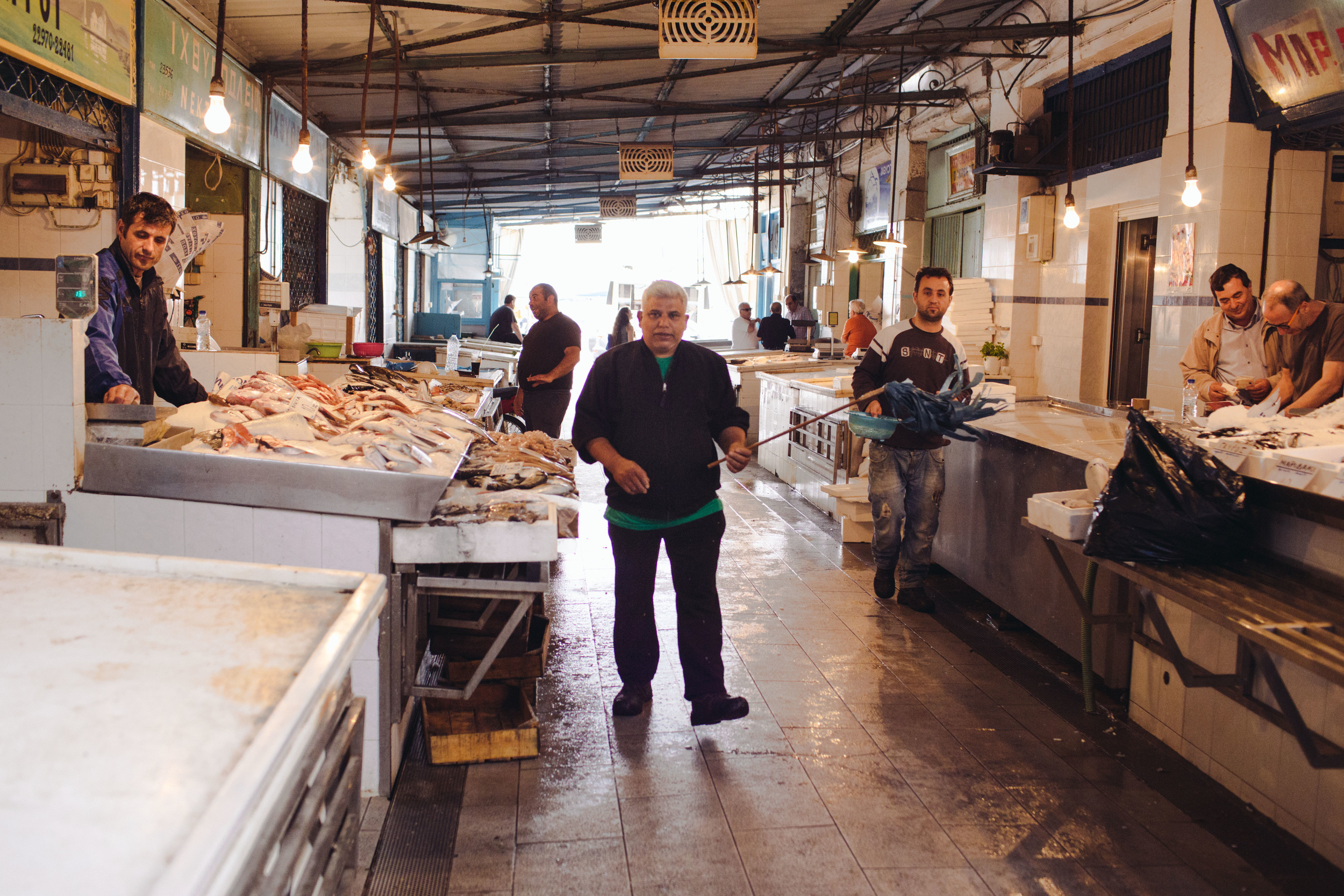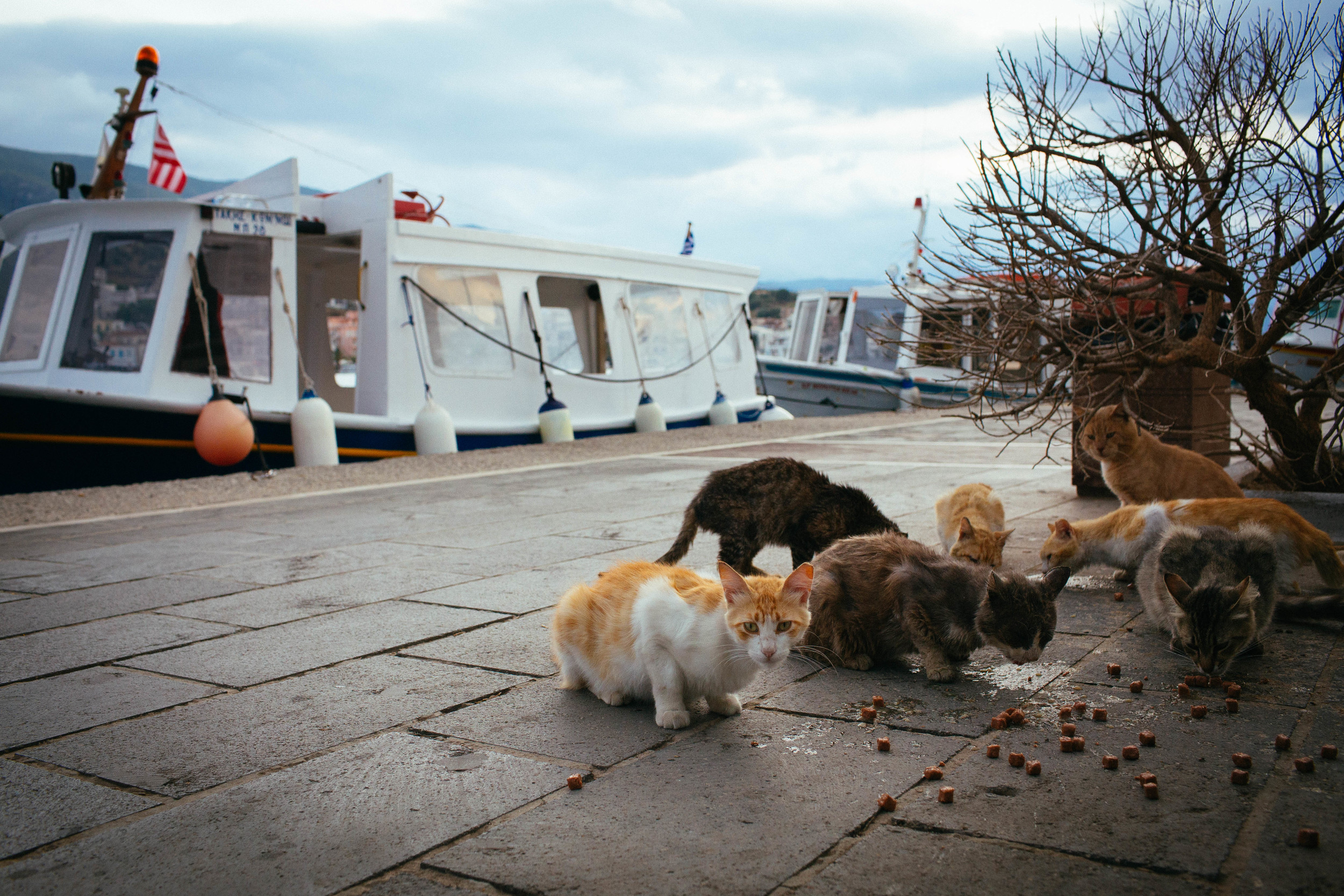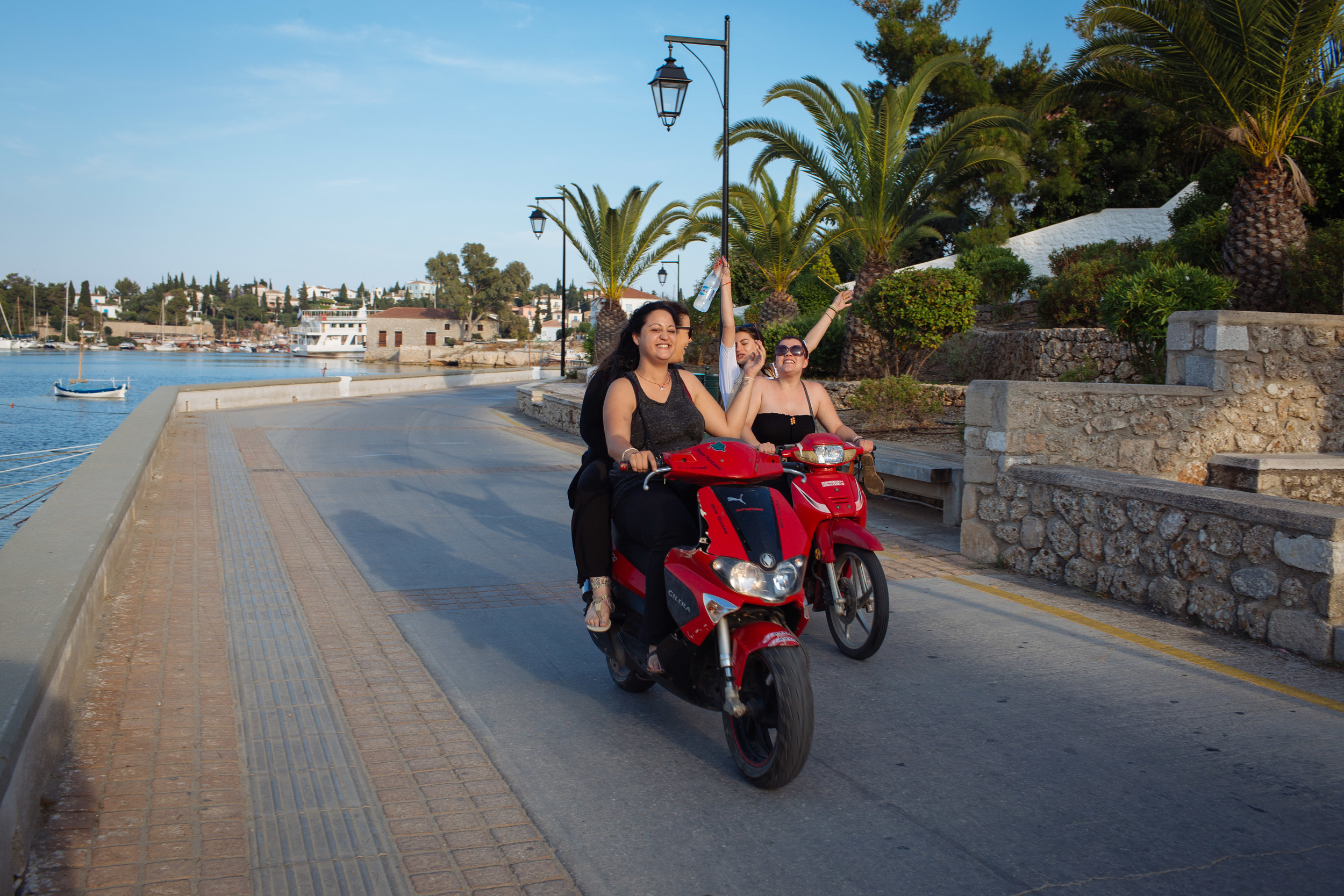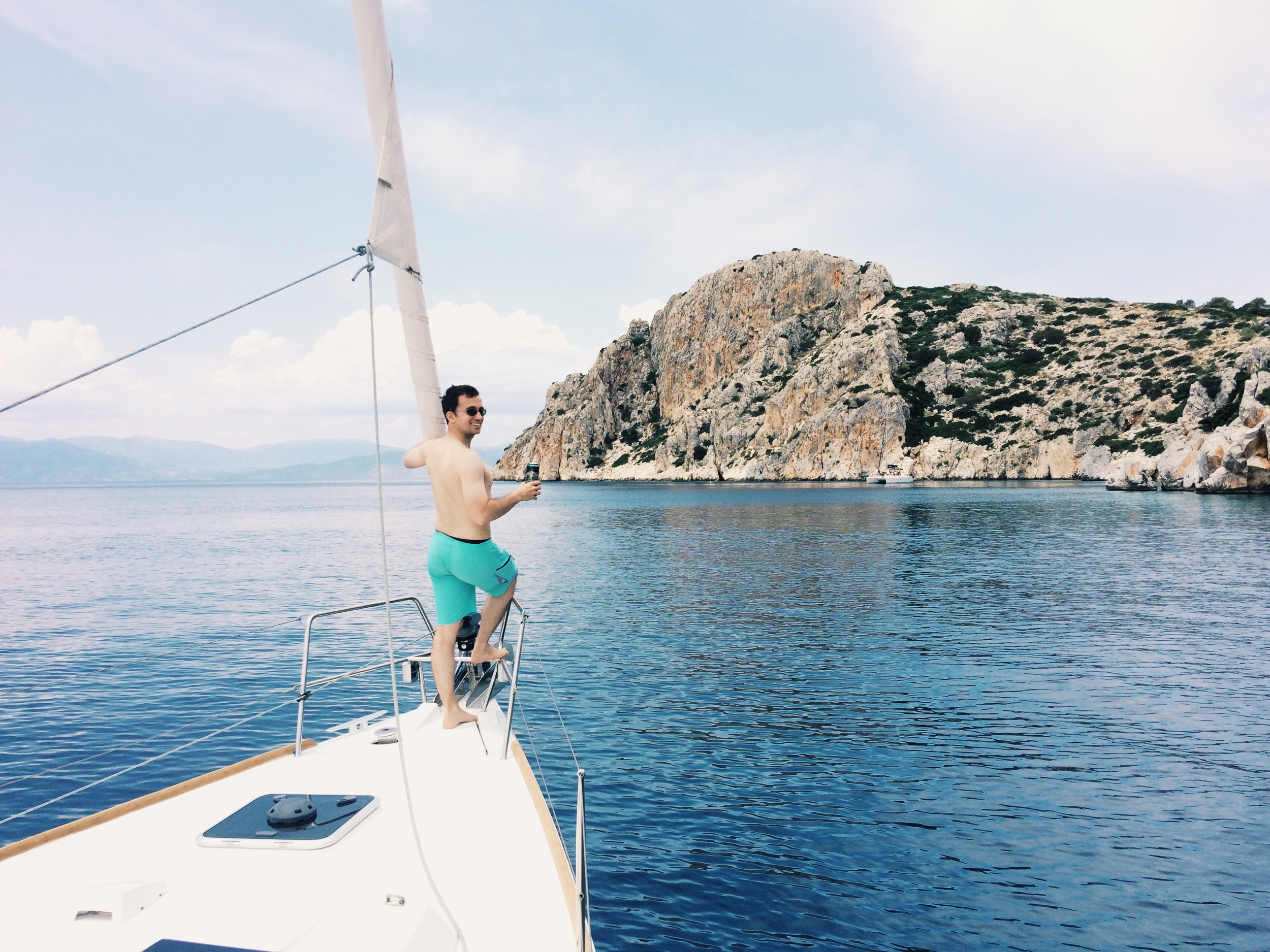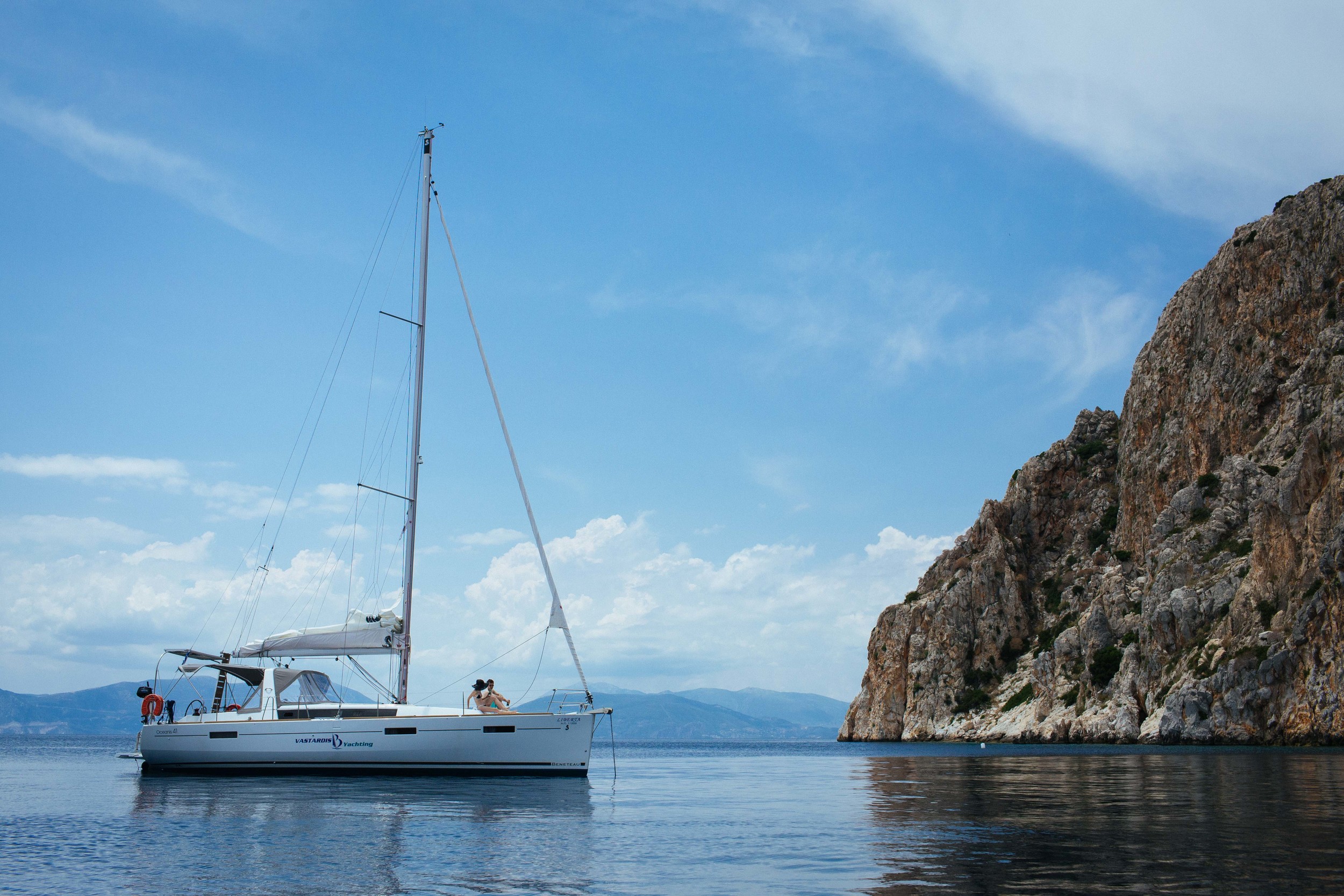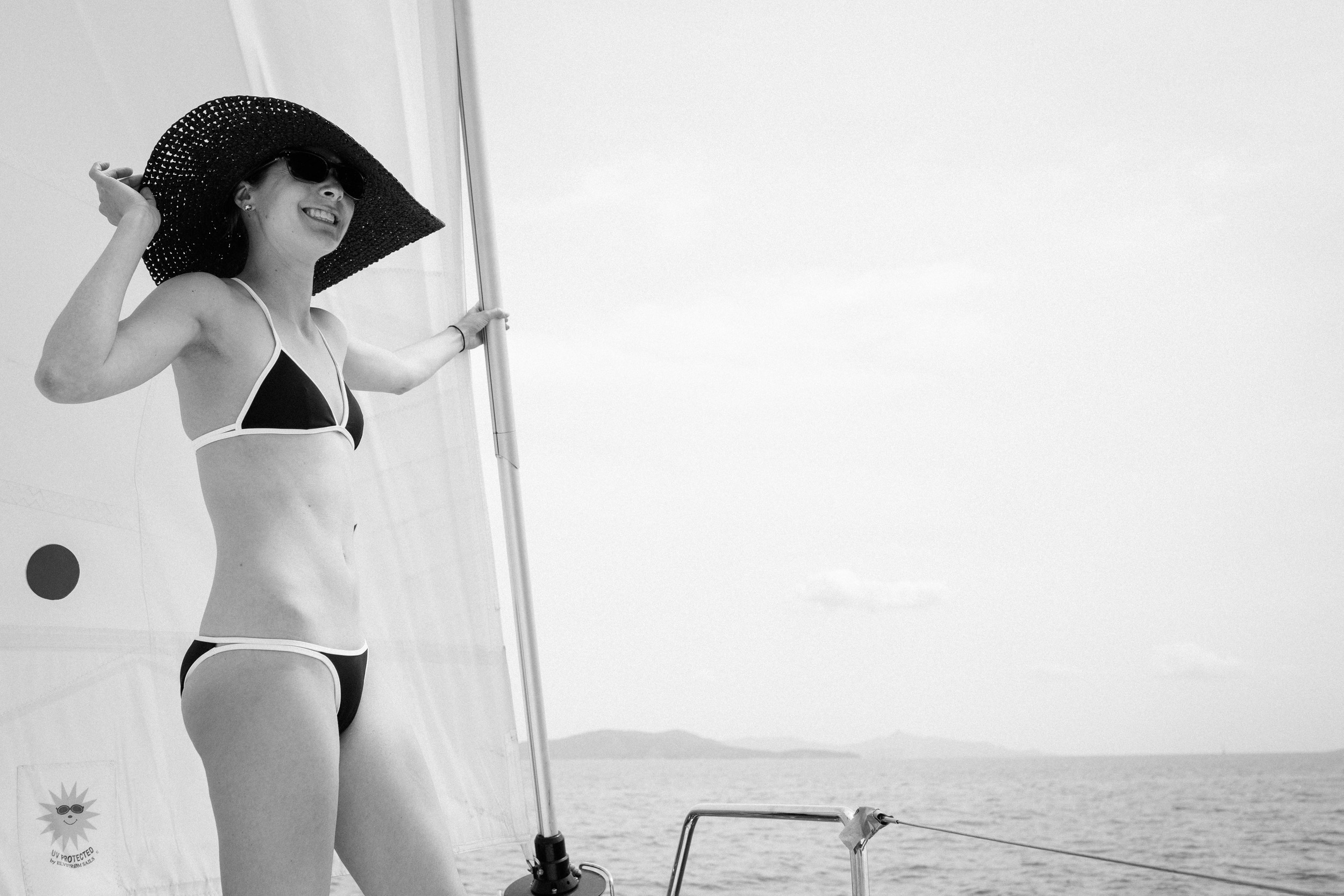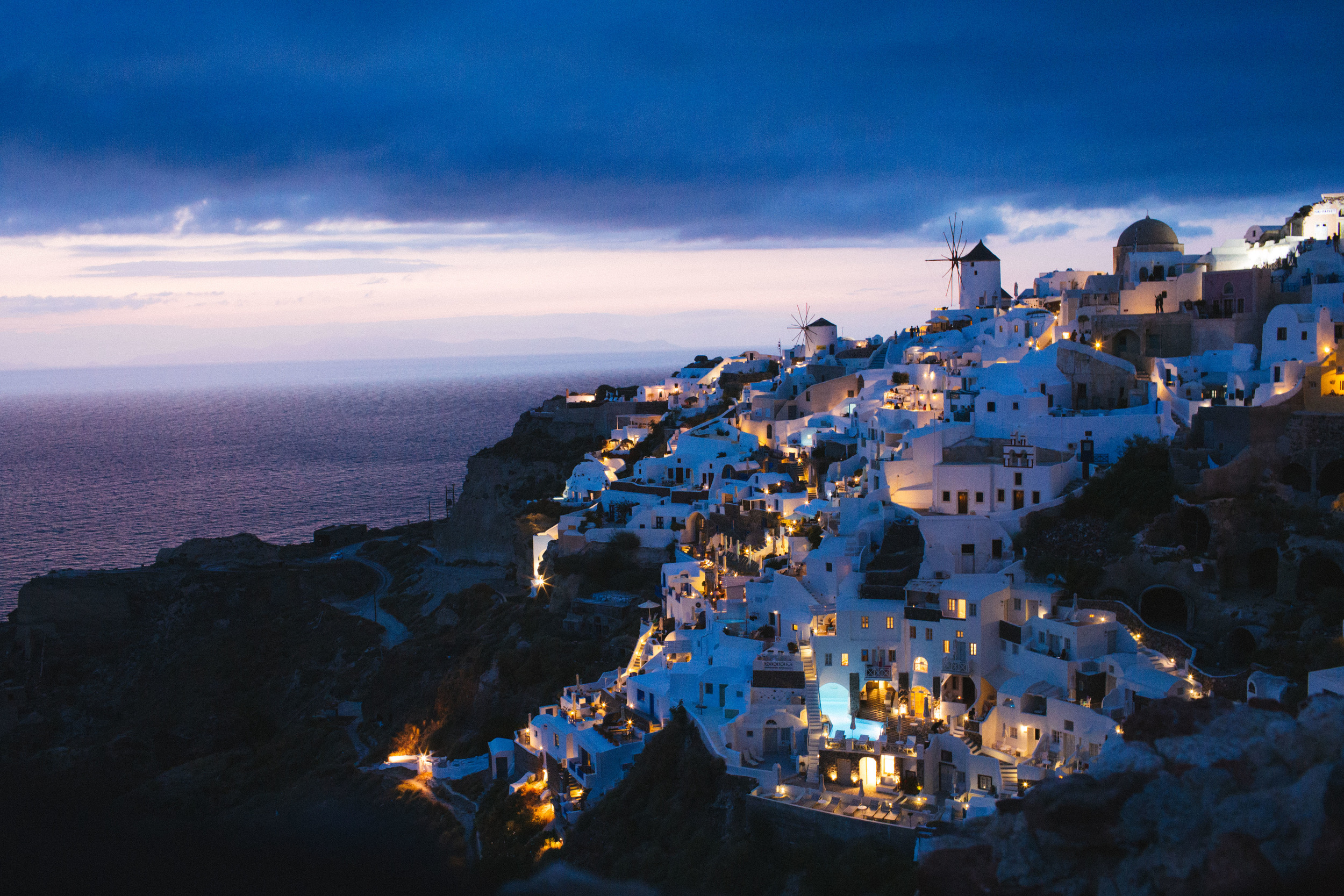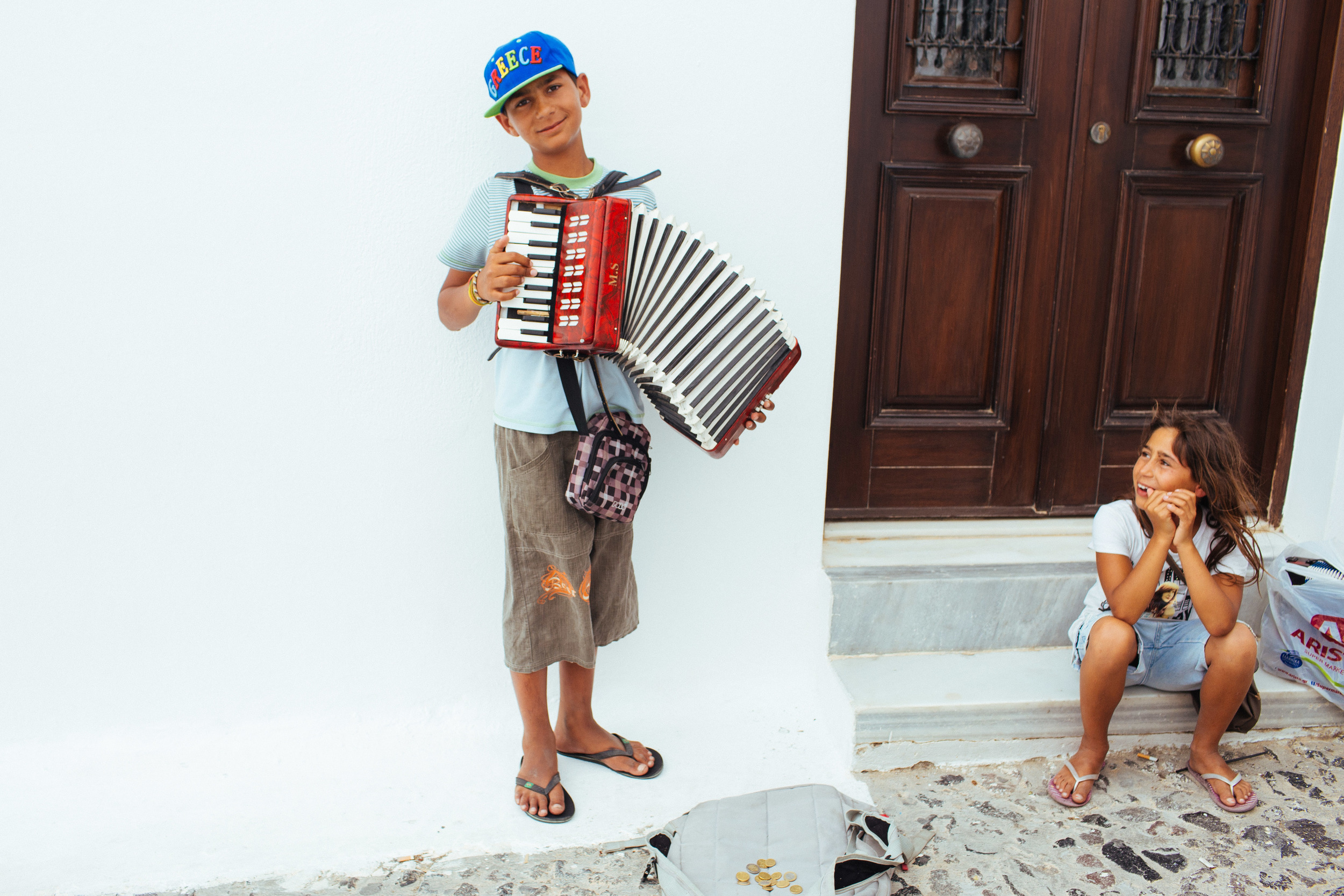***Originally published on the Gourmandly Blog, May 21, 2016.
The fog draped us in a damp embrace in Blind Bay at Shaw Island. Through the opaque cloak of clouds came the morning symphony of marine birds. Wrapped in North Face Gortex and Patagonia fleece, the guests cozied together in the galley around the table cupping mugs of freshly brewed Orcas Island coffee and mint teas. The crumbs of the recently devoured blackberry pie from Whidbey Island Pie Co. still graced the compass-rose inlayed table. Nothing moved outside. Not even the water rippled. We cranked the diesel heater to its max on the Beneteau 50 sailboat sporting a dark mahogany-colored galley and an abstract painting hanging next to the sink, giving the leased vessel a lived-in feel. This was a perfect day to indulge ourselves at the fireside bar and sauna of Rosario Resort just across the channel, so we redirected our course North to the quiet East Sound.
Stretching to the last nautical mile of the Northwest United States border, the San Juan Islands archipelago consists of 128 named islands — plus an additional 400 smaller unnamed islands which serve as platforms for colonies of seals and flocks of birds. Although ensconced in the marine backyard of Seattle, few Seattleites have navigated the more isolated islands that the ferries do not reach. The complex tidal range of this area that is responsible for producing such a lush variety of aquatic wildlife also creates its notoriously strong currents. These currents can reach up to 8 knots in certain areas—enough to stop a sailboat our size from propelling forward if incorrectly timed to the tidal cycle—a deterrence for many less advanced boaters and sailors.
This is where Paul learned to sail. It’s where he scattered the ashes of his grandfather. Where he learned the best place to drop a crab pot and how to break their shells open on the side of the hull. Where he raced dinghies with his two older brothers. Where I first learned how to cook in a rocking galley, and bake salmon on cedar planks. Where I collected wild lavender for a bouquet, and poked my fingers into the yellow anemones and purple starfish of the shallow tide pools like a child. Where, sitting in the rain in my kayak, I witnessed my first Orca whale up-close and eye level. And where we first vacationed together, touring around the islands three summers ago on the quaint sailboat Paul had eccentrically repurposed—him at the helm, me in the galley cooking the rock crab we had just caught. It’s where our summer romance flourished into a relationship. Now, the stakes were higher. Our passion had become our profession, hosting guests onboard for a customized charter, eager to show them all the places we had come to cherish—Shallow Bay at Sucia island with its sculptured sandstone, Matia Island with its nature reserve teeming with birds, and Stuart Island with a hike that takes you past old barns and pine trees to Turn Point Lighthouse.
Our guests hailed from every direction: Oregon, California (by way of Thailand), Iowa, and Calgary. Except for one pair of friends—doctors dedicated to spending their retirement traveling the world—no one previously had known each other. One worked in theater; another in engineering. Some had never before experienced sailing. They had all arrived for a week-long summer sailing adventure that was a change from the usual sailing destinations of the Caribbean or Mediterranean. This would not be a boat trip over turquoise blue water to a rainbow beach bar. No, this would be a color palette celebrating both heather grey and crystal skies, evergreen branches, and so many vast shades of sapphire blue water.
The flip-up table on the aft deck became the centerpiece of our trip, where we spent much of our time congregated around our outdoor dining room. In the warmer rose-blushed evenings, we gathered around a feast of local spot prawns cooked in garlic and white wine that previously had journeyed with us, alive, in a bucket tied to the swim platform as we sailed from Friday Harbor. In the cooler afternoons, the table hosted rounds of Bananagrams with flights of different beers, wines, and ciders made locally in Washington State. It hosted broken off chunks of tender white Dungeness crab cooked in ocean water that Paul’s father had caught for us that morning, from a specific drop location off one of the fingers of Sucia’s Echo Bay where we had anchored. The table hosted whole coral-colored Sockeye salmon flaked from a cedar plank covered in summer leeks. It hosted the leftover droplets of truffle oil drizzled on heirloom tomatoes in all their multicolored brilliance.
I wanted to share with the guests the foods I grew up with, unmasked: lightly flavored and served whole. Food that I only ate and served in the summer because that is when it came to life. Each island we visited brought a new bounty specific to the San Juans. This tour through the culinary vastness of the Pacific Northwest showcased what is most important to me about my home.
We drifted quietly through narrow inlets, past the skeletons of trees topped with bald eagles. We rode the tides across the straits. We sat in the soft sand. We wove through forests of Madronas that stretched out from the perimeters of the islands. We crawled across the wind-cratered sandstone rocks. We clinked ruby glasses of wine to a brilliant sunset. We swung on an abandoned, lopsided wooden swing on our hike through Stuart Island. We peacefully read books on the bow. We polar-bear plunged off the stern. We watched blue herons glide silently over the water at dusk. Occasionally the nose of a seal popped up on our stern, following us like a curious dog. We strolled silently under the filtered sunlight of old-growth forests awash in moss green and blankets of ferns. At night, we scrubbed our dishes in the ocean to see our forks turn to wands creating bubbles of bioluminescence.
The final day, we awoke to the sun’s gentle warmth as the weather returned to its typical celebrated summer climate. When the sun shines on the San Juans, the whole place sparkles. Its light glittered on our wake as we sailed back to Anacortes crossing through Rosario Strait. The guests took turns at the helm, navigating our boat through the Northwest winds that blow through the strait. On our final and last sail, a herd of porpoises danced in the distance—a final farewell to the islands teeming with wildlife.
It became a perfect vacation, not for its exoticism or snapshot moments, but for its sense of community. The true breadth of what a vacation means in regards to a boating adventure changed. We became a fluid crew, working together to trim the sails, coil the lines, tidy the galley, and batten down the hatches when needed. We all loved who we traveled with as much as the location we traveled in. We valued seeing how something was created more than just the final product’s presentation. And we appreciated the relevance of a particular flavor to its birthplace, not just the dish itself.
Any Pacific Northwestern will gush over their glimmering summers that make up for all their long, lethargic, waterlogged winters. Summers made of long days that stretch into stunning sunsets that reflect onto the water, and endless outdoor activities. But we discovered that what most made this journey special, was the crew we became onboard. That is why the memory that lingers most is the pleasure of that foggy morning, simply sitting amongst a warm group of people, in a warm cabin, with a warm cup of coffee.
